Delhi: Looking for the famous Culture Shock in India (56)
And suddenly it's India
After 3.5 months in Central Asia it was time for us to move on, because it was getting cold in Uzbekistan and we felt ready for a new culture. Initially, we planned to travel from Central Asia via China and the famous Karakorum Highway to Pakistan and then only briefly scratch the surface of India while cycling through the northwest to Nepal. But the border to China remained closed and since the north of Pakistan is too cold in winter, we decided to reschedule everything and to spend more time in India, then why should we suddenly rush and trying to get to Southeast Asia as fast as possible? After all, we could have flown directly from Tashkent to Bangkok and continued our journey there. Even though we discussed this option, it quickly became clear that this wouldn’t feel right for us as we’ve taken a lot of time in Turkey, the Caucasus and Iran and now we would like to continue this way of slow traveling and immerse ourselves in the different cultures. And to be honest, there is no other way to truly experience India than getting completely involved as this country with its over 1.4 billion inhabitants is surely going to touch all your senses with its daily madness. The second most populous country on earth, the land of 330 Million gods and goddesses, of holy cows, of constant honking and noise, where Karma counts and arranged marriages and the caste system still have their firm place in society. Incredible India is where our next travel chapter should begin and we’ll get to experience the complete opposite of the quiet streets and remote landscapes of Central Asia. Let’s do this.
The Indian subcontinent is huge and combines so many different facets, from the high Himalayan mountains and Buddhist monasteries of Ladakh, to the tea plantations of Darjeeling, the urban IT centers such as Bangalore, the majestic forts and deserts of Rajasthan, the colorful temple towns of southern India, to tropical Kerala with its relaxed backwaters and the beaches of Goa. And then there is the culturally very interesting northeast of India, the Jain temples and salt deserts of Gujarat, the spiritual city of Varanasi on the Ganges, the unknown island world of the Lakkadives and so on...It’s obvious, one lifetime isn’t enough to see it all and certainly not our visa.
Although we’ve applied for a one-year multiple entry visa for India thanks to our exchange passports in Switzerland, we’re only allowed to stay in the country for 90 days at a time. With this short time frame, we need to plan quite a lot so that we’ll get to experience as much as possible and it quickly becomes clear that we’ll only cycle few routes in India, as the country is just too big, too populated and too exhausting for cycling touring for us. What we couldn’t know however, is how much the journey through India will become a journey to ourselves, in which we will learn a lot and reflect ourselves and our journey more deeply. The whole trip turned out to be something completely different than what we thought, but of course we had no idea what lay ahead when we landed in Delhi.
Has the culture shock dissolved in the smog?
We fly from Tashkent to Delhi in the middle of the night on November 4 and land at dawn under a thick smoggy sky that would accompany us for the rest of our time in Delhi. Even though the air is extremely polluted all year round, this November the air pollution reaches a toxic and alarming level due to the burning of the fields and the bursting of firecrackers during Diwali Festivities. From now on, we are accompanied by a gray haze in sultry temperatures that makes it difficult to breathe.
Nearly 33 million people live in Delhi between medieval buildings, hectic bazaars, modern office buildings and poor neighborhoods. Delhi is chaos and sensory overload and definitely not the ideal introduction to a trip to India. Moving through Old Delhi requires either a deeper inner calm, nerves of steel, or at least earplugs. It's dirty, noisy, hectic, and the opposite of relaxing, and most people would probably escape as soon as possible, but we're right in the middle of it, smiling contently.
A contradiction in terms. But we notice so much in between all the negative. There are the many colors everywhere, the broad smiles of the people (is India the true "land of smiles" after all?), the beautiful parks and Mughal monuments of Delhi, the diversity of this metropolis and of course again and again the sweet Masala Chai and the incredible Indian food, which is a special treat for us after many hard weeks in Central Asia. In addition, we haven’t seen so many animals in a city for a long time, in the parks flying foxes hang in the trees, monkeys balance over the patchwork of power cables in the narrow streets and everywhere are cute chipmunks looking for food. We are positively surprised by Delhi against all odds. What is wrong with us, when will we encounter the famous Indian Culture Shock?
Of course, we’ve read a lot about India in advance and additionally, I was in India 16 years ago by myself for several months, so we theoretically knew what to expect, but still we thought it would feel different and that this incredibly country full of contrasts would feel at least a little bit strange. But it doesn’t.
The daily madness of the Indian everyday life seems normal to us and not strange and exotic. We can't find an answer to this contradiction, except that we’ve been traveling for such a long time and most of the time overland. The concept of something different has thus slowly turned into familiar and one no longer compares between one's own country and the new country, one concentrates more on similarities instead of differences. What seems “new” is no longer judged and evaluated as in the beginning of a journey, but instead increasingly accepted.
And if you want to call a loud “stop” right now, as there are many things wrong in India (as in many other countries), we totally agree with you. Of course, there are certain things that we could never accept despite our new values, such as the environmental pollution, the caste system or the widespread discrimination against women, minorities and religious communities. This is also India, not only beautiful colors and the smell of spices in the air, but also an unbelievable injustice and a gut-wrenching poverty that is omnipresent and accompanies us in Delhi at every turn. But despite all this, the culture shock is still missing.
But just as you can't explain culture shock rationally, we can't logically explain our lack of culture shock either. It seems that a certain deep relaxation towards everything new and unexpected is inside us. A good precondition for the coming months and especially for the madness called Delhi. We like Delhi better than expected and therefore we don't want to withhold our impressions of this city from you. So let’s start with the biggest city we’ve ever visited.
Dilli Dilli: City of Cities
Before Delhi became the city known today, there were already at least seven important cities, of which old ruins still bear witness throughout the city, some of them are only ruins in the middle of residential areas, some are located in spacious parks or are huge tourist attractions. Delhi has been a witness to the political turmoil for over five centuries and it was conquered, destroyed and rebuilt from era to era. The origin of the city dates back to 736 AD, when the Rajputs built the first Delhi. At the end of the 12th century, Muslim troops ended the rule of the Hindus and under the Mughals, Delhi flourished in the 16th century and many remarkable and legendary monuments were built, such as the Red Fort or the Jama Masjid Mosque. One of the most famous Mughals was Shah Jahan, the builder of the Taj Mahal in Agra, and under whose era many beautiful buildings were also built in Delhi. The Muslim Mughals were followed by the British, who moved the capital from Calcutta to Delhi in 1911, laying the foundation for New Delhi, the eighth city. The planned city with its many green spaces and wide avenues is still India's central seat of government. After independence in 1947, New Delhi was officially declared as the Capital of India.
Depending on the neighborhood you are in, you’ll get a completely different impression of the Delhi, as the different neighborhoods sometimes seem worlds apart. Around our small hotel in South Delhi (we can highly recommend staying at the charming Colonel’s Retreat I) we experience quiet tree-lined alleys with houses from the upper middle class, while further south you’ll encounter gated communities and expensive cars. A few metro stops further around the Nizamuddin shrine, there is an extremely high population density, flies buzz around the unappetizing looking meat in front of the butcher shops and rats run through the alleys. Along the streets we see people sleeping on the sidewalk under cardboard boxes or squatting under bridges and children begging from drivers stuck in the eternal Delhi traffic jam.
One metro station further on, at Hauz Khas, elegantly dressed Indians are strolling around, eating in expensive restaurants and spending their vacations not in the Hill Stations in the Himalayas, but in Europe and America. As you can see, there is not ONE Delhi, but thousands of variations of Delhi and thousands of variations of how one experiences and perceives the city. Many residential areas are divided into so-called "colonies", which seem to be their own little city with metro stations, their own center with supermarkets, restaurants and clearly defined residential areas. One lives, so to speak, in a city within the city and in one's own microcosm.
It’s therefore worth taking several days to get to know Old Delhi, New Delhi and the south of the city to get a more complete picture of this city of millions. By the way, the best way to get around the city is by metro, otherwise you might be stuck in traffic for hours. The metro system is extremely cheap, efficient and covers the whole city. From the metro stations you can take a cab for longer distances or a rickshaw for shorter rides. From the south of the city to the north, for example, you can make it in just an hour thanks to the metro. We take a week and explore every day a different part of the city and the impressions couldn’t be more diverse.
Street food tour in the narrow alleyways of Chandni Chowk
No visit to Delhi is complete without a trip to Old Delhi, formerly called Shahjahanabad in the 17th century. Here you won’t find any more boulevards and wide squares; instead you’ll get lost in small, dark alleys and are surrounded by deafening noise and annoying constant honking. This is the Delhi one probably imagines. Numerous religions are represented here and within a few meters we come across a Jain temple, a Sikh temple, a Hindu temple, a church and a mosque. We’re strolling along the historic main street of old Delhi, the Chandni Chowk, a large market area with the Khari Baoli, the largest wholesale spice market in Asia, which even supplies big supermarkets in Europe. Colorful, fragrant sacks are stacked high in narrow alleyways and in a huge warehouse. The air is filled with spices too and we’re sneezing all the time. Dating back to the 16thcentury, the stalls here sell spices, nuts and dried fruits from across India and you’ll find everything from classics like turmeric, garam masala and allspice up to dried mulberries. The pace is frenetic and we have to be careful not to get run over by the porters. It’s hot, crowded and intense and an experience you cannot miss when you’re in Delhi.
There is so much happening at once that you can hardly concentrate on the individual offers. If you turn off the main road, the alleyways become narrow and dark and above us are rows of cables and only a few rays of sunlight hit the ground. Cars are no longer allowed to pass through, but that doesn’t mean that traffic stops. Old men are working hard by steering bicycle rickshaws through the madness and trying to find a way through the chaos. Between the cows, the bicycle rickshaws and all the pedestrians, you have to be careful where you’re walking so you don’t step into cow’s poop or get run over by the porters who maneuver the spices through the hustle and bustle with their three-wheelers or even balance entire stores consisting of goods / scales and cash register on their heads. The only way to deal with the chaos and the pace is by just going with the flow and surrender to India.
The side streets to the left and right of the Chandni Chowk are divided according to the goods on offer, there is the "bling bling street" which sells glittering accessories for bridal saris and one street further you’ll find the elaborate Lehengas, beautiful skirts with traditional embroidery. Then the streets widen again and people pile up in front of the street food stalls, some of which have been at this location for over 100 years and offer only one dish, but it tastes so exceptionally good that people would wait a long time for it. We do as the locals do as we’re on a Street Food Tour (recommended: A Chefs Tour) through Old Delhi on our second day in India, so we’ll adjust our immune system right away to the Indian cuisine. Jumping into the cold water with a guide, so to speak.
During four hours we meander through the alleys and try the most diverse dishes, whose names all sound exotic. Forget samosas, we try Jalebis, Dahi Bhalla, Daulat Ki Chaat, Pani Puri and Rabri. We’re trying completely new flavor combinations that we never dreamed of. There are wheat flour curls soaked in syrup, deep-fried lentil cakes in yogurt sauce, milk pudding with almonds and pistachios, or deep-fried lentil and potato patties in a tamarind/pomegranate sauce. Everything new, everything exciting and we in the middle of it shortly before entering a food coma.
And when we are almost bursting, we visit the Parantha Wali Gali, the Parantha street. Here, all the eateries offer only Paranthas, fresh flatbreads, which are filled with cauliflower, potatoes or spinach and served with a mint sauce, pumpkin curry and banana-tamarind sauce. Delhi is the street food paradise par excellence and we can only highly recommend such a tour. As a finale, we get to try some Paan, betel nut leaves, which are filled with sweet and spicy ingredients such as slaked lime and taken as a small packet in the jaws and chewed slowly, which is supposed to be good for digestion and thanks to the mint paste it also provides fresh breath. Now we feel ready to mingle with the commuters in the metro and head back to our quiet residential neighborhood in South Delhi.
The other side of Delhi: On a tour with former street children
On our fourth day in Delhi and after a bit of classical sightseeing including the Red Fort and Connaught Plaza, we head back to the Old Delhi to see another side of the city. We take a tour of the NGO Salaam Baalak Foundation which was founded by the director of the film Salaam Mumbai. Mira Nair’s award-winning movie revealed the dark underbelly of Mumbai’s streets, where several childhoods were at stake. In 1988 she founded the NGO Salaam Baalak Trust that supports children living on the streets by providing them an education, health care and regular meals. There are now several buildings in Delhi where boys and girls can grow up in a safe environment and have the opportunity to work as tour guides when they’re adults. Some of the children here are orphans, but not all of them. Many have run away from their families as they were forced to do hard, manual labor and were denied education. Even today, poor families would sell their children to some “uncles” in the cities who promises them a well-paid job and financial security for the families. The families often have no idea where their children really end up or they don’t want to know in some cases. It’s all the more astonishing that some of the children don’t bear a grudge against their parents and still have contact with them, support them or even go back to living with them. There are supposedly more than 2 million street children in India and the number is raising due to the pandemic with an increase in abandoned children.
Our young tour guide from Delhi is called Sanju and tells us his story. He ran away from his family at a young age and ended up on the streets, where he tried to survive with other street children. Many of the street children sniff industrial glue against the cruelty of the city and to numb the pain. A social worker noticed Sanju and sent him to rehab when he wasn’t even 10 years old. He was then able to find a free space for Sanju at the Salaam Baalak Foundation where he could receive a good education and was able to grow up in a safe environment. Sanju now works as a tour guide, is in contact with his family again and has a little daughter.
Thanks to Sanju, we explore corners of Chandni Chowk that we wouldn’t have found on our own, let alone entered. We walk through narrow, dark alleys, which are often not even cow-wide. He shows us numerous workshops for example an alley where everyone makes folders. One small business would press the cardboard and another place would only punch the holes. In midst of all the busy work there are small temples that are closed in the afternoon so that the gods and goddesses could take a siesta. Small pictures of gods on the walls are a good protection against Paan chewers who would otherwise spit the red juice on the walls.
We also enter some old, but often run-down havelis. These once most beautiful dwellings of the city formed their own little world with courtyards, pleasure gardens and inviting private chambers in the middle of the jumble of alleys and markets. Today, the beautiful facades are crumbling, the courtyards are used as parking lots, garbage dumps, toilets, and cows and goats wander in and out. In one of these old havelis, men work on embroideries for bridal lengehas and saris. They’re sitting in the small workshop barefoot and work with the utmost precision. In the courtyard in front of their workplace there is also a small shrine, but it isn’t dedicated to any particular deity. Instead, everyone brings their own image of the deity here and then takes it back with them. A “bring-your-own-god”-shrine.
At the end of our tour, we visit the Salaam Baalak Trust and get to know some of the boys who live here right now. They seem cheerful, outgoing and just like normal children and teenagers. We weren’t allowed to take any pictures though to preserve the anonymity of the people living here. After the tour, we leave with a very positive feeling and are grateful that we got a deeper insight into the lives of others.
Contrasts everywhere: Mughal buildings, spacious parks and hipster enclaves
During our time in Delhi, we prefer to devote ourselves to our favorite activity in India - sampling new dishes; but in between, we also take forays through New Delhi and South Delhi, following in the footsteps of 300 years of Mughal rule. Scattered throughout the city are the stunning red Mughal buildings, forts and mausoleums. We get an idea of the beauty of the Taj Mahal when we visit the Humayun’s Tomb and discover the tree-shaded gardens around the quiet ruins of the Purana Qila Fort, built by the said Humayun in the 16th century. In the same period, the less frequently visited Safdarjung’s Tomb was built. The decorations and details remind us of Iran and Central Asia, and once again we become aware of the similarities of the areas we have traveled. But this isn’t only obvious in the architecture, but also in the cuisine. For example, the great emperor Babur from Central Asia is said to have had such a longing for his beloved Uzbek melons that he introduced them to India during his campaigns and was delighted that they also thrived here. Thanks Babur, a fresh melon juice is always a welcome refreshment in the heat of India.
Already from far away, you can see the epochal red minaret Qutab Minar, which, at 73 meters high, is considered the tallest brick tower in the world. A Briton once referred to the famous UNESCO World Heritage Site merely as a chimney, but we find the soaring Afghan-style victory tower and minaret with its beautiful engravings quite imposing.
Another rendezvous of Mughal monuments follows in the lush and atmospheric Lodi Garden, a favored getaway for families, joggers and courting couples. Green parrots circle above the families playing badminton while the Chole Walla (chickpea vendor) is making his rounds. The sun behind the dense smog now appears almost magical. Additionally, there are half a dozen fabulously captivating 15th-century Mughal monuments in the garden. In Lodi Colony, we follow the large colorful murals and reach Khan Market, a hipster enclave with the most expensive rents in the city with fancy clothes stores and renowned restaurants. While Indians generally dress conservatively otherwise, different rules seem to apply here and for the first time in Delhi we see men wearing shorts and women with crop tops. It seems a world away from Old Delhi and yet there are only a few kilometers in between. It’s exciting to see these differences within one city.
Final thoughts about Delhi and a last-minute solution
Delhi is indeed a city of contrasts, as cliché as this statement may sound. We find it exciting to get a tiny glimpse into the different sides of this huge metropolis in the week we’re staying here. There are probably few places where India seems to be more India, more crowds and noise, more hustle and bustle and chaos than in Delhi. The colors and the smells, rarely have we experienced a city so intense, hectic and colorful. But you have to allow it and be open for this experience otherwise you’ll just want to leave as soon as you step a foot into the city. We surrender ourselves to India, just like we did in Iran, as the only way to truly experience India is to let yourself be carried away and say goodbye to your plans and expectations.
An important mindset as we’re already tested in those first days in India with many decisions. We have to worry almost until the very last minute how our journey continues from Delhi. We’re still waiting for the replacement rear hub for my bicycle that broke down on a remote part of the Pamir Highway two months ago. It has never arrived in Tajikistan and we decided to order a new spare hub to our guesthouse in Delhi. The parcel also made it to Delhi, but never reached our guesthouse and is stuck in the eternal Indian bureaucracy loop (a short ironic thanks to the British for this legacy). The parcel is stuck at the customs and every day the delivery fails because of a different problem: the hotel address wasn’t correct, the phone number isn’t right. It doesn't matter, every day there seems to be a new reason why the parcel can’t overcome the last 20 km to our accommodation. It’s exasperating and we would just like to pass customs and pick the parcel up, but strict regulations prevent us from doing that.
During these first days, we also experience that India often seems to be a "no-country". So instead of checking something, the answer would always be a firm “no”. As long as they don’t have to do anything. We quickly have to get used to this way of thinking and just keep being persistent until a “no” becomes a “maybe”, which is usually always the case, the questions is just how long it takes. An endurance test for European patience.
One day before our planned onward journey, the impossible happens; the parcel is delivered to the hotel, the rear wheel is picked up and repaired by a trusted mechanic and returned to us the next day. What took a whole two months was suddenly solved in just over a day. That, too, is India. The evening before our planned onward journey, we finally have the certainty that we can continue our journey with our bikes. A good thing as our train ticket to our next destination is already booked for tomorrow. So finally, after two months of forced break, we’ll be able to get back on our bikes and ride through the madness of Delhi to the train station where we can load our bicycles in the cargo compartment after long discussions. We reach our seats, put our luggage down and exhale. India, here we come!
Next up is the colorful desert state Rajasthan with its many magnificent forts and palaces: Fascinating Rajasthan.

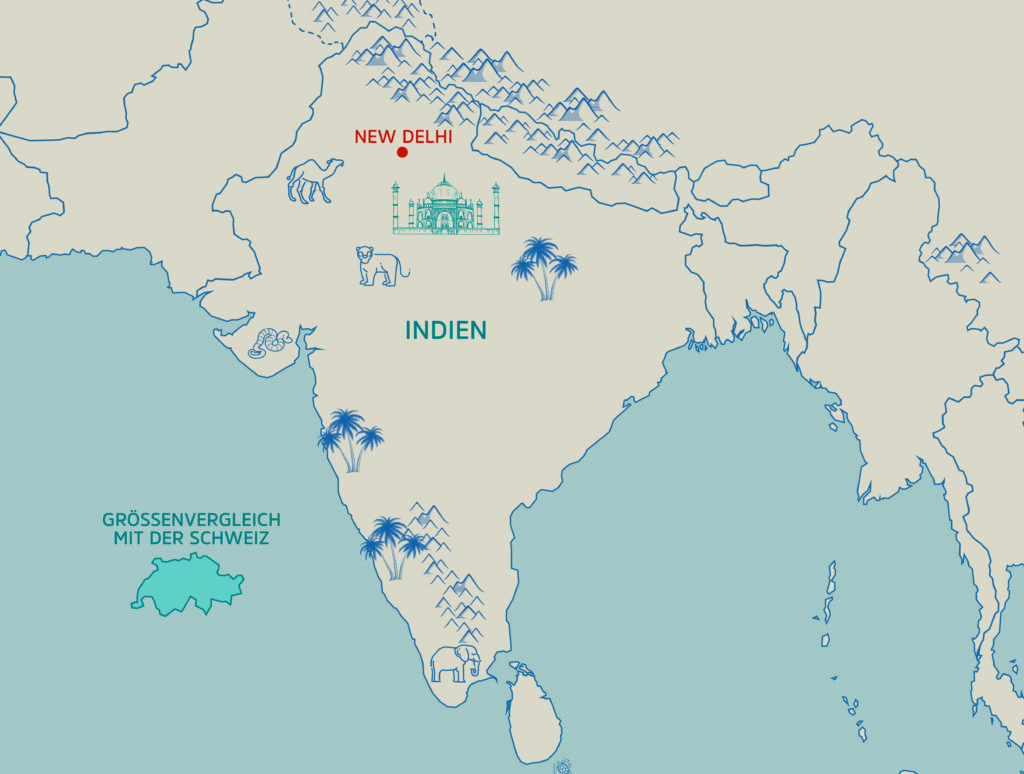
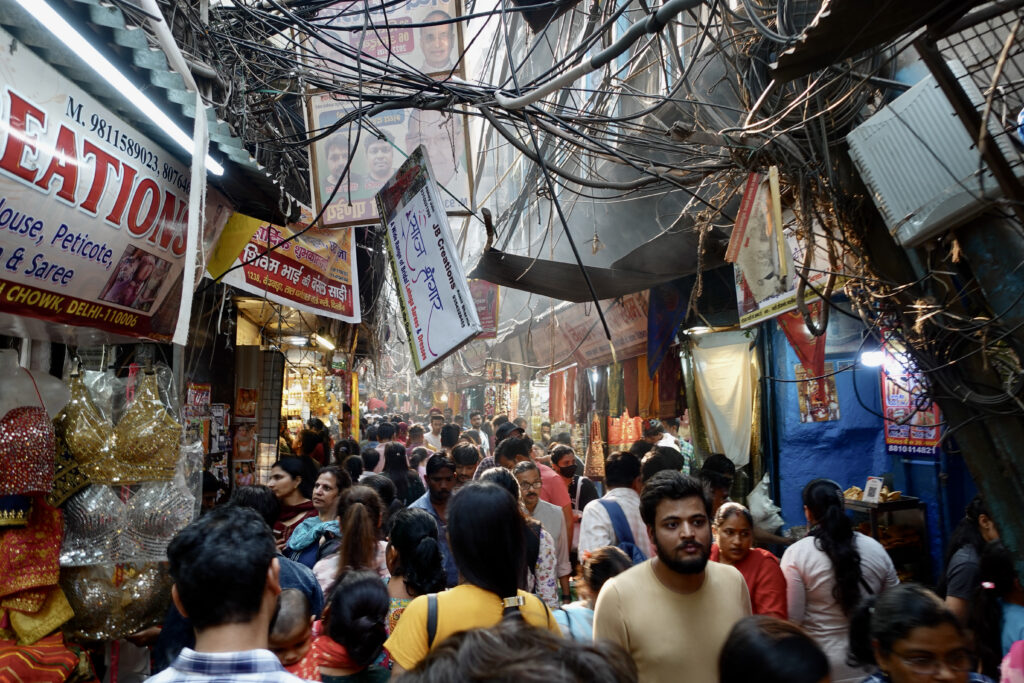
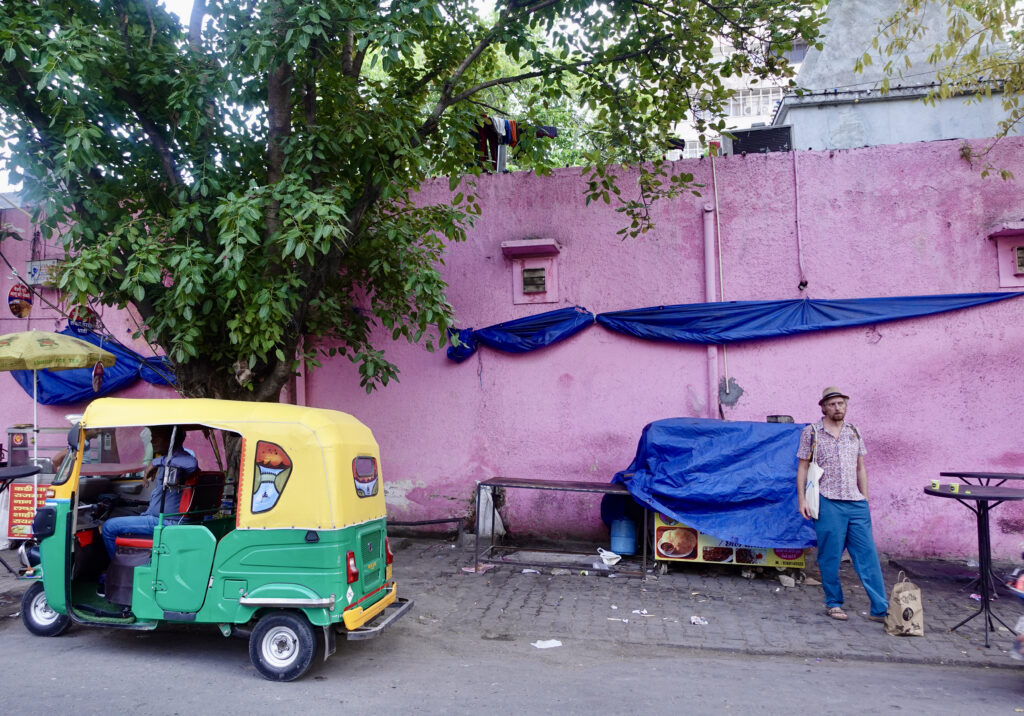
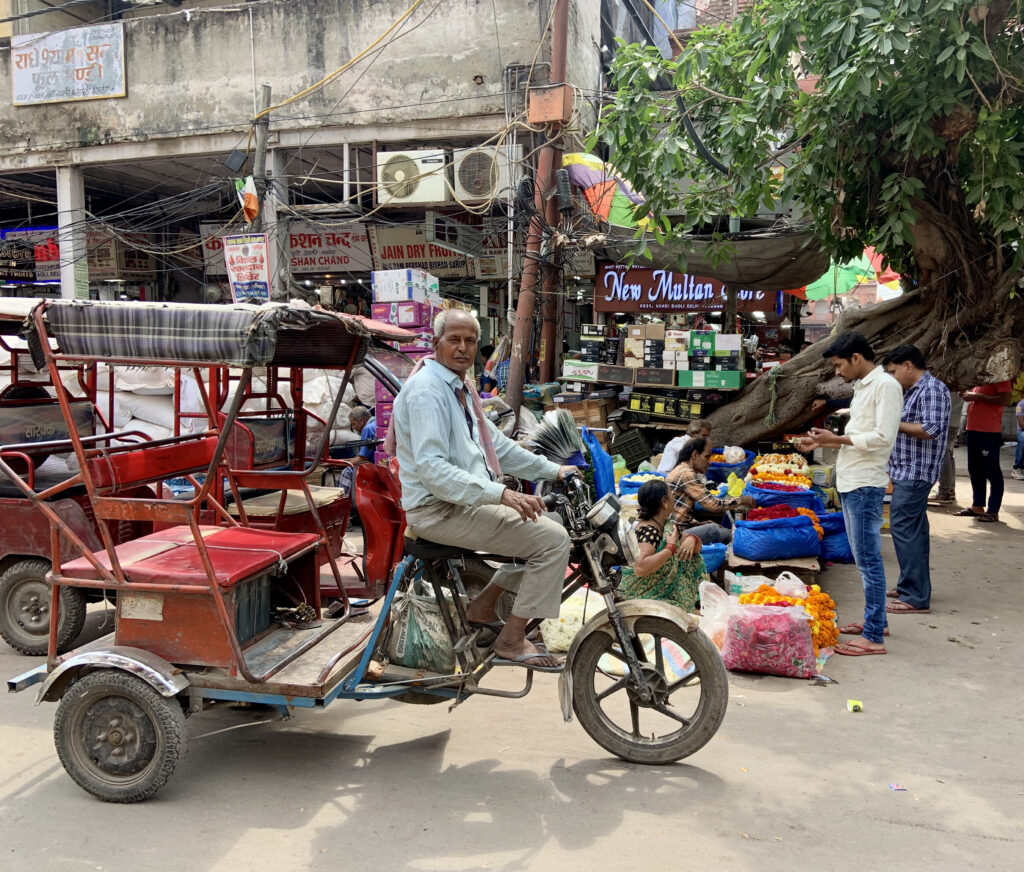
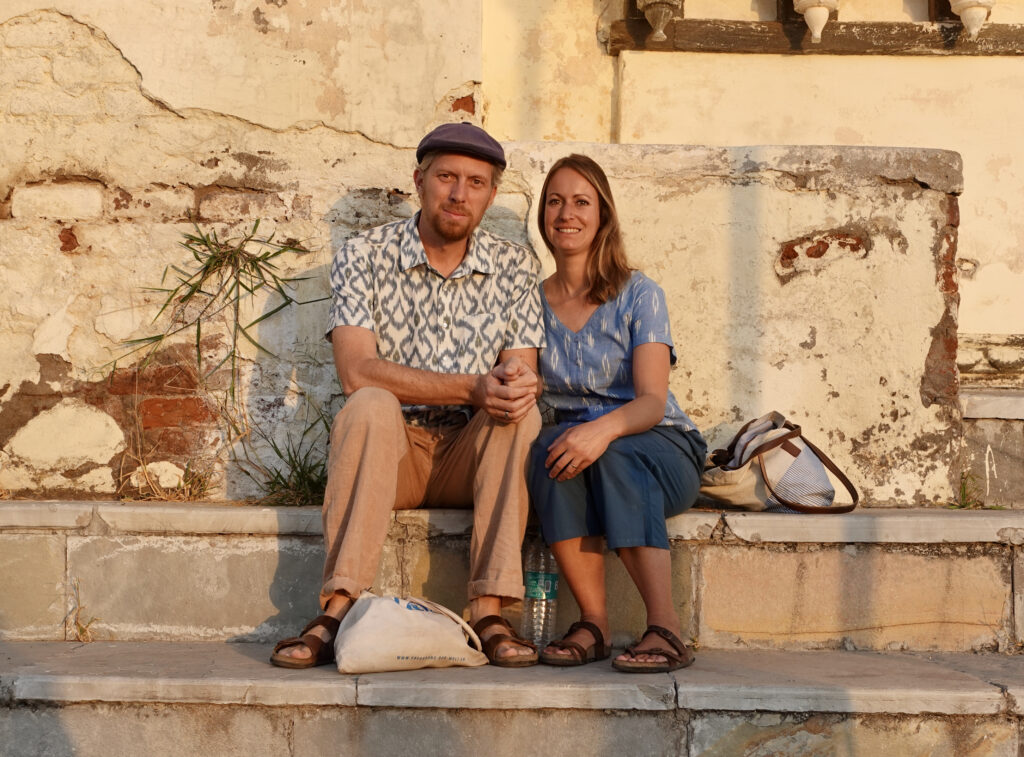
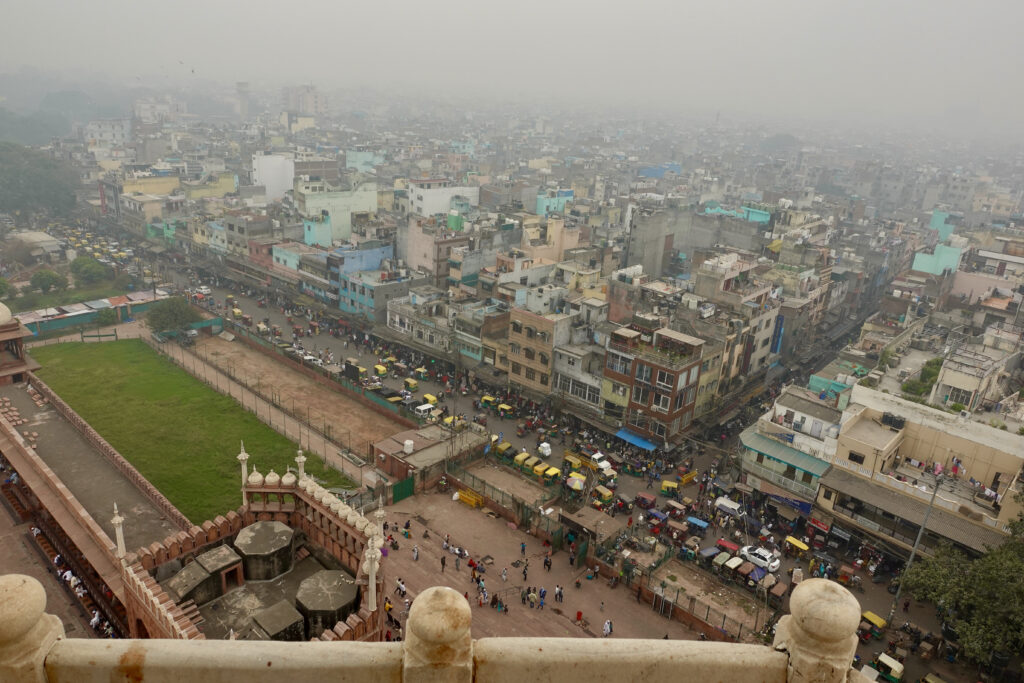
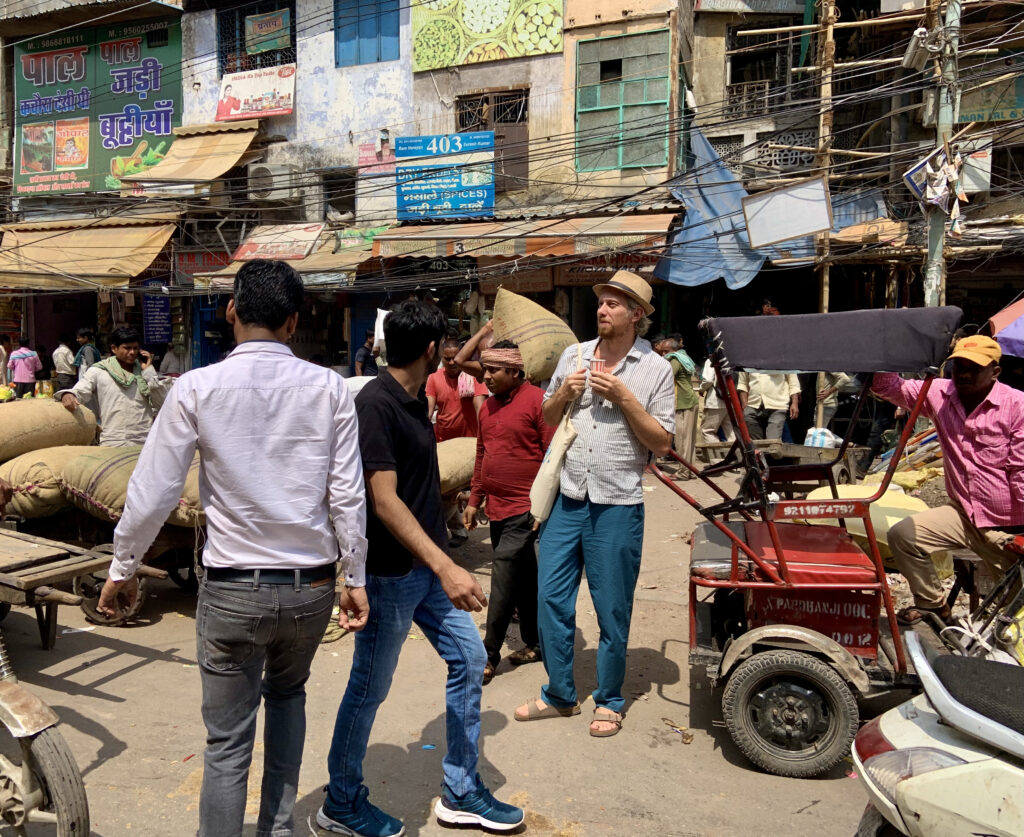
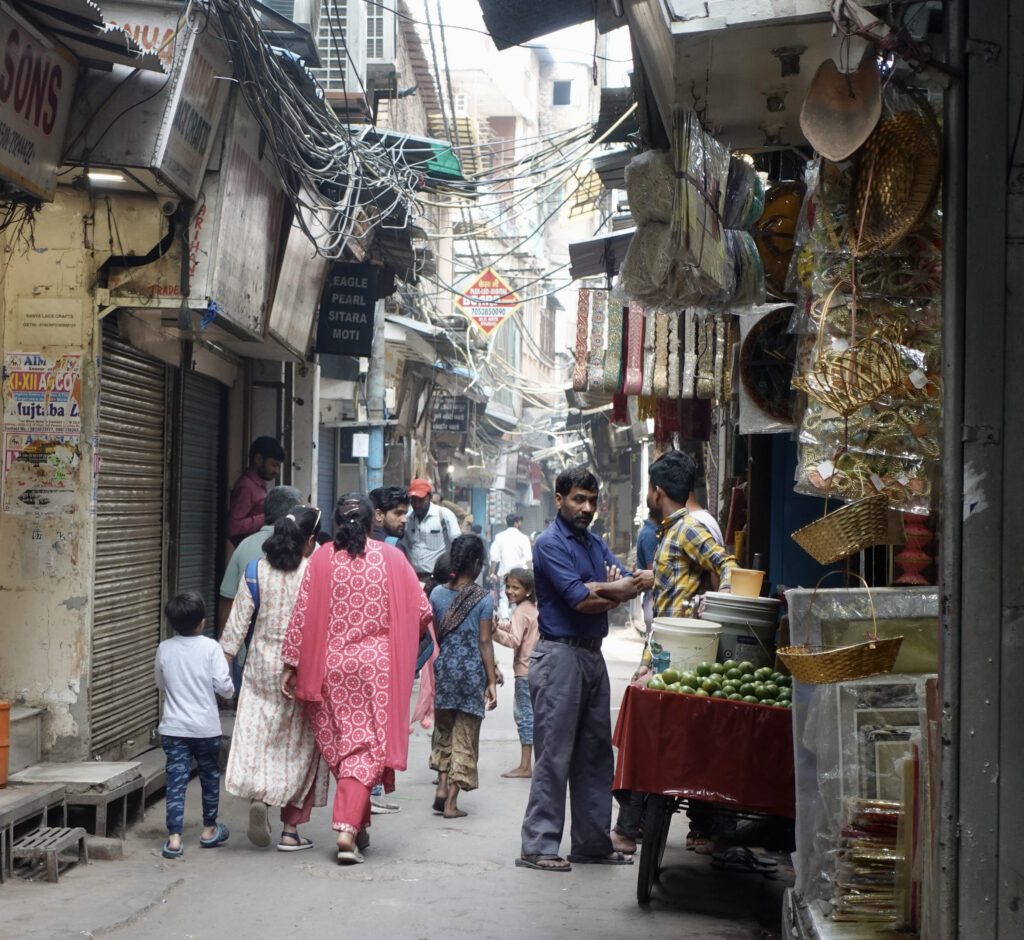
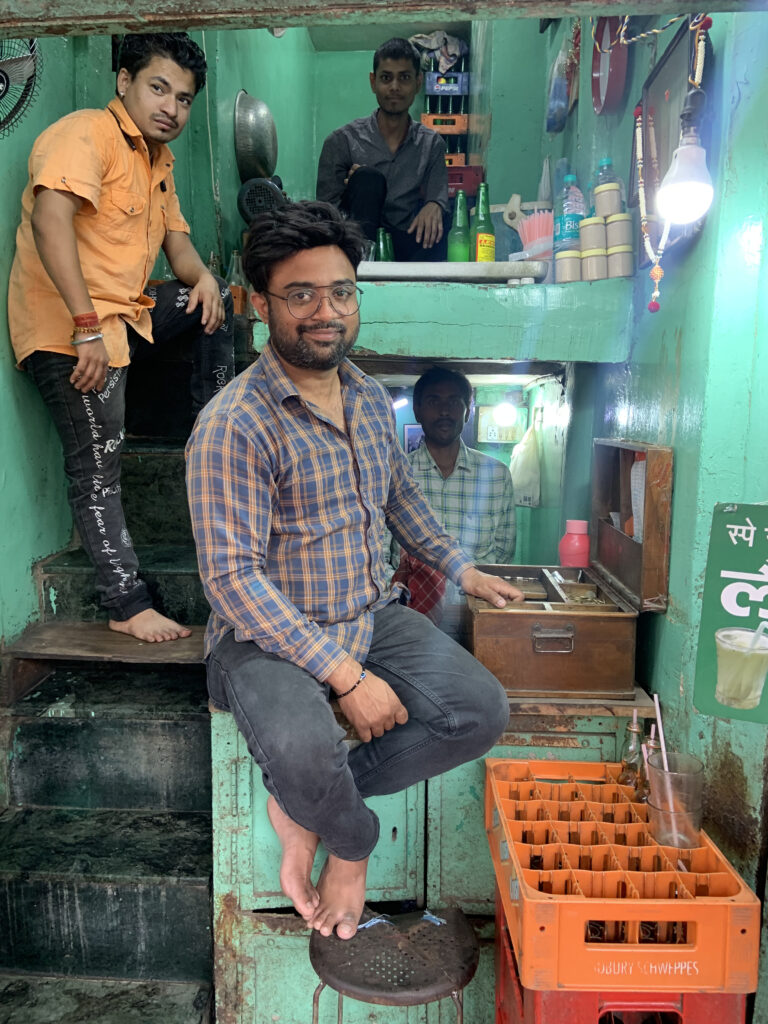
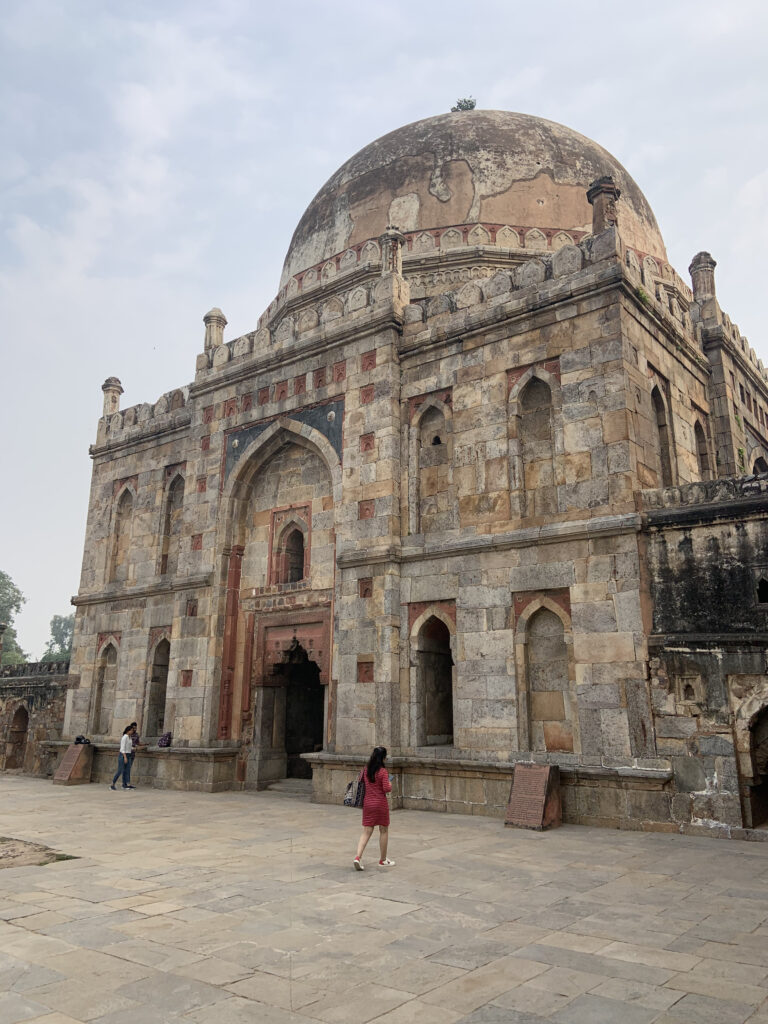
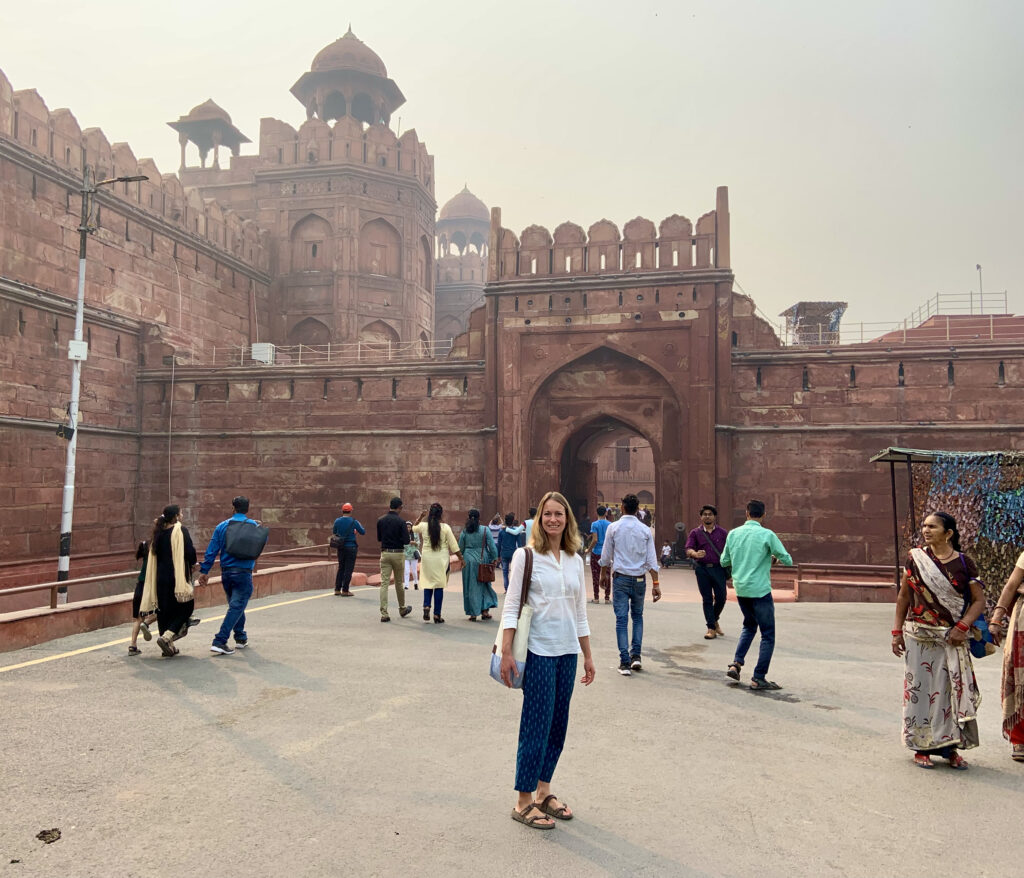
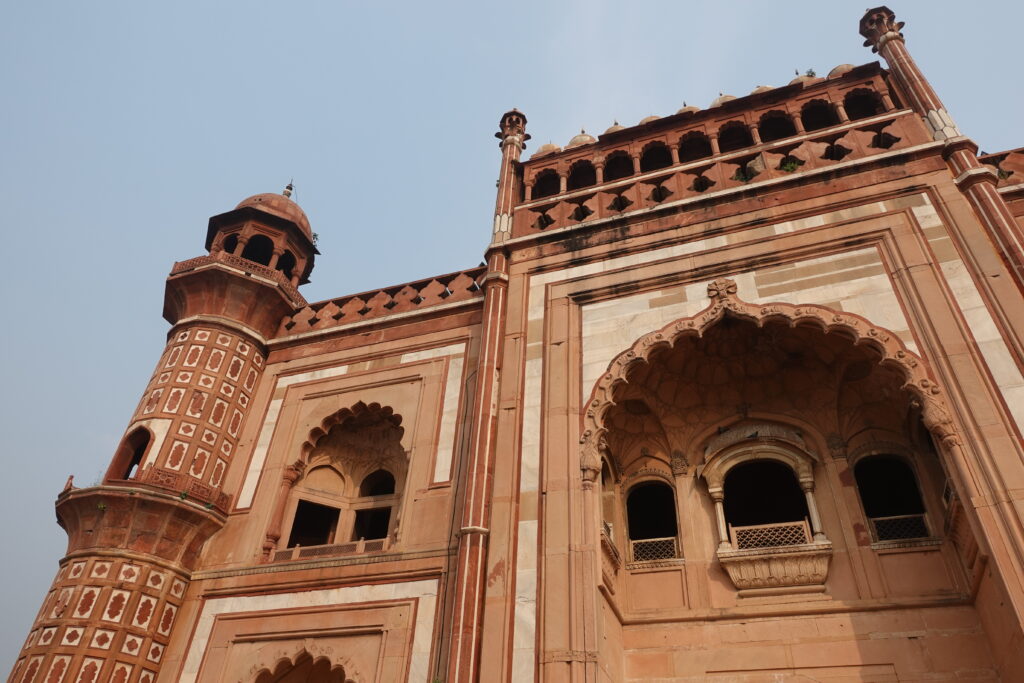
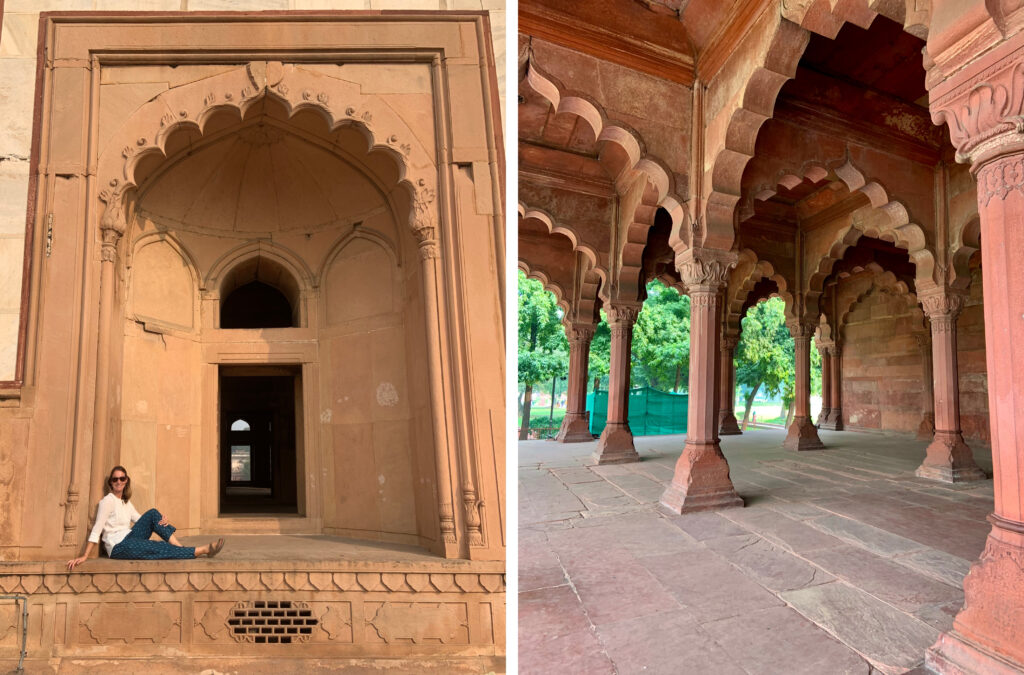
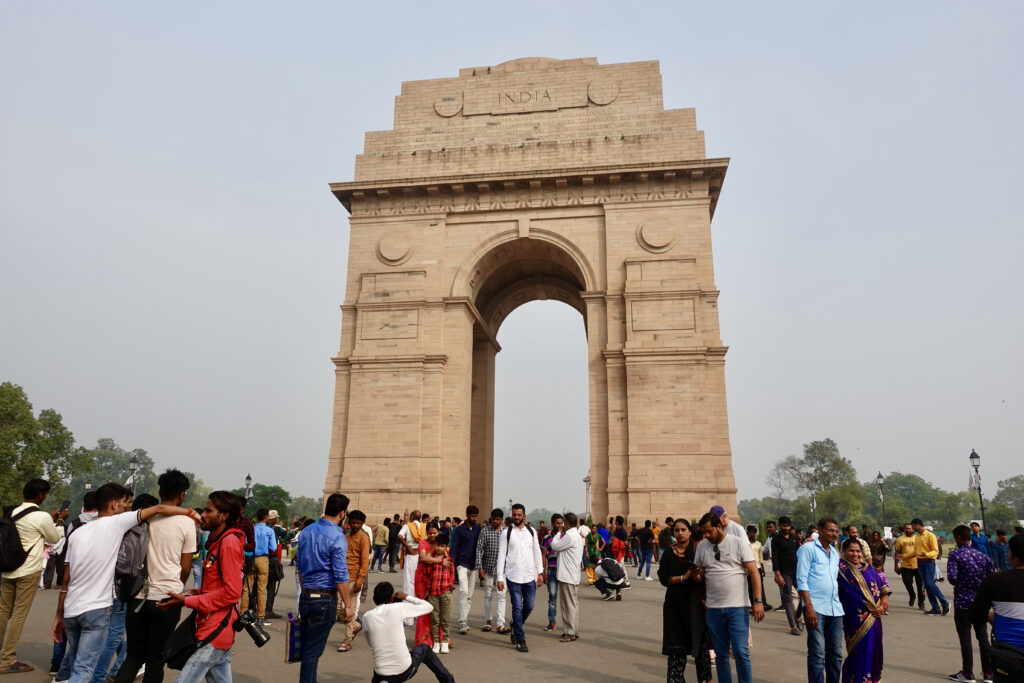
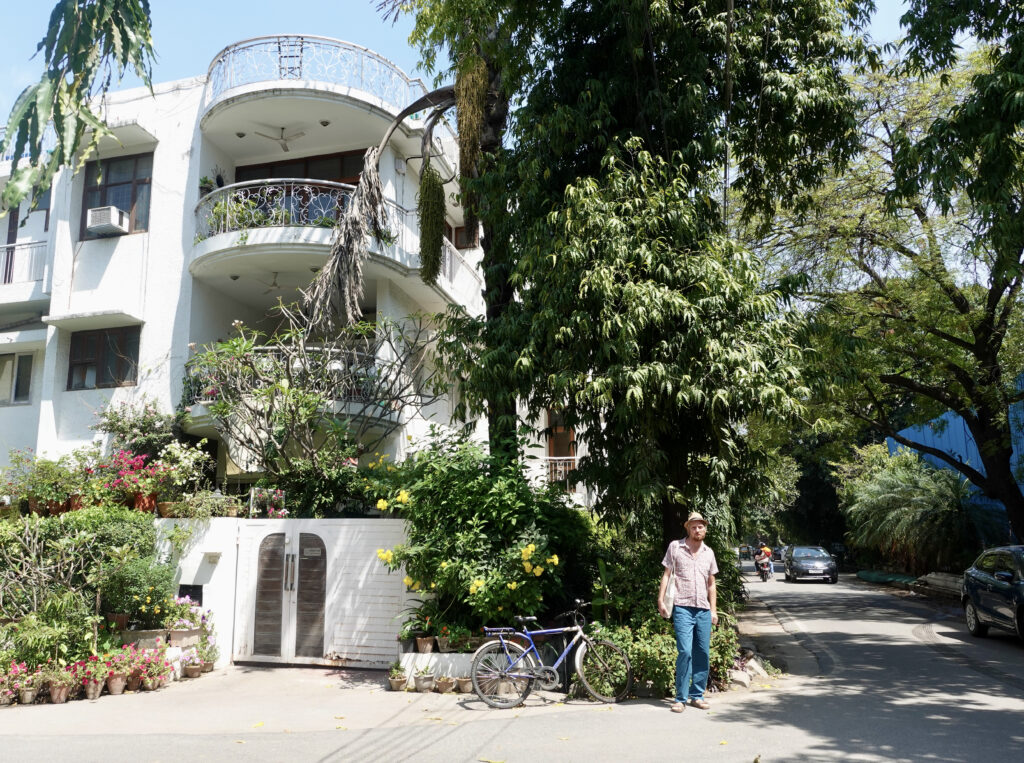
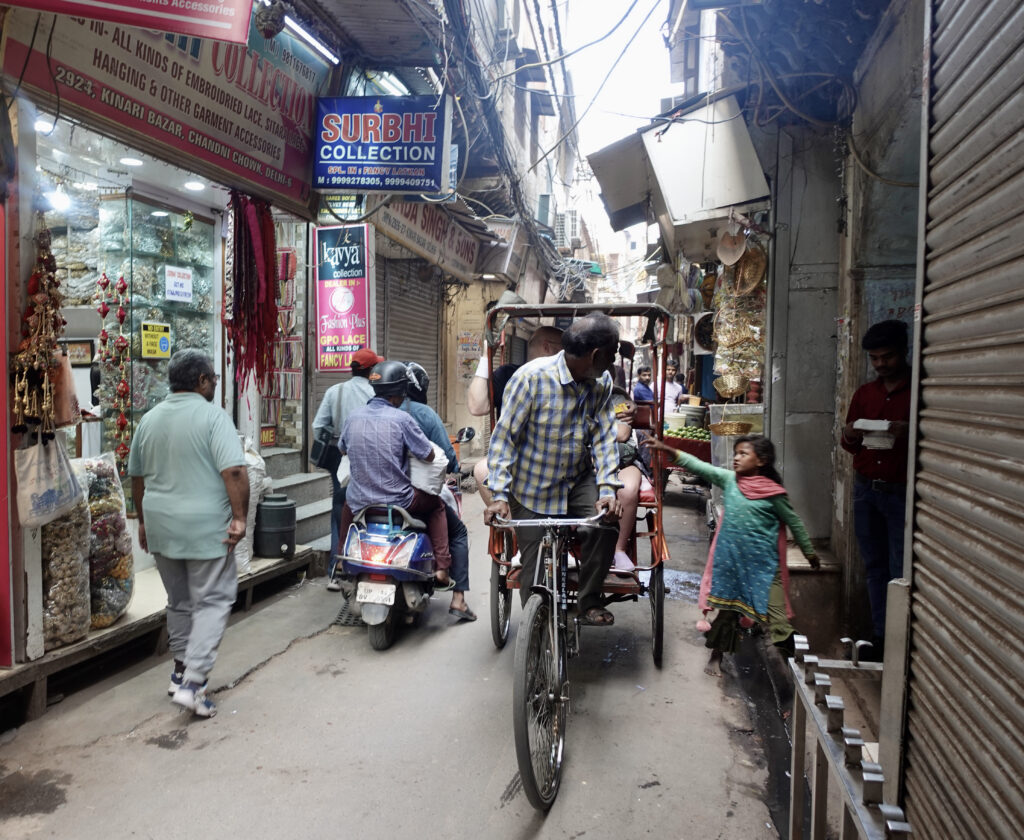
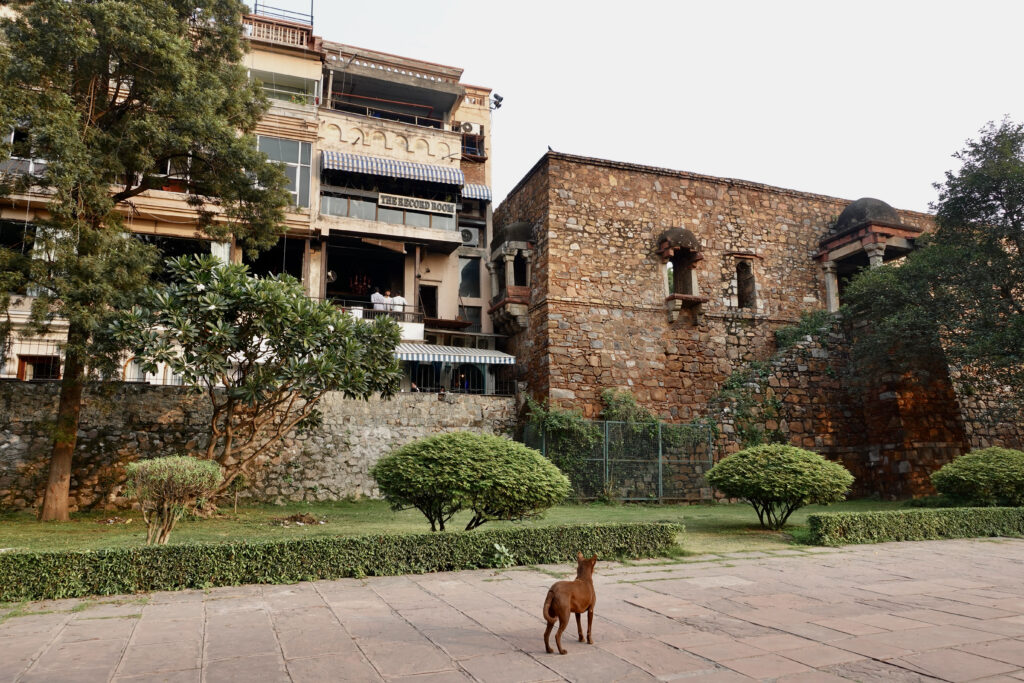
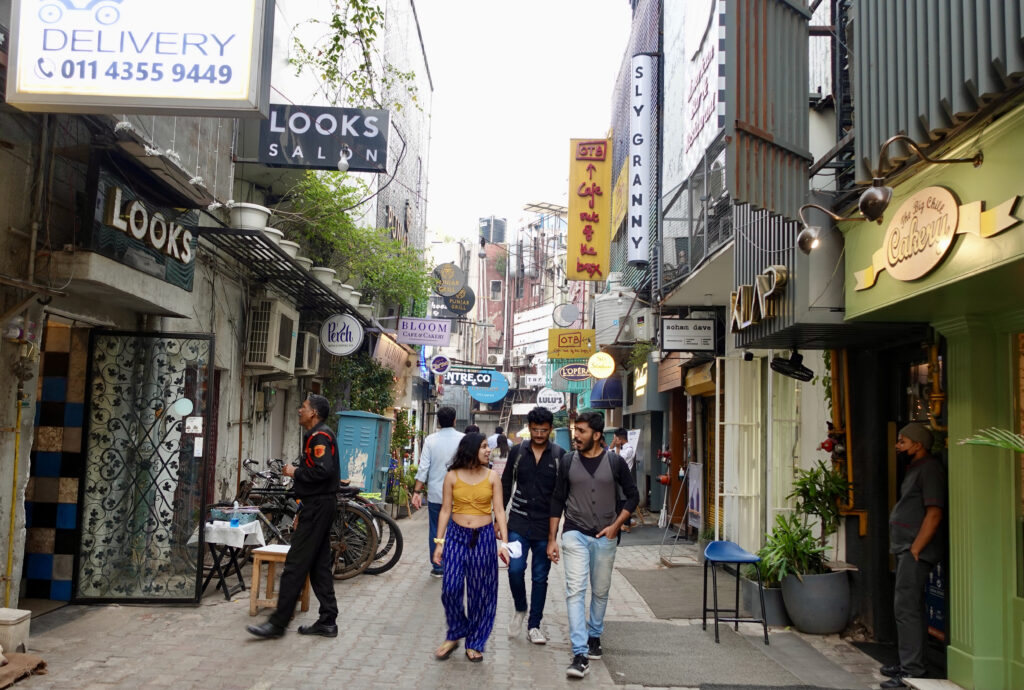
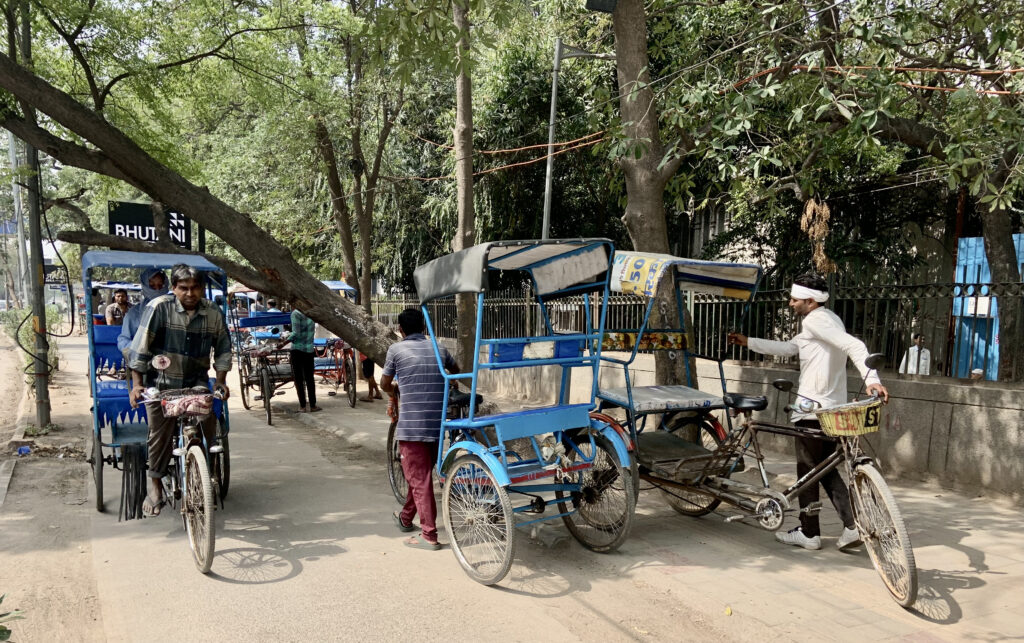
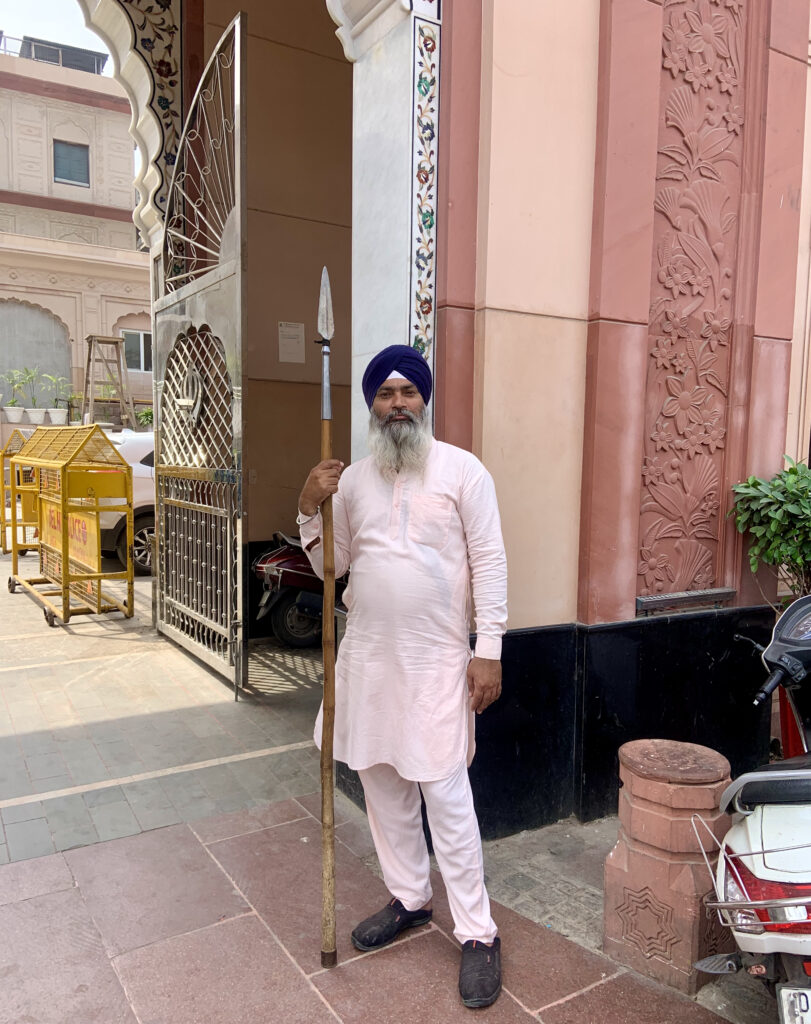
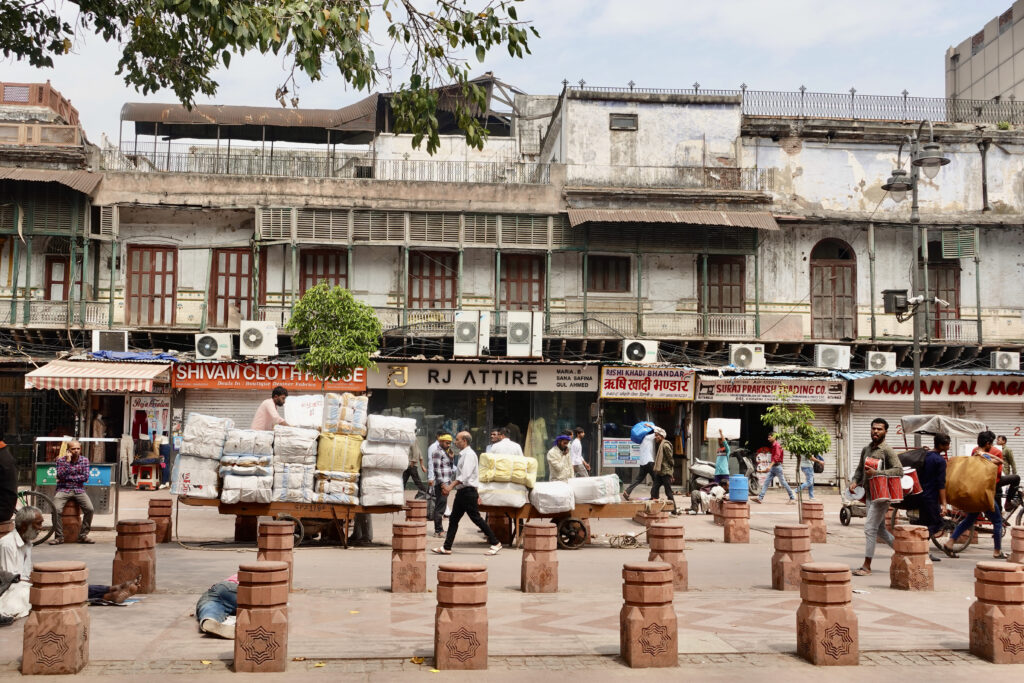
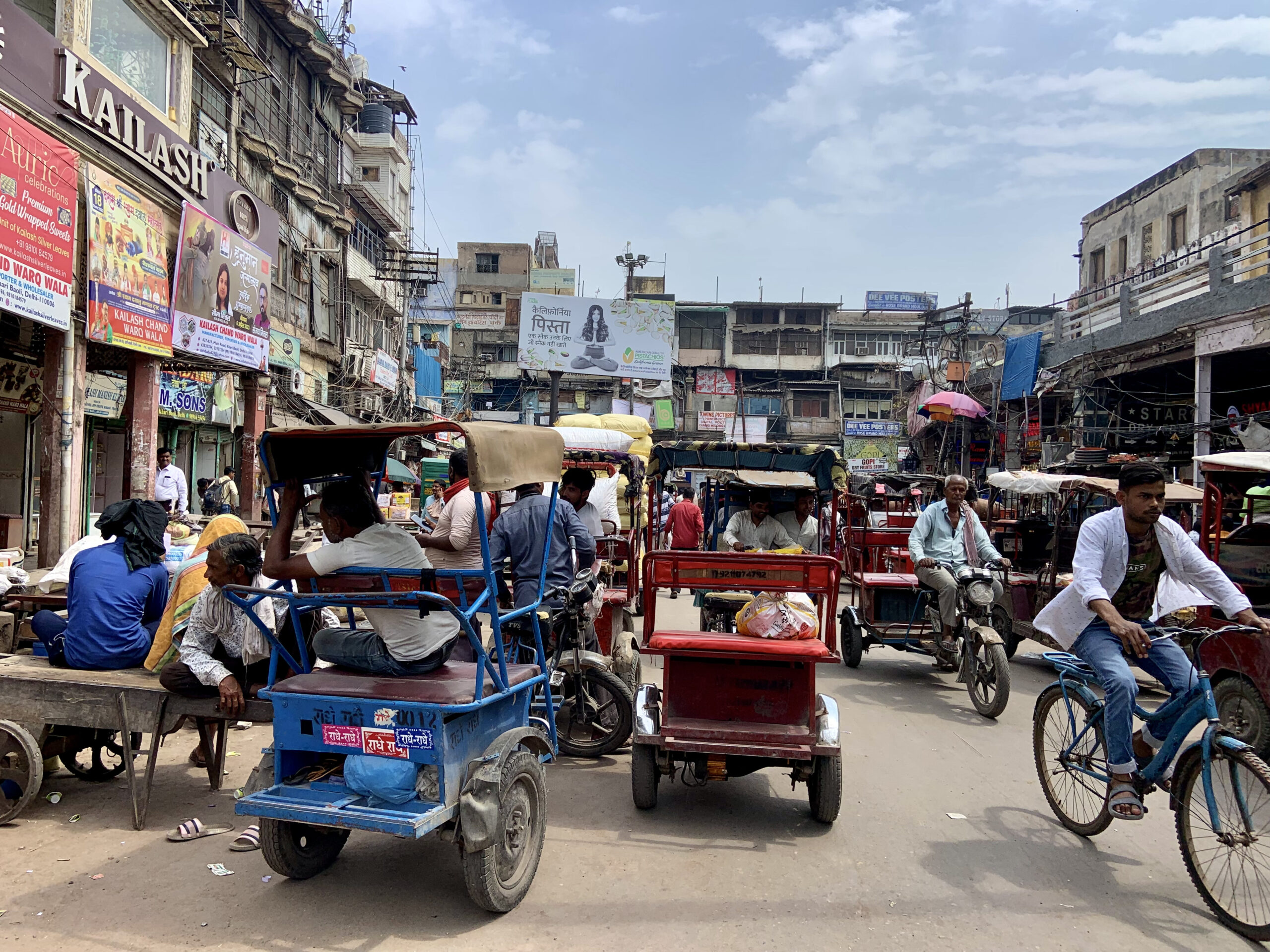
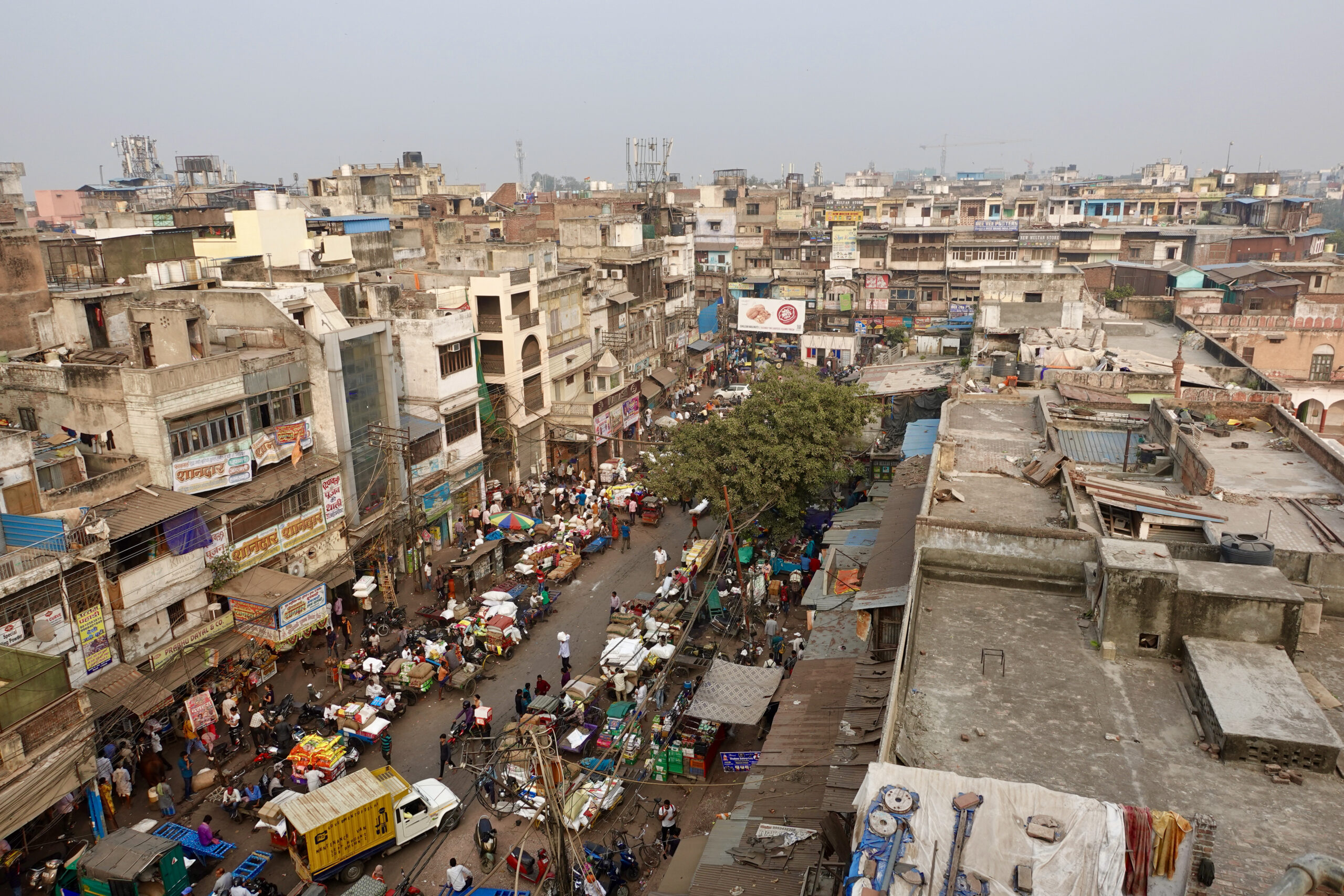
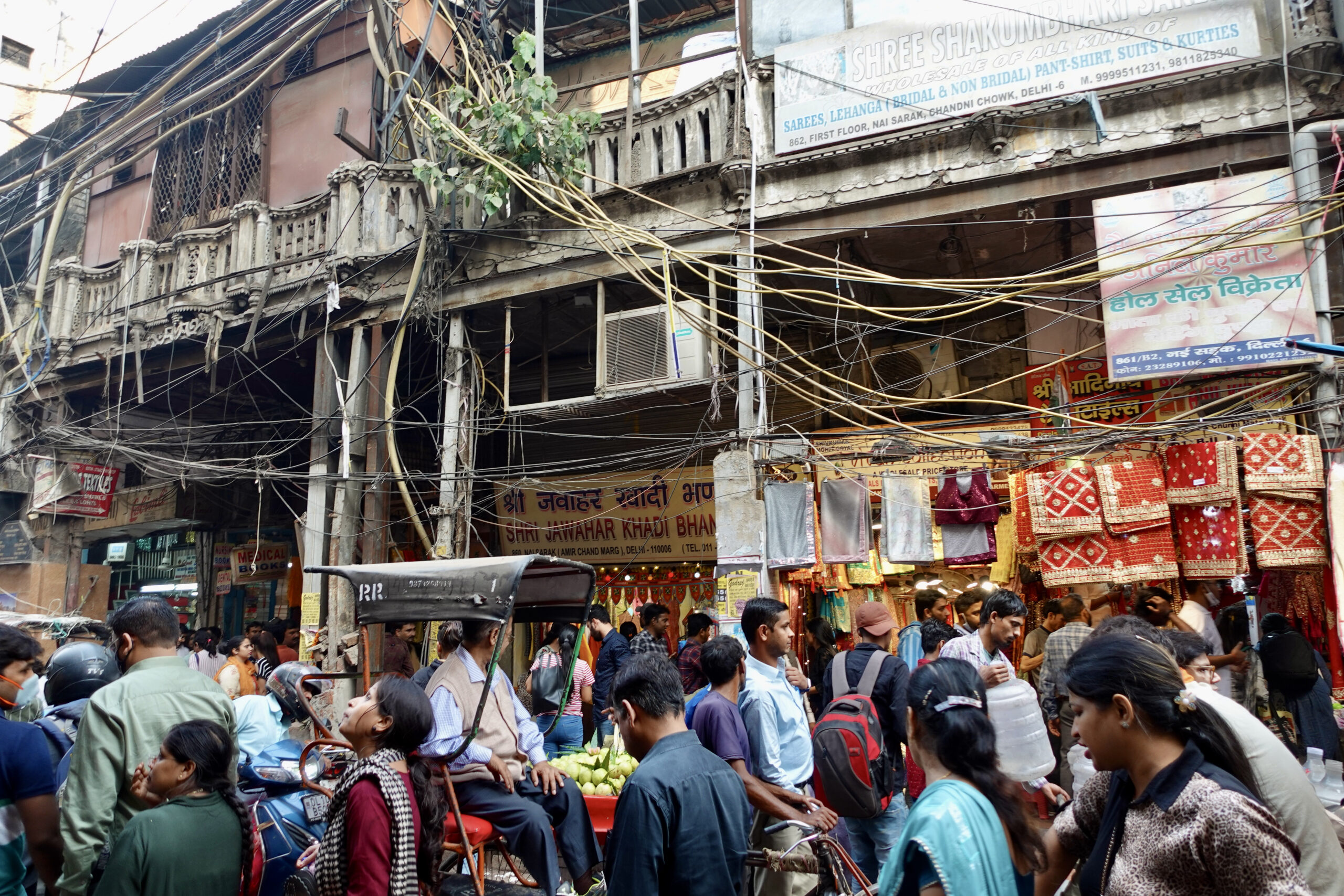
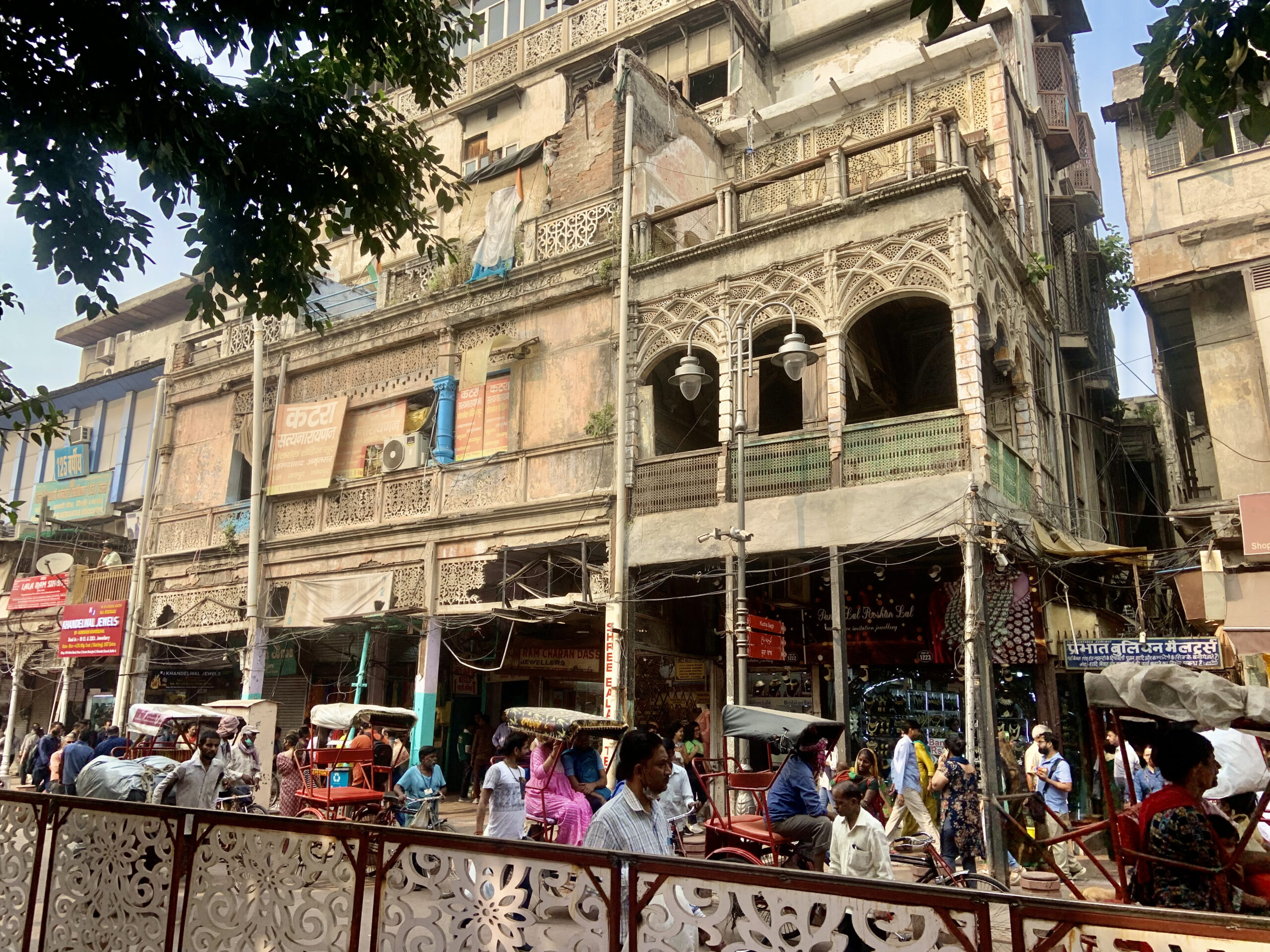
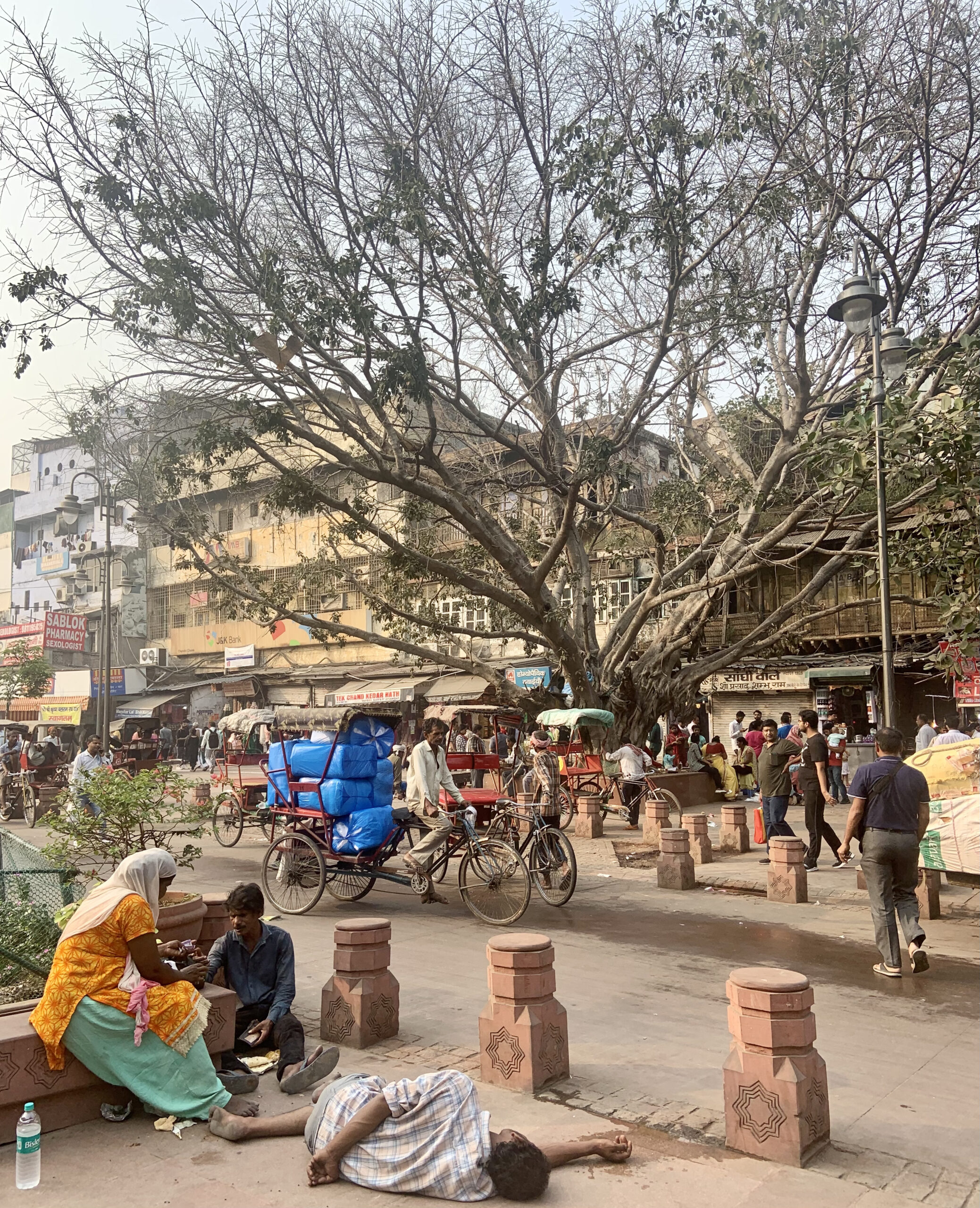
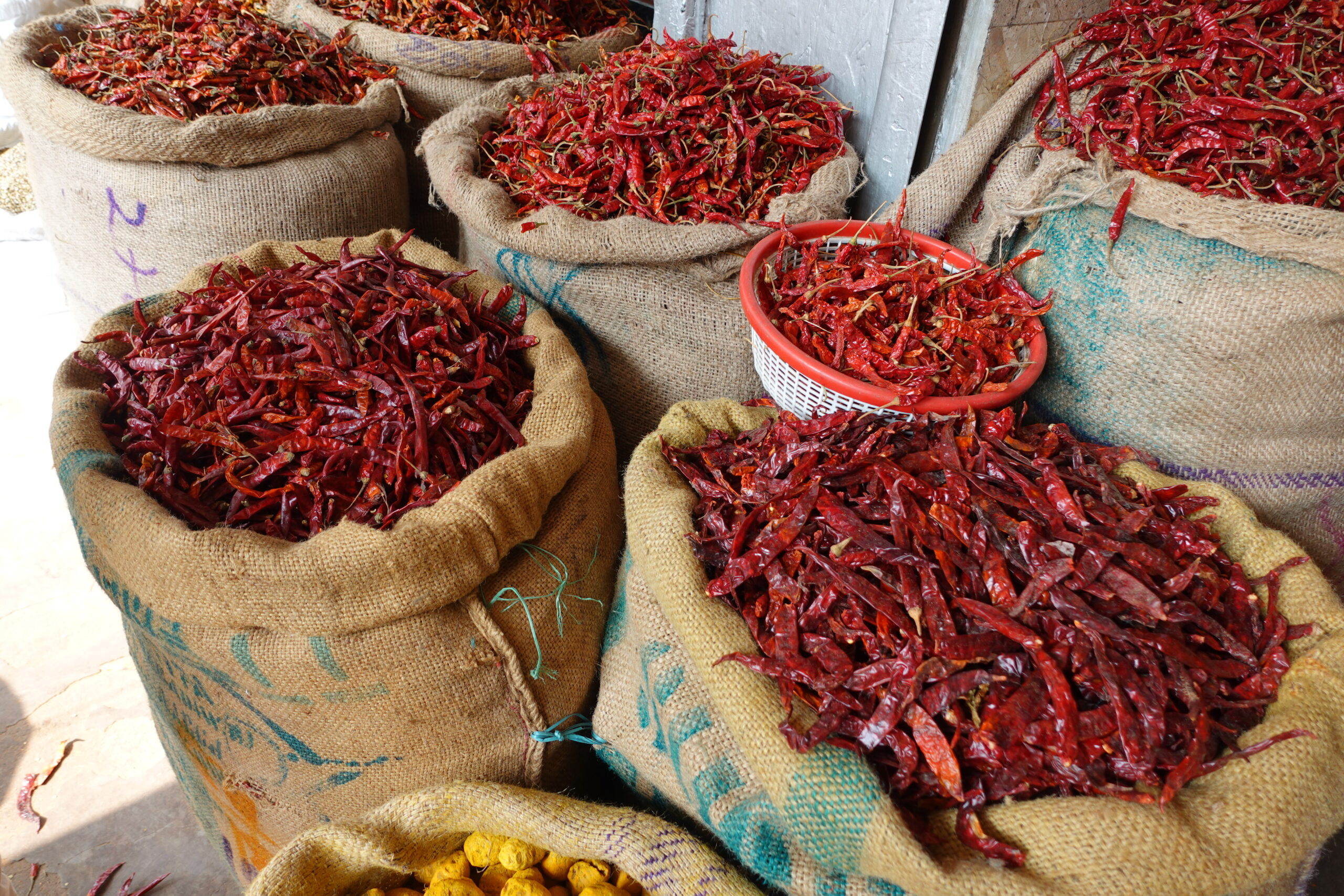
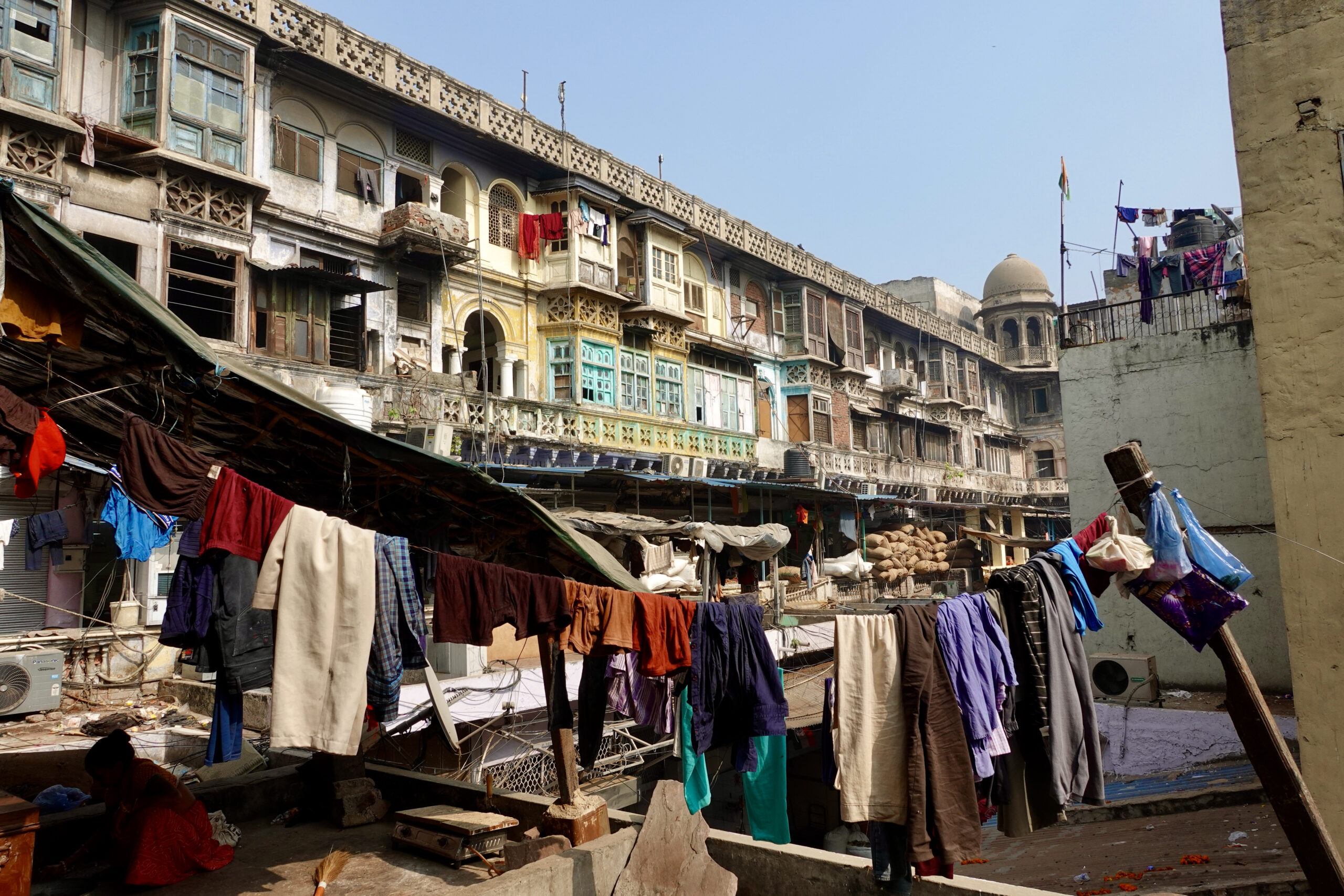
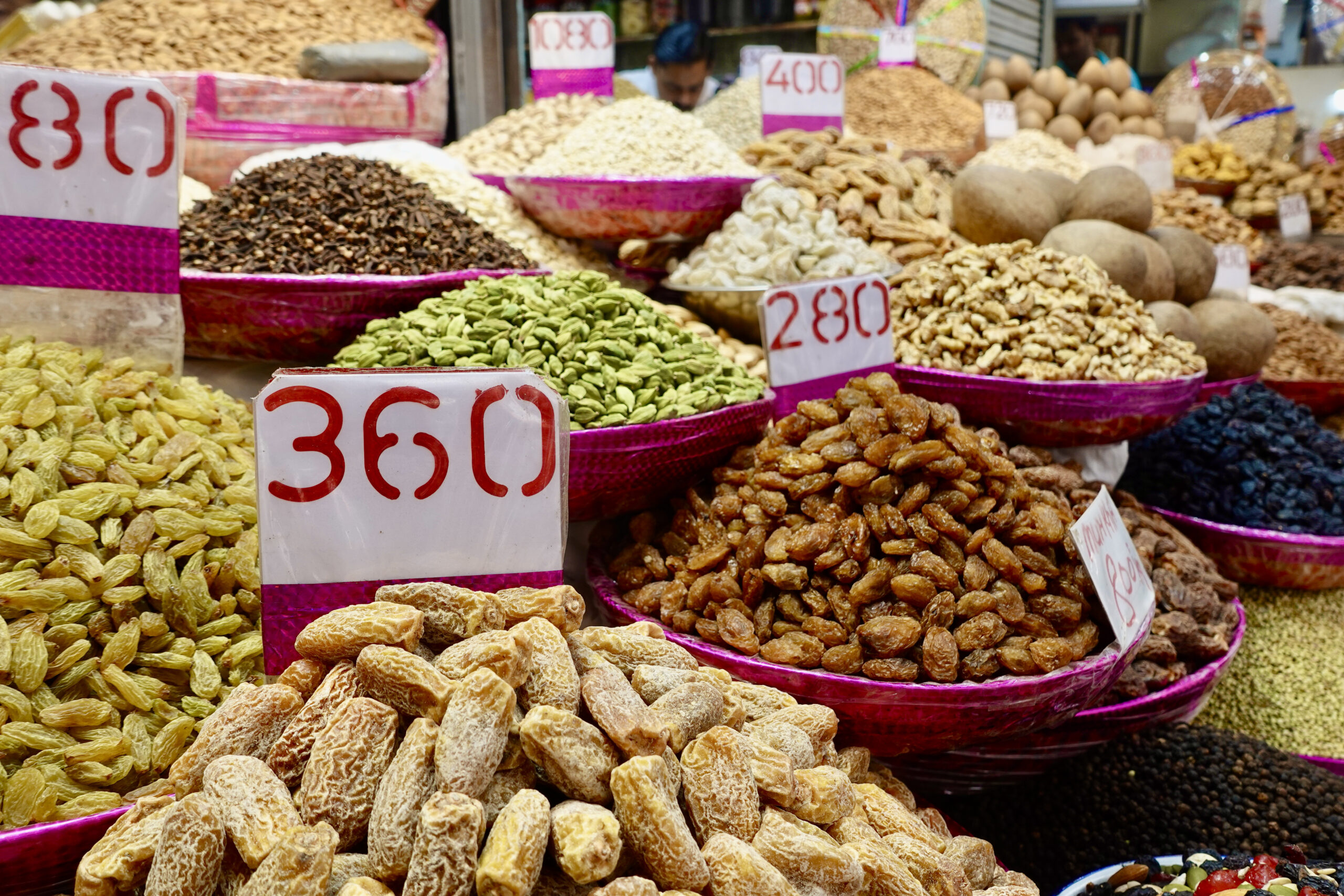
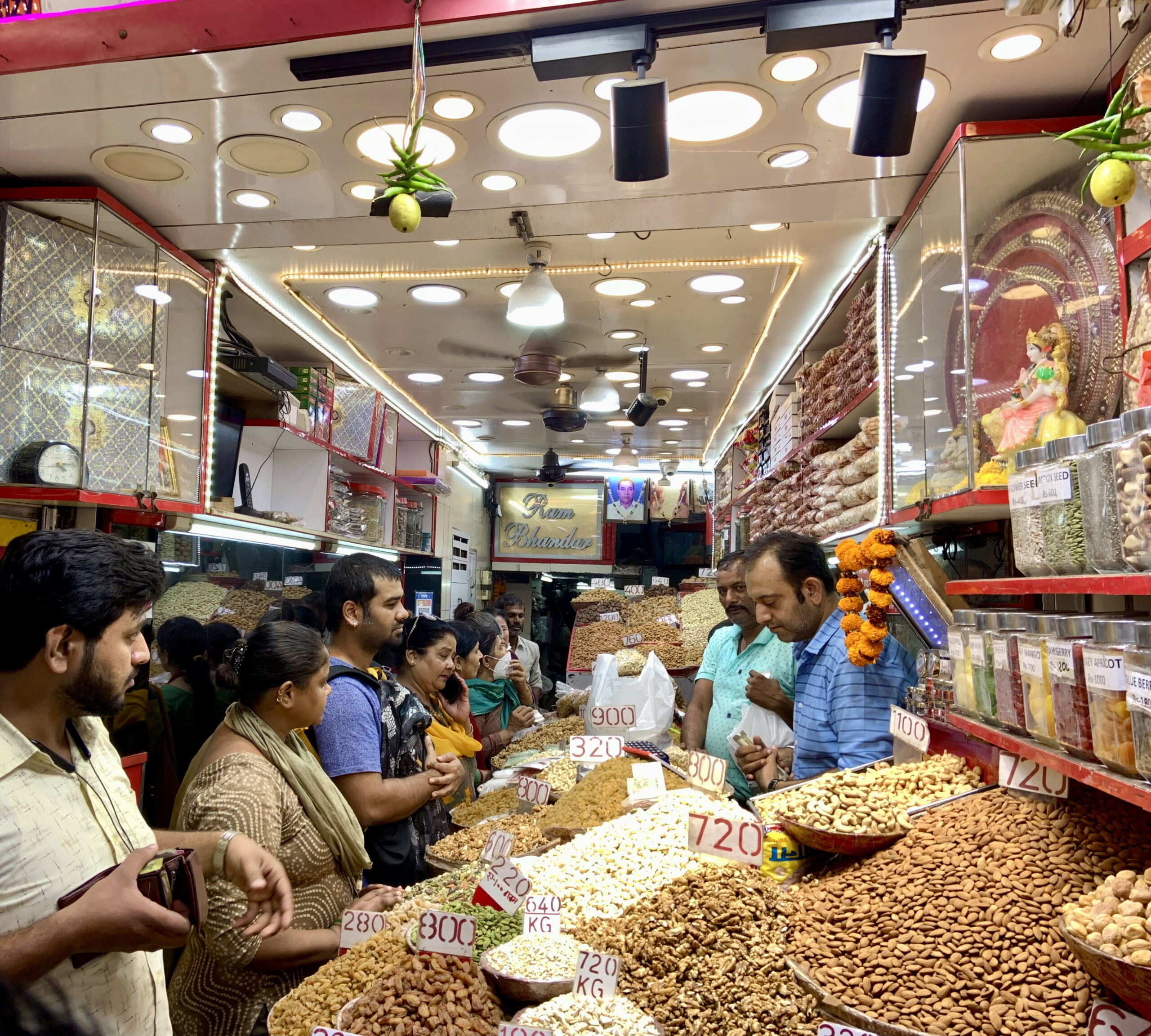
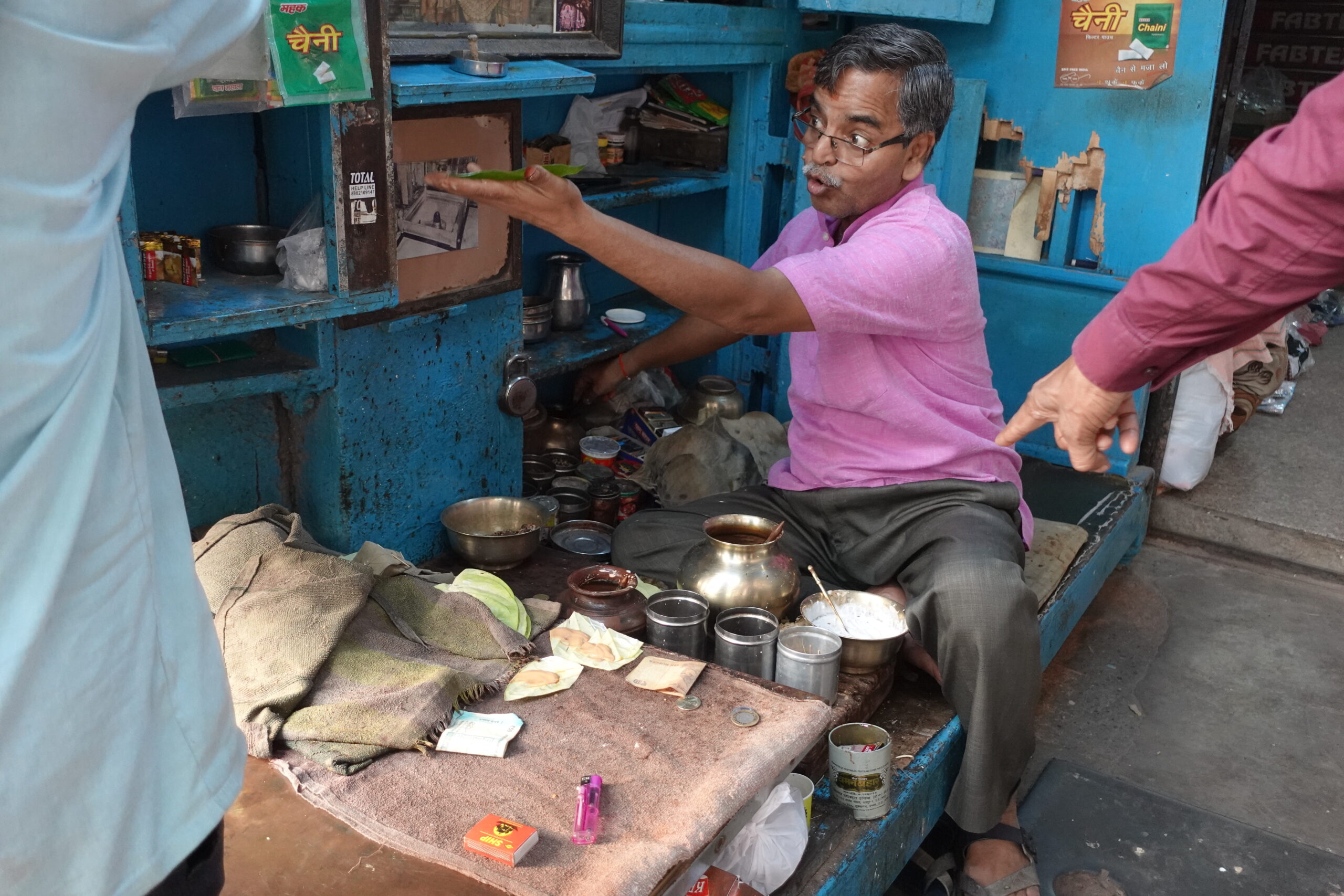
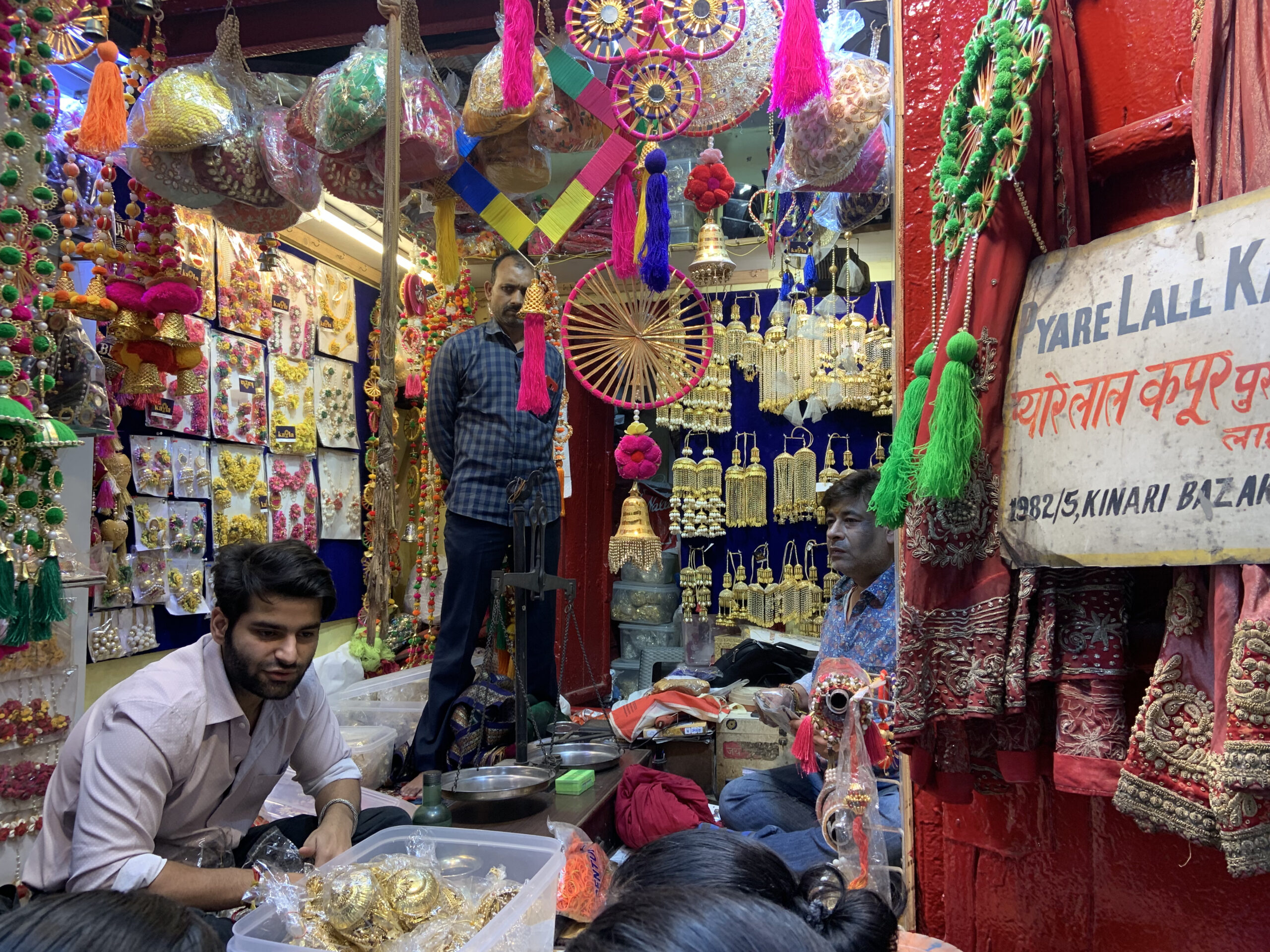
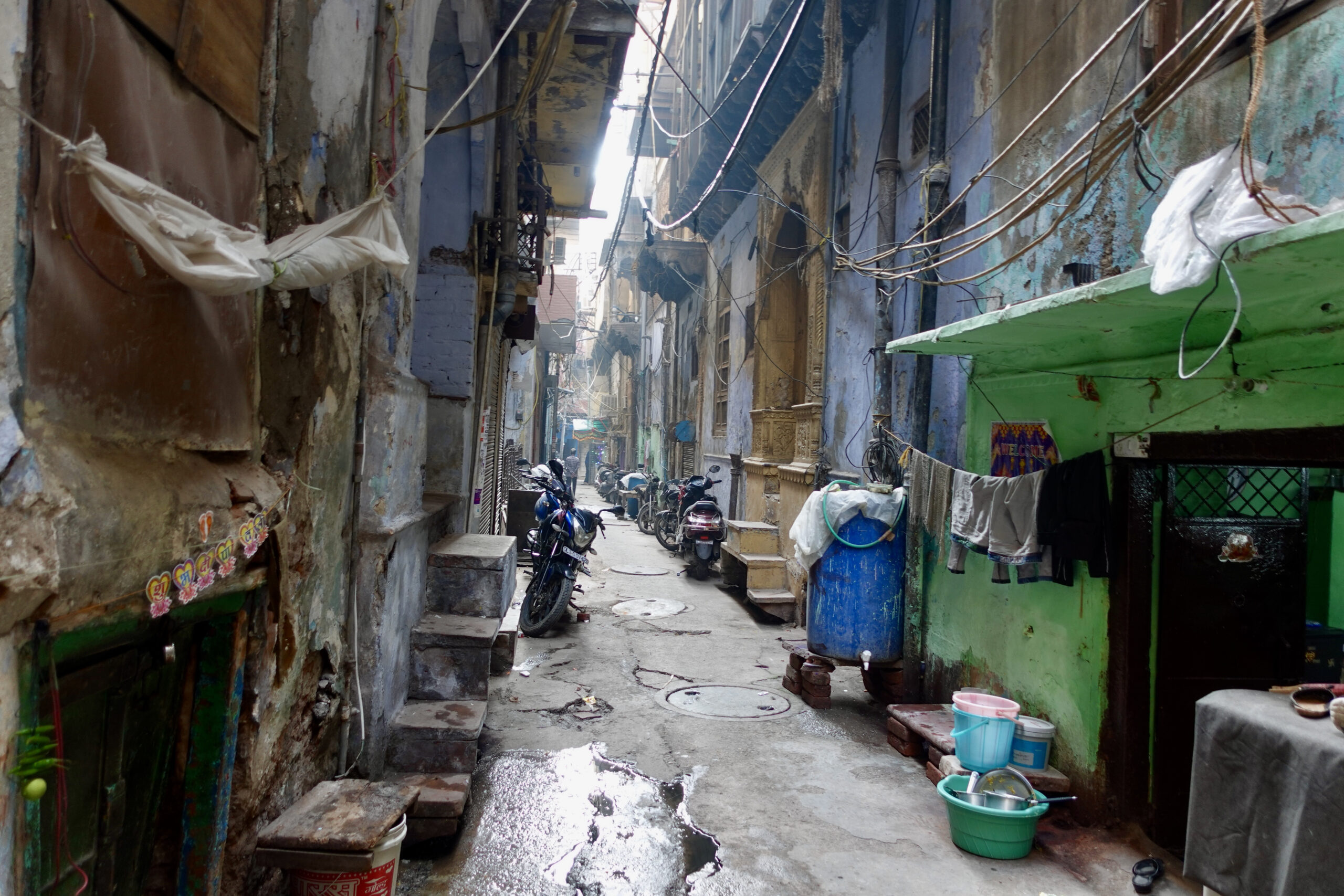
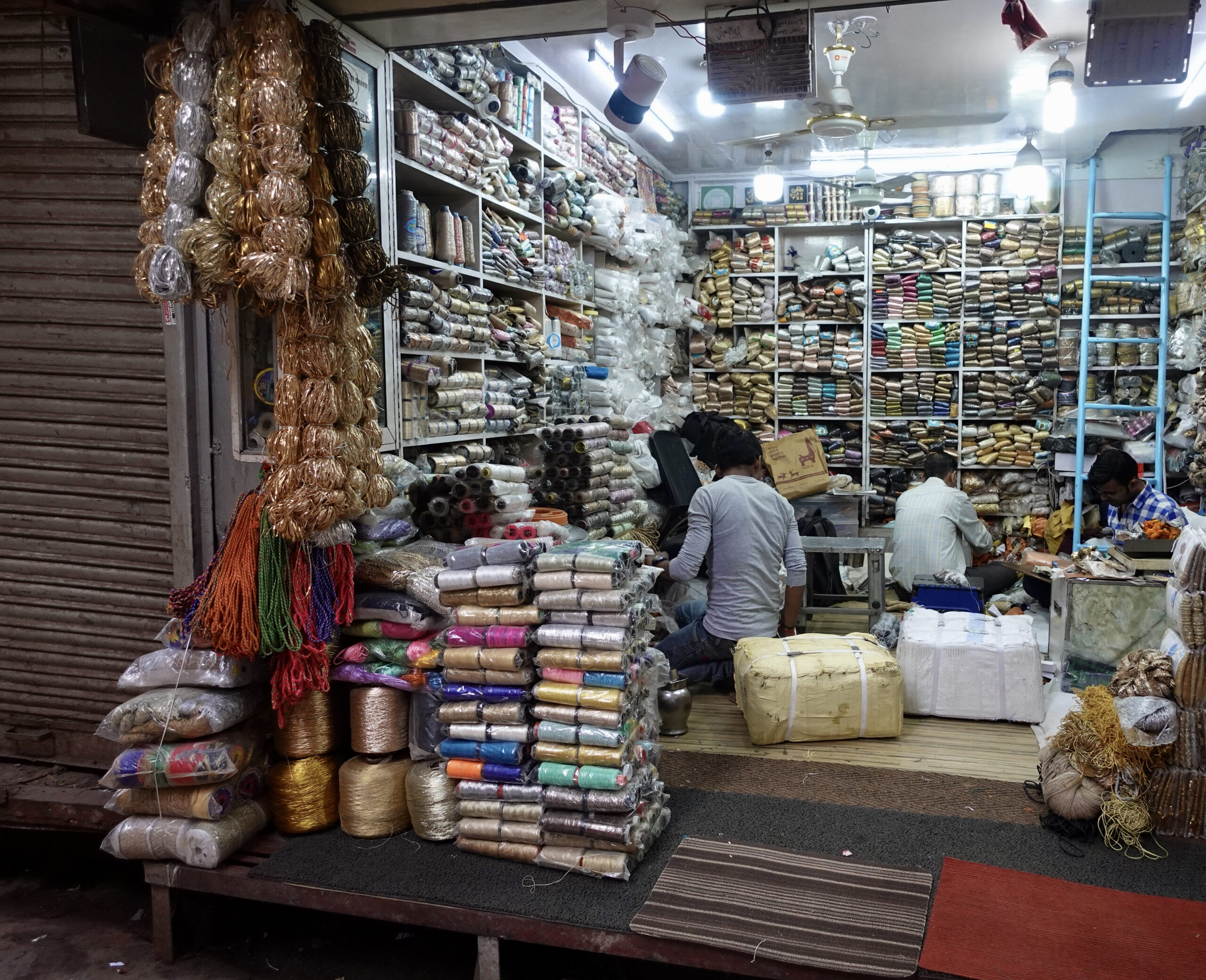
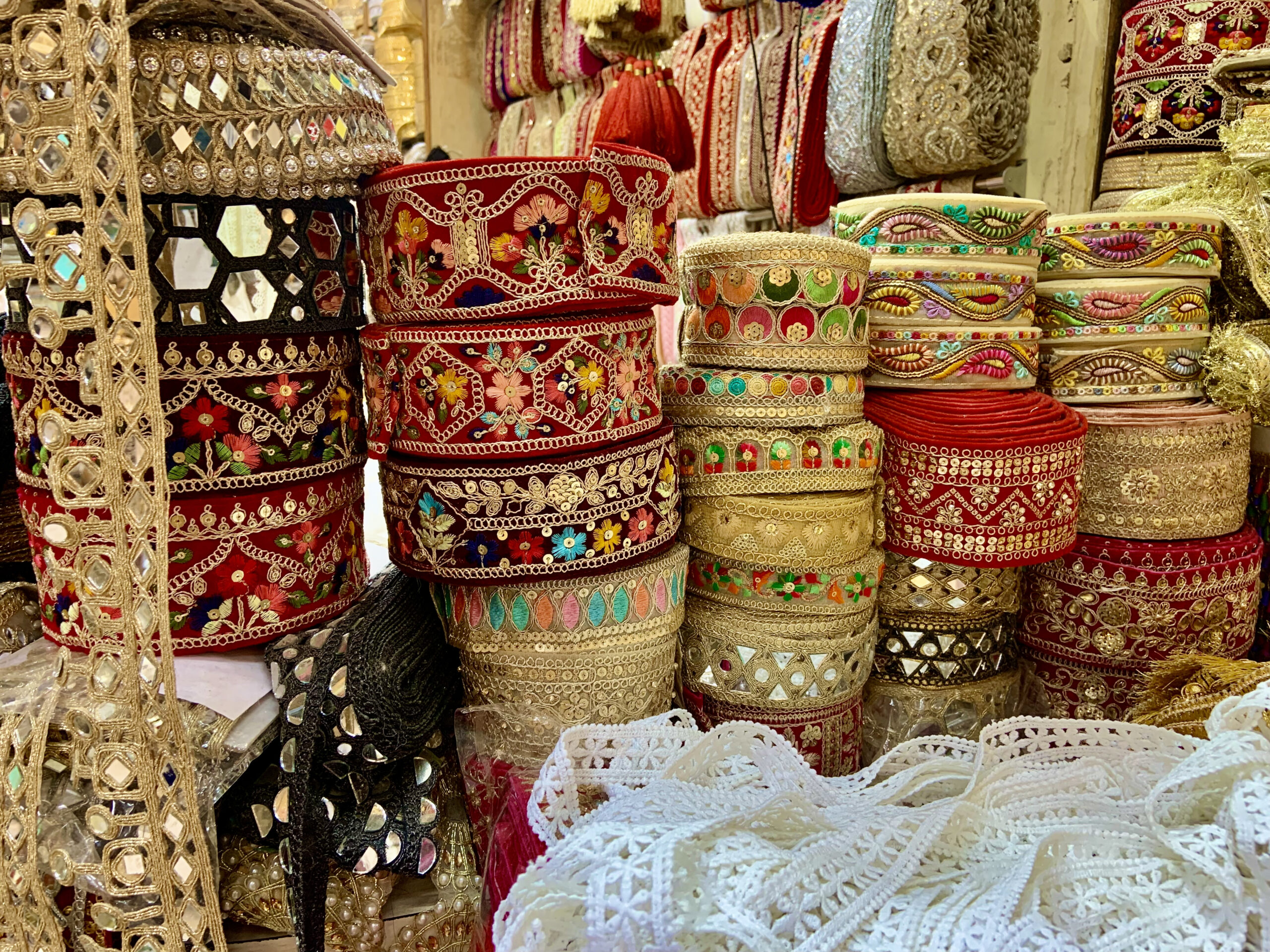
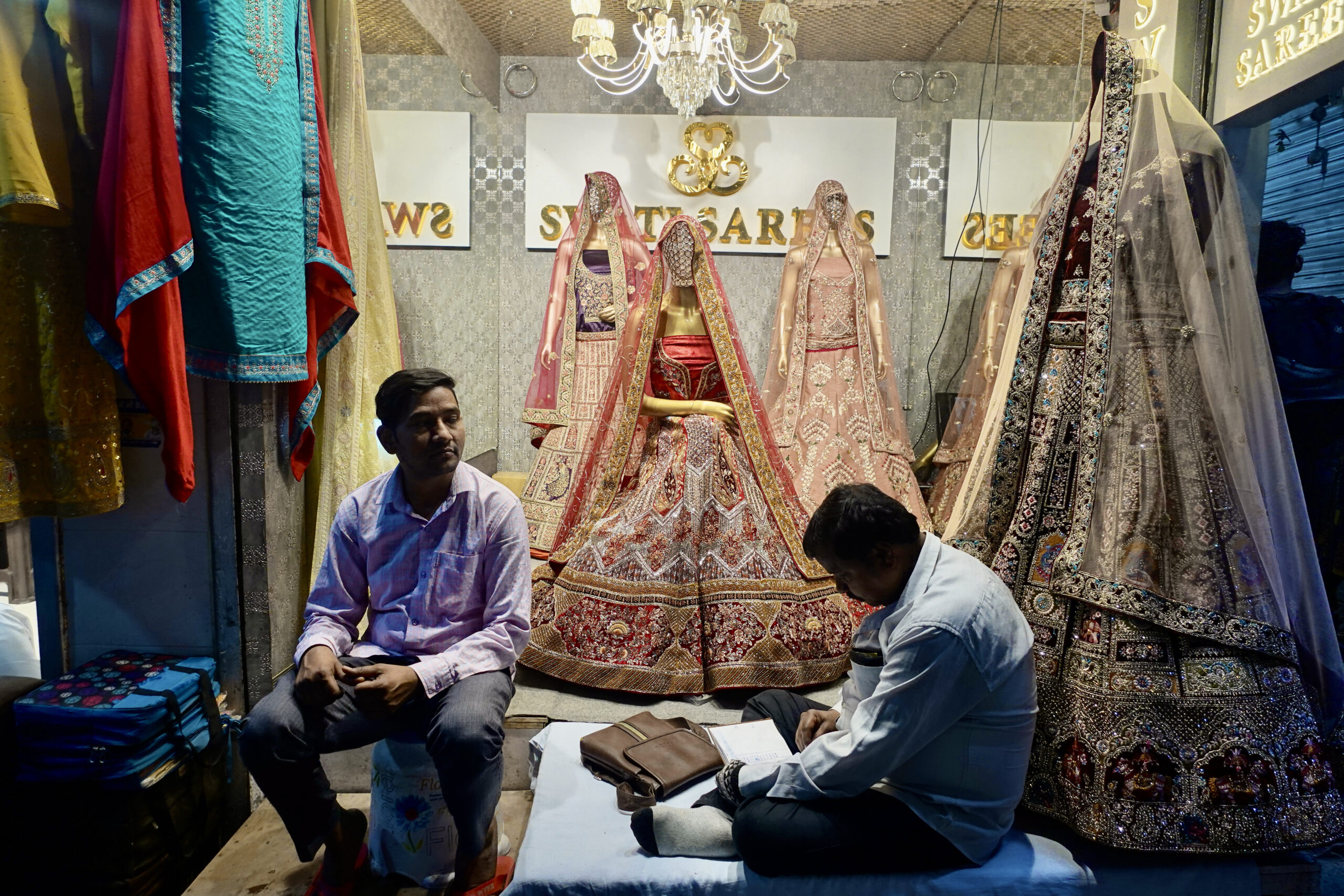
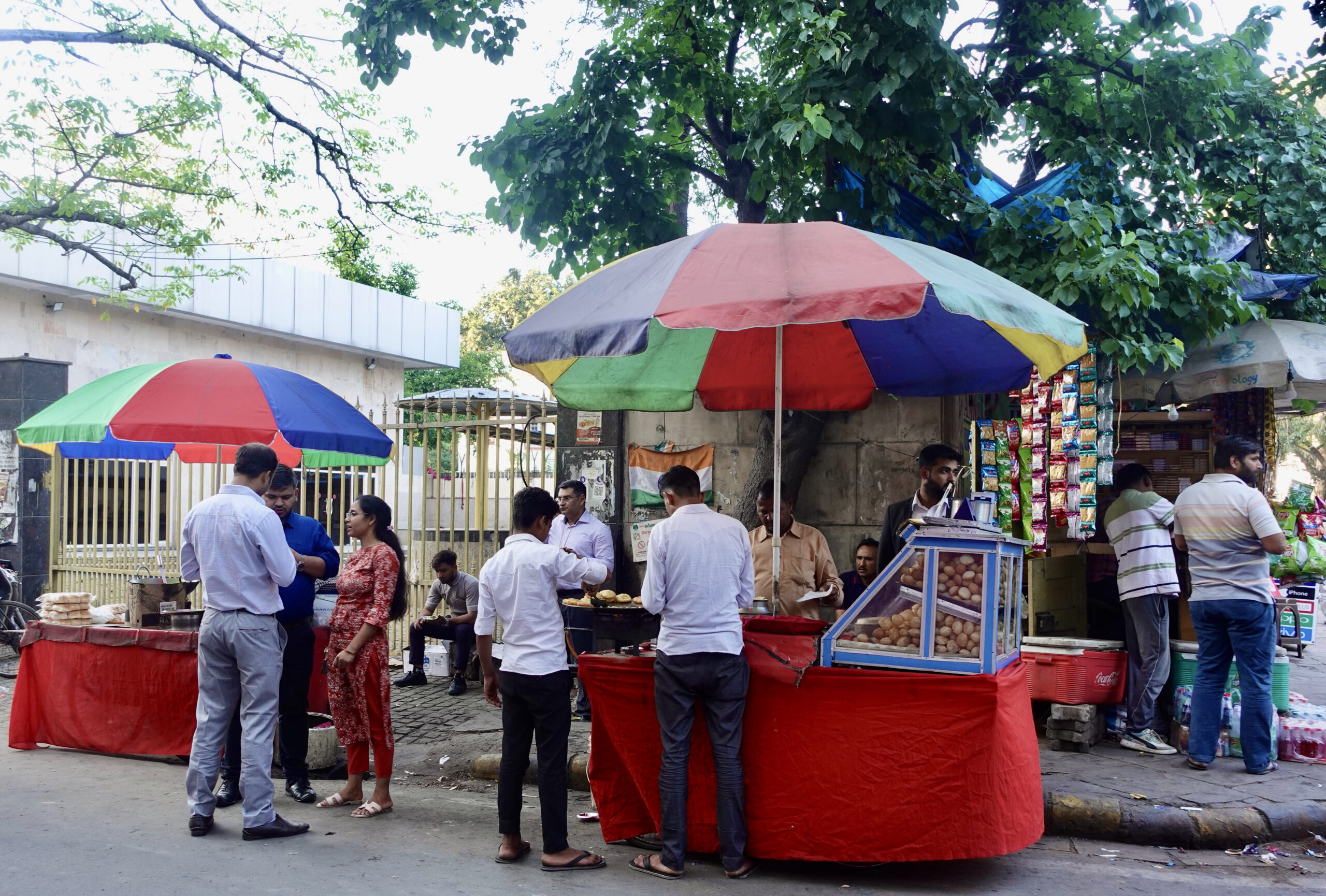
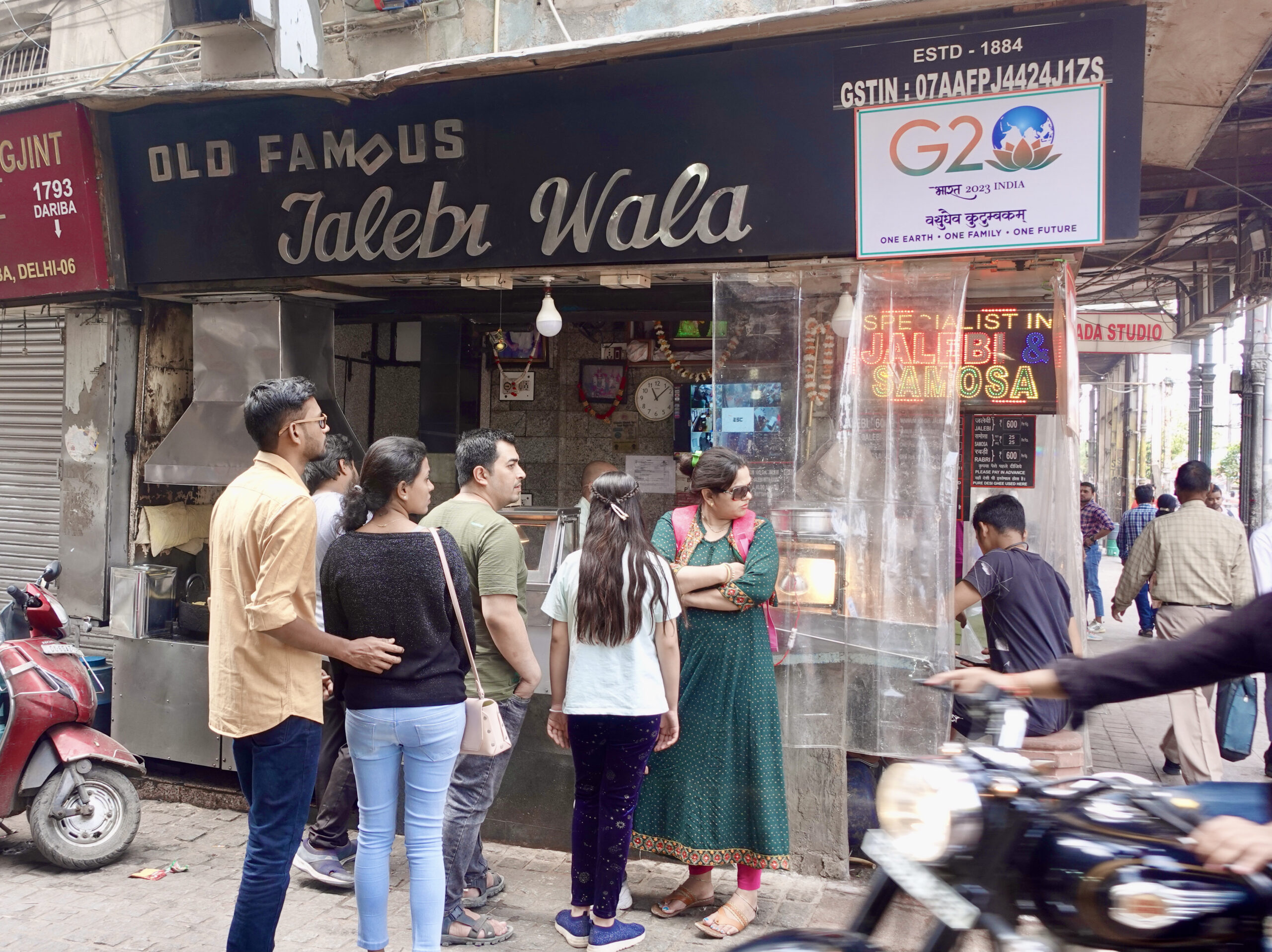
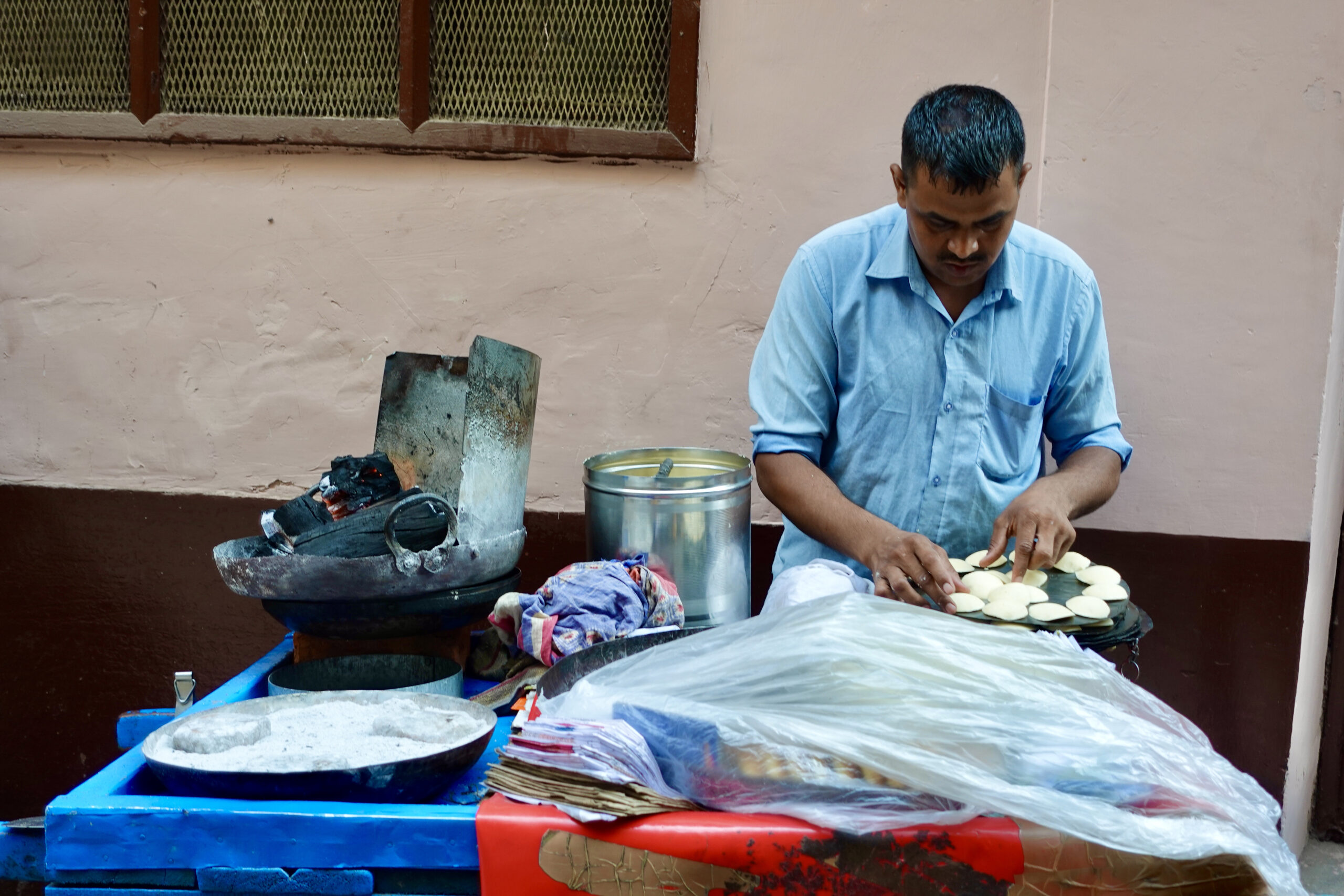

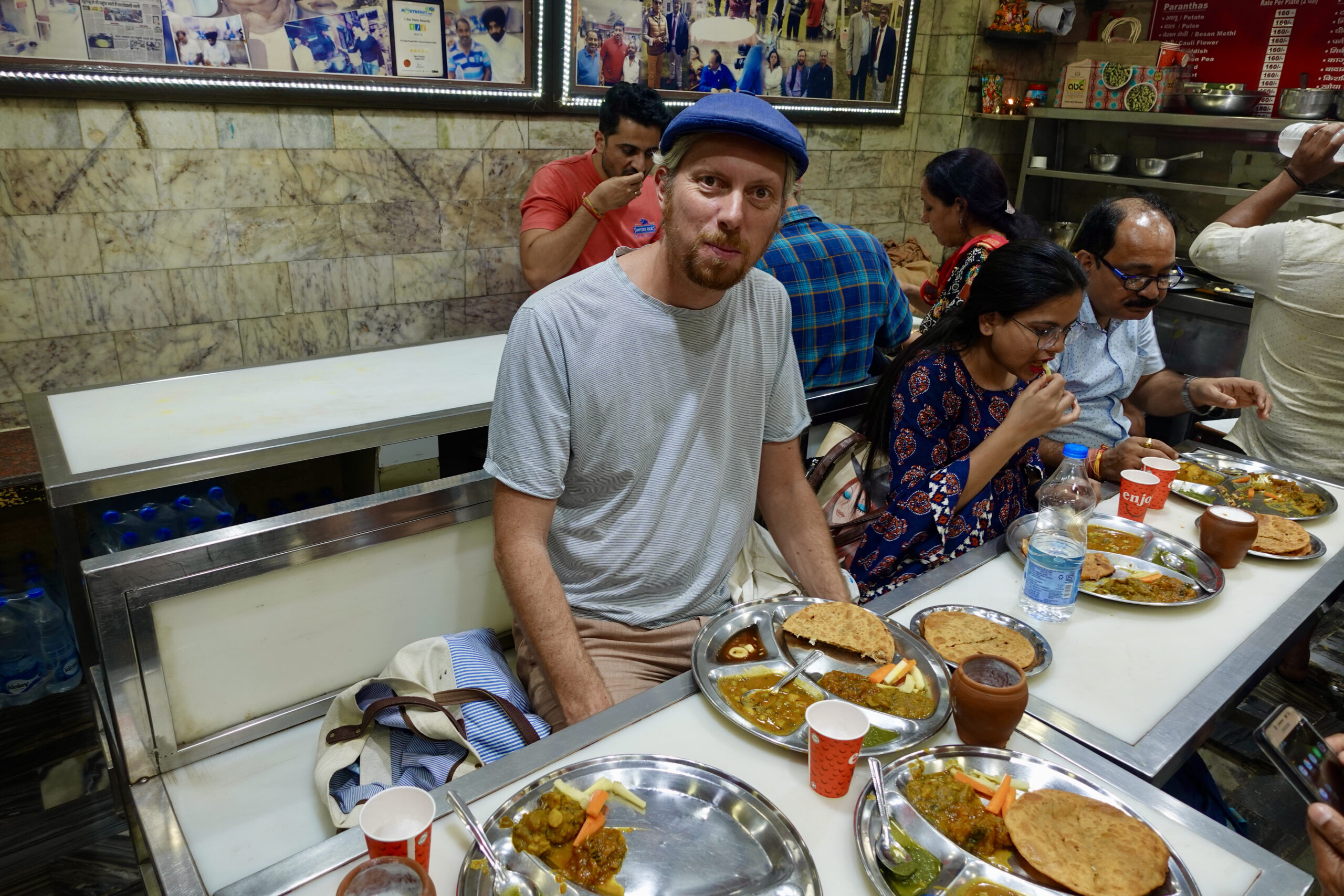
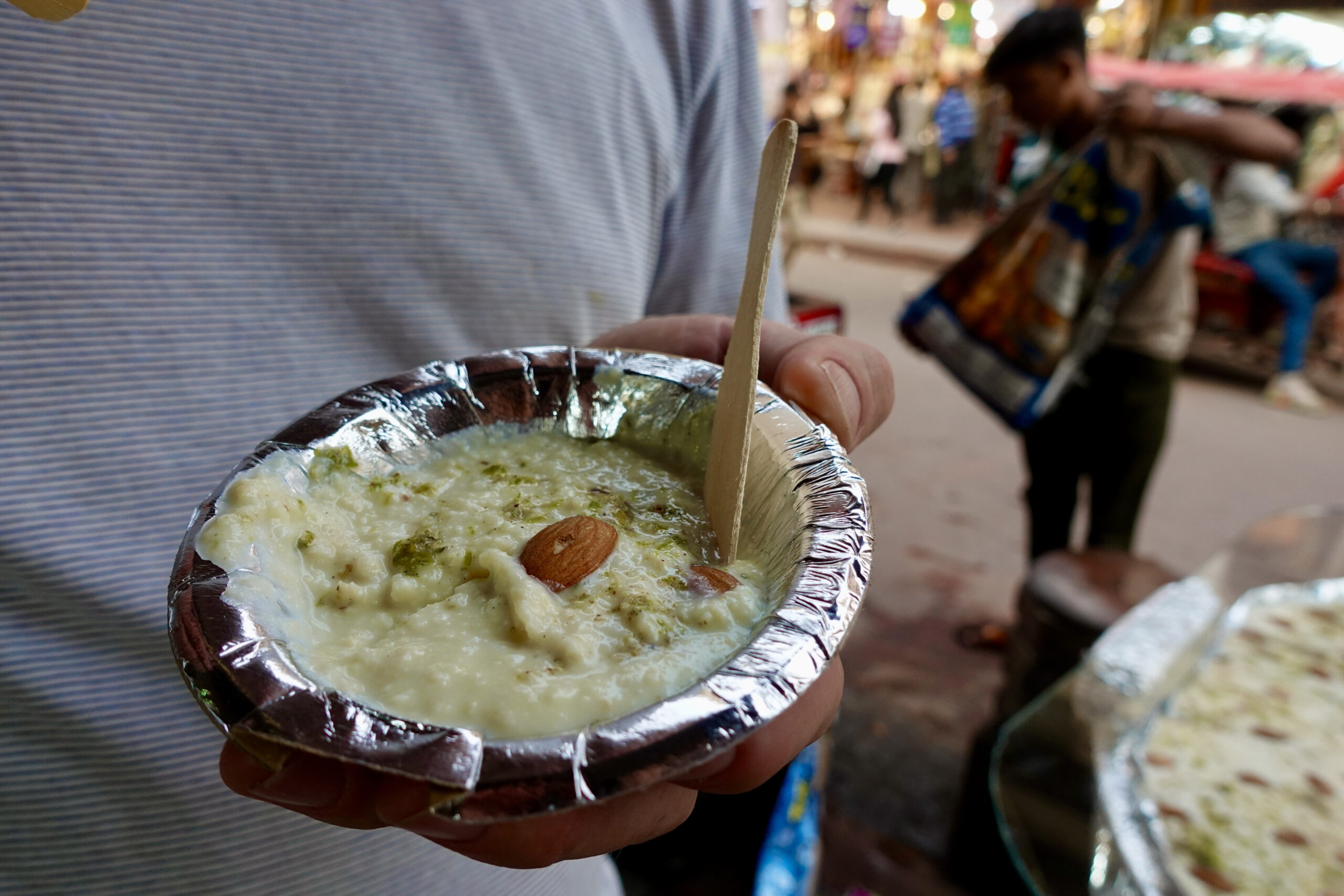
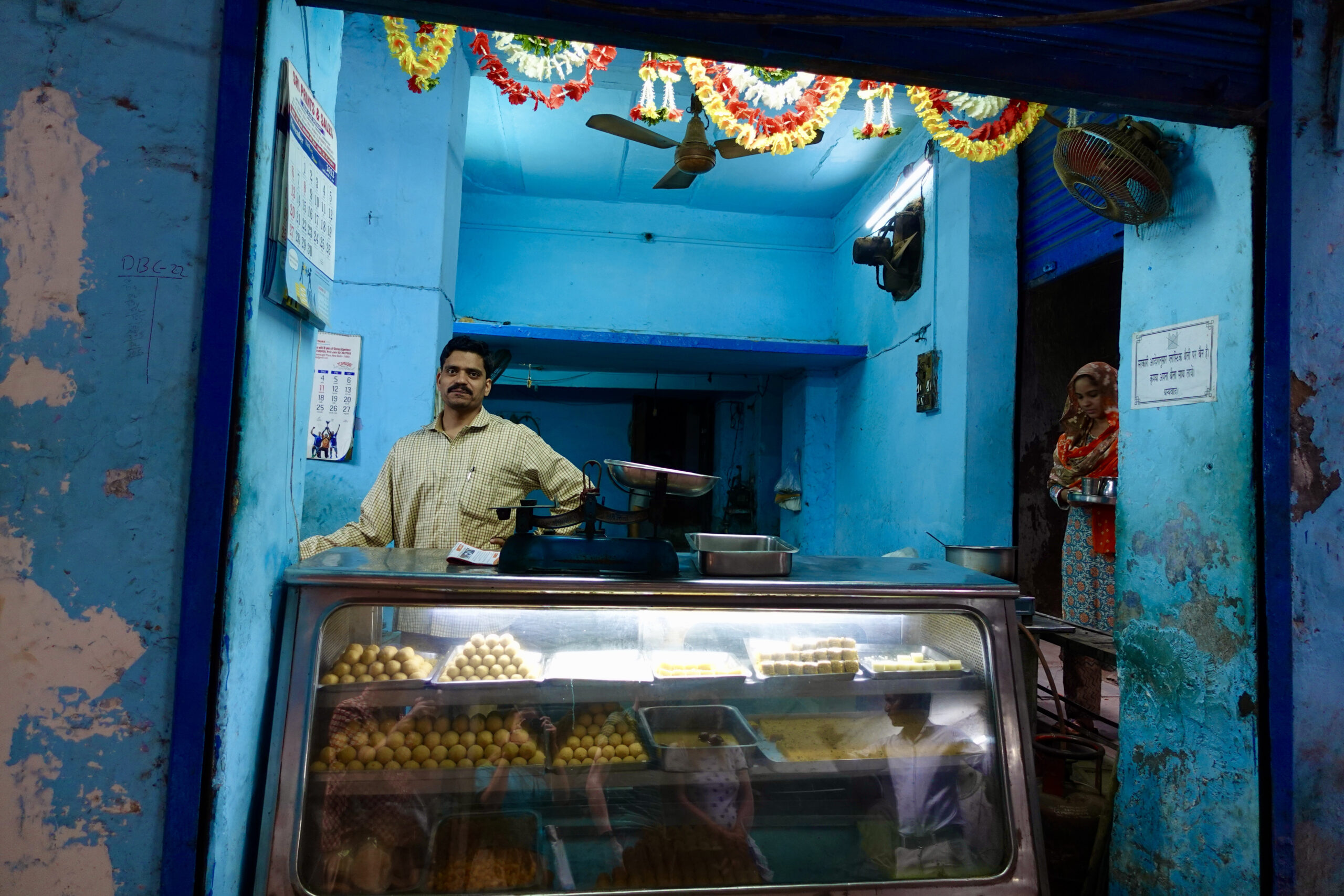
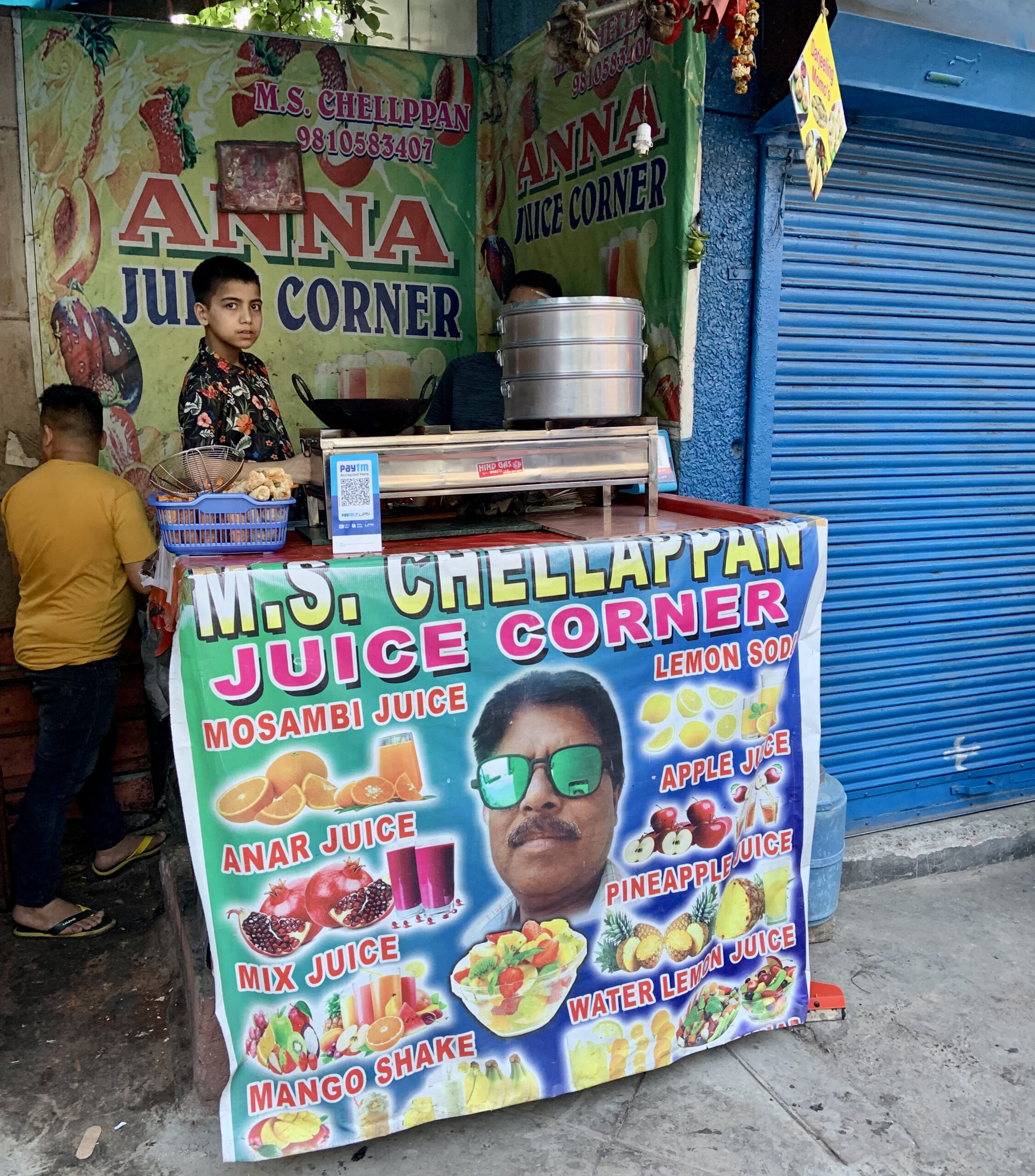
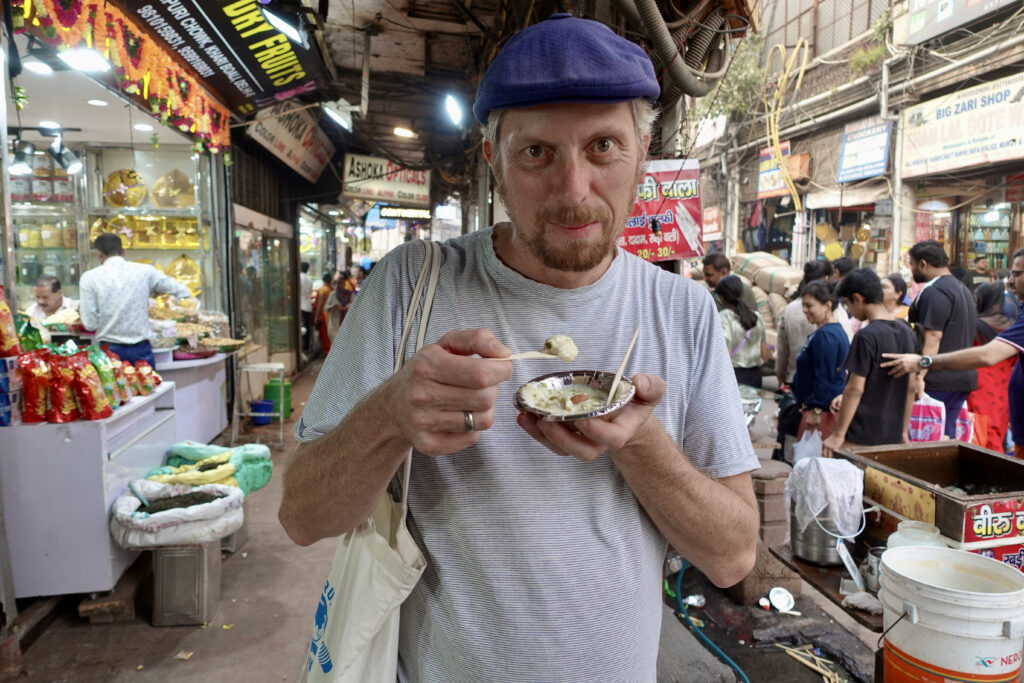
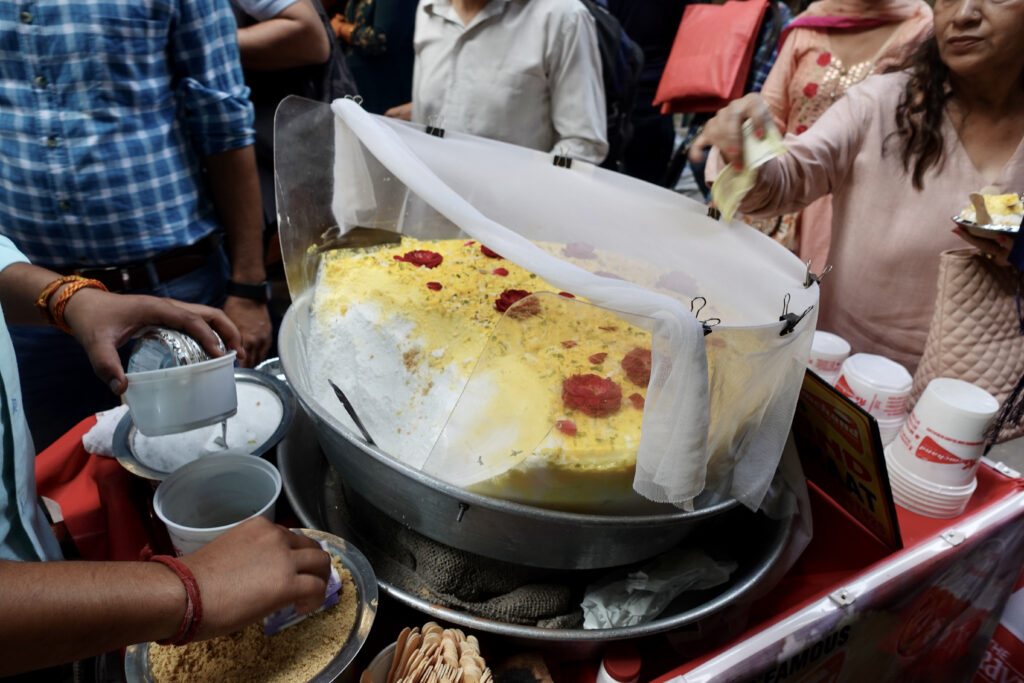
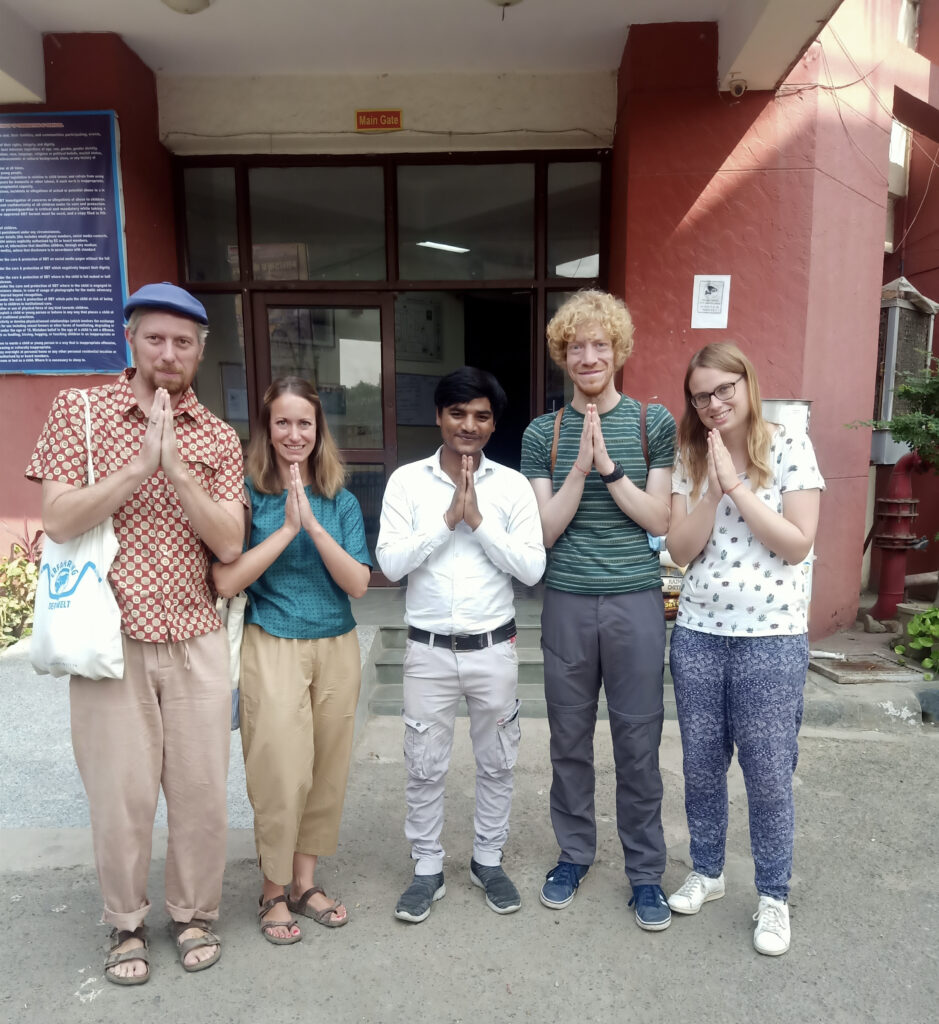
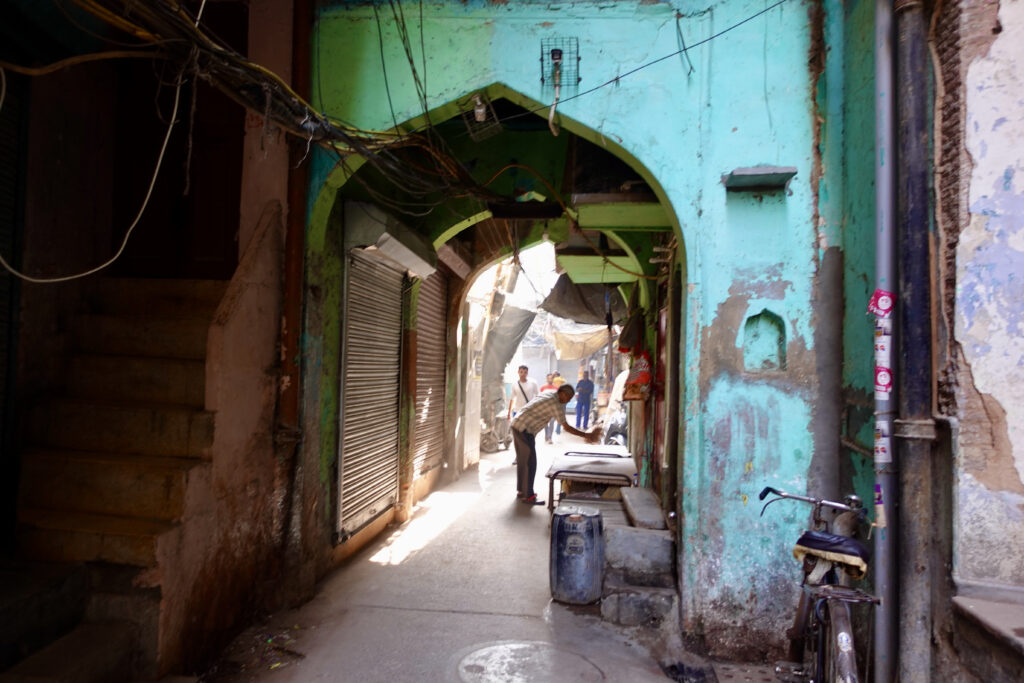
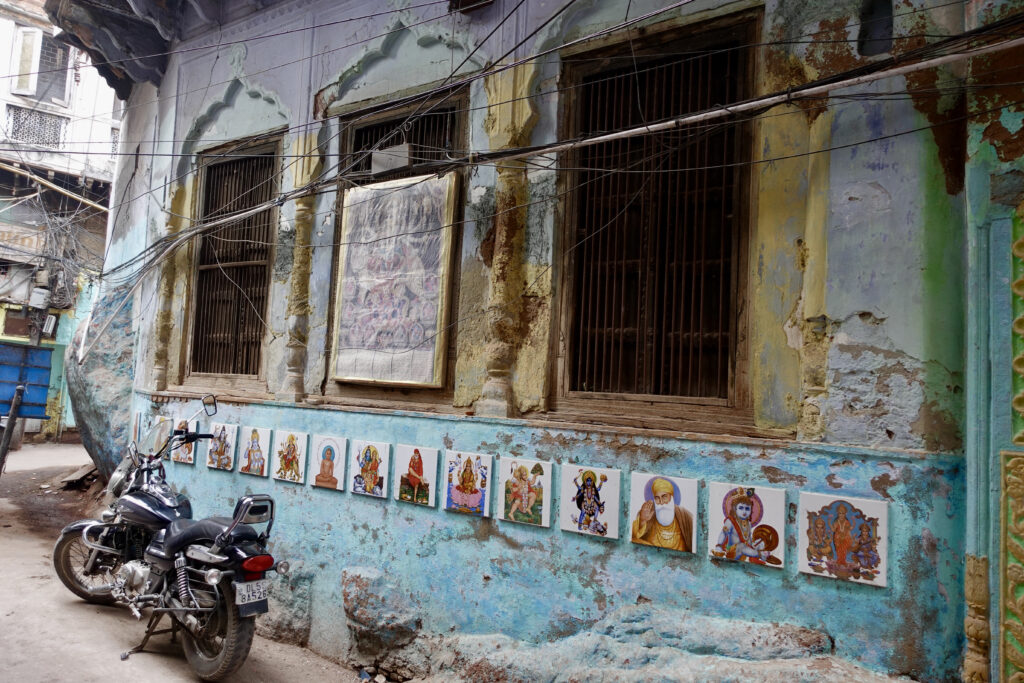
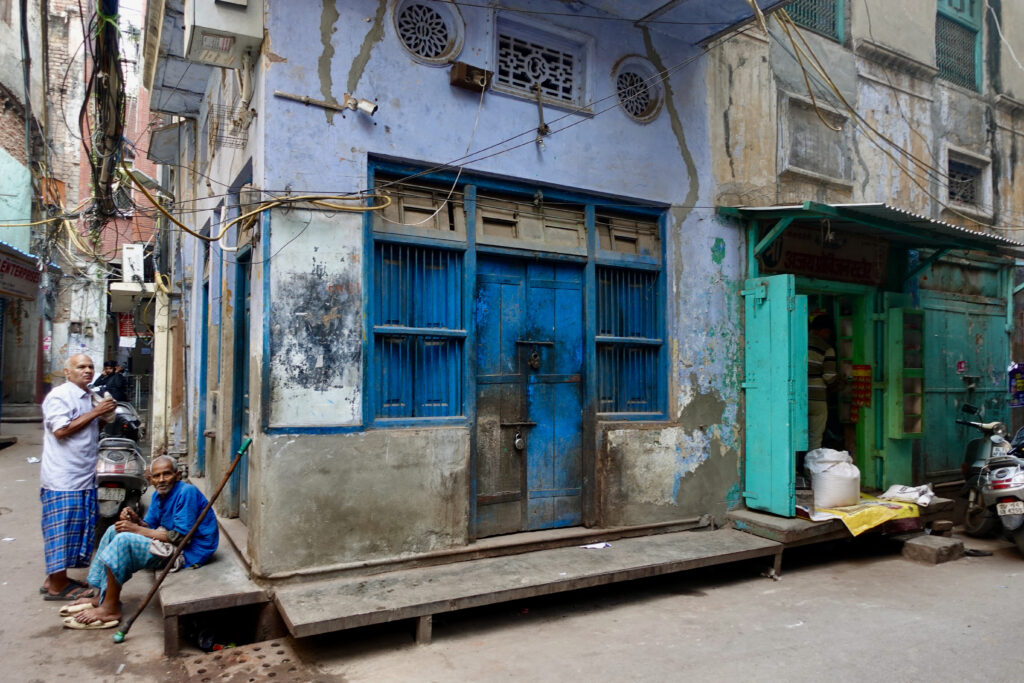

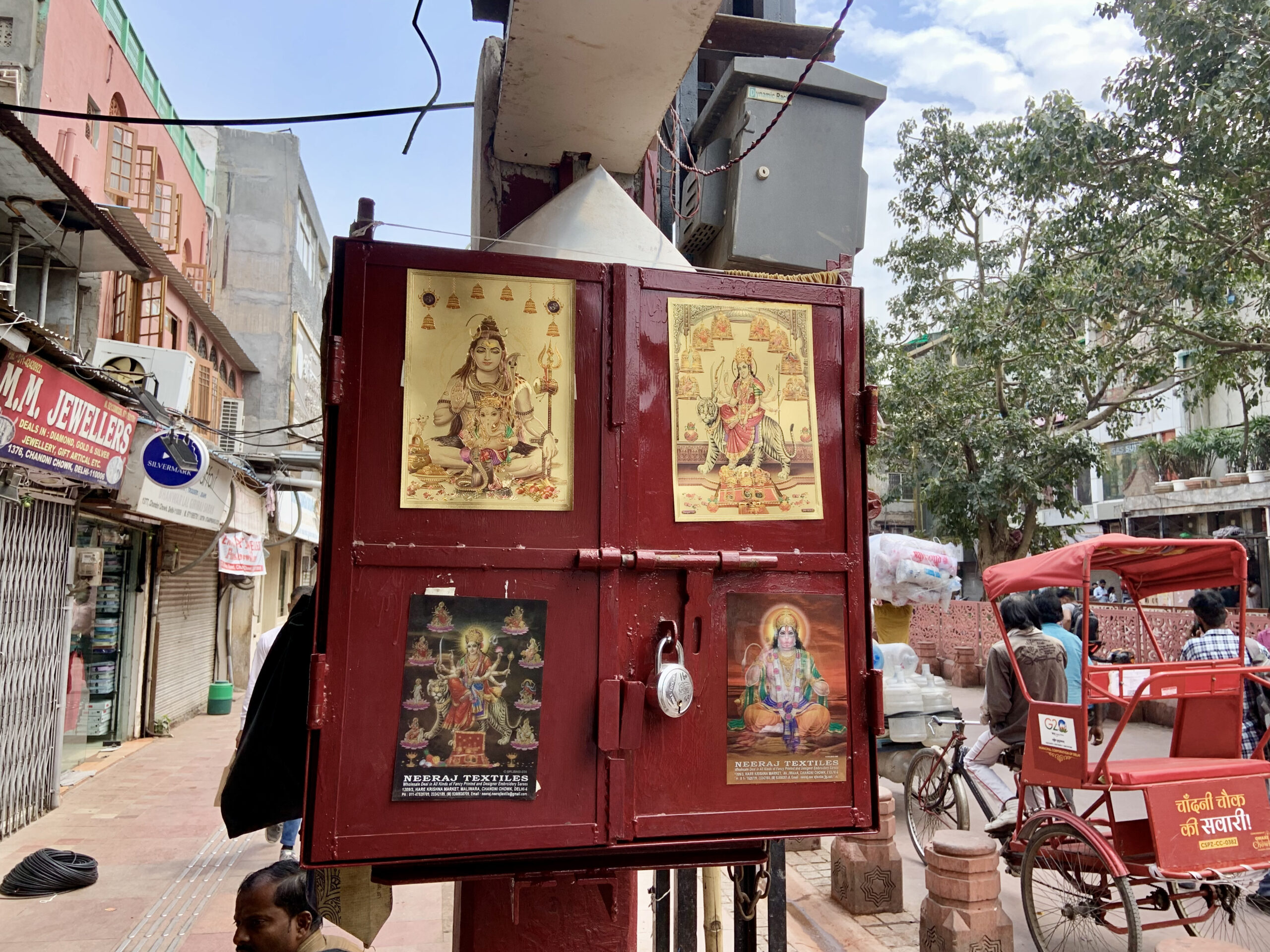
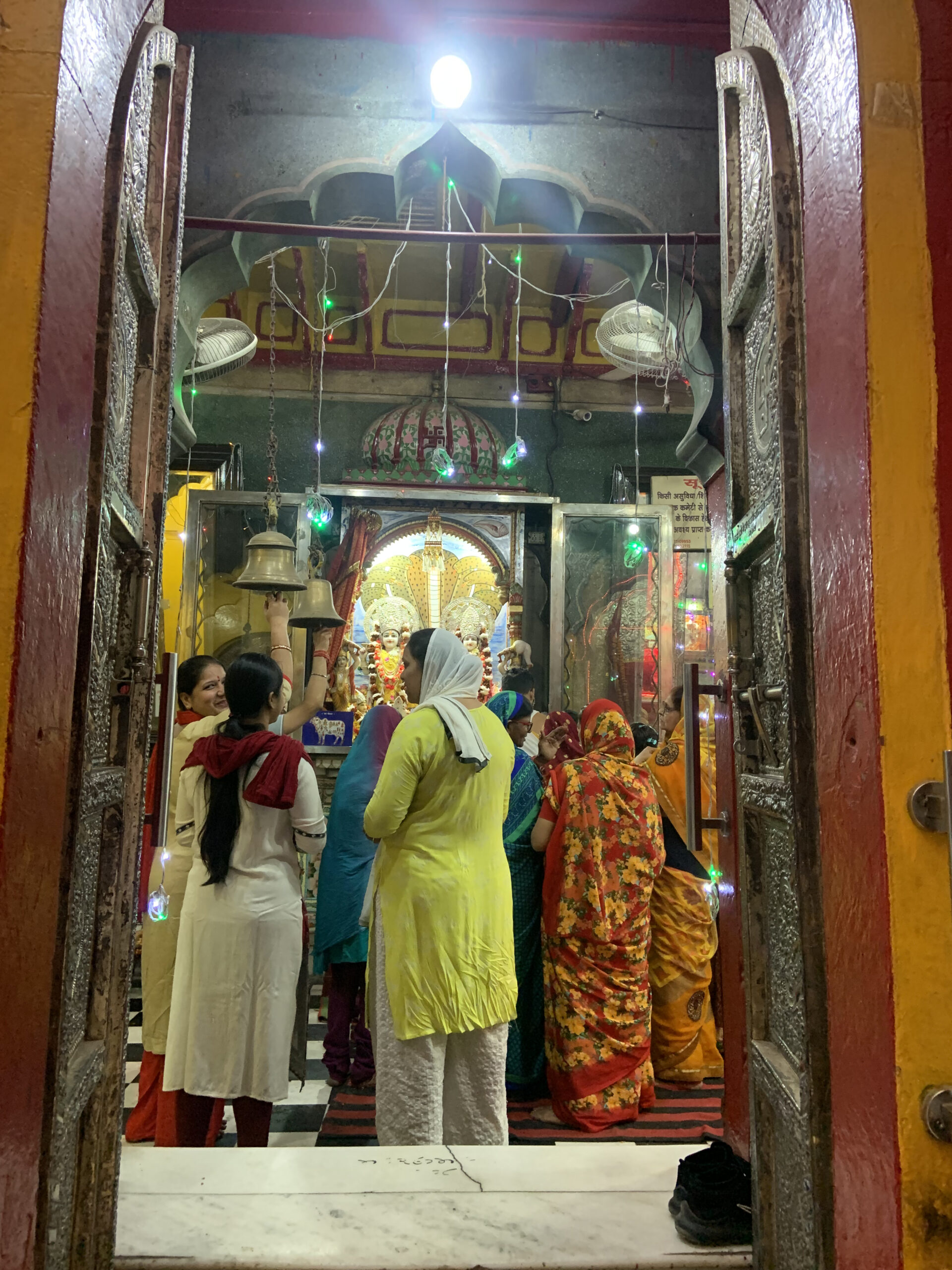
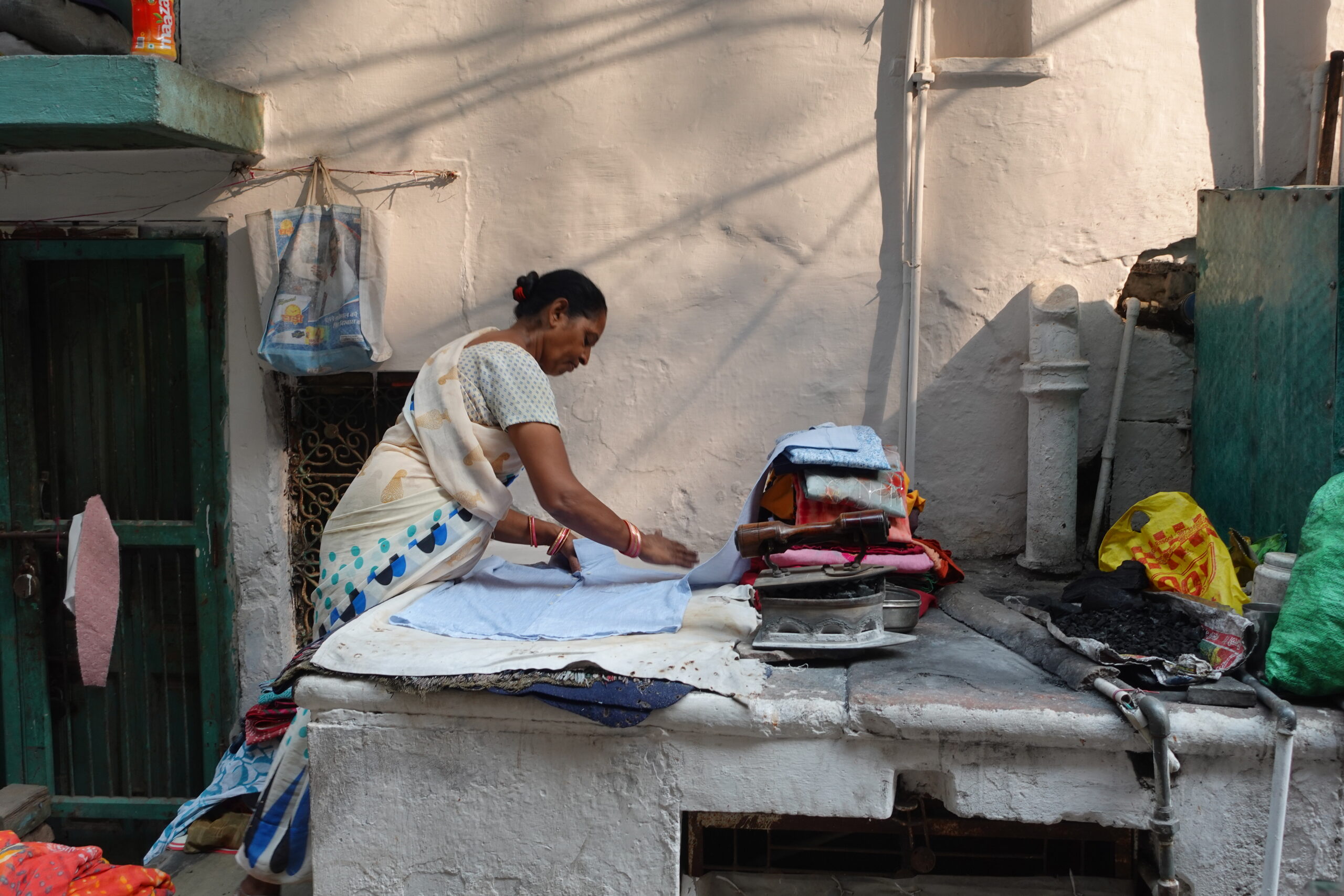
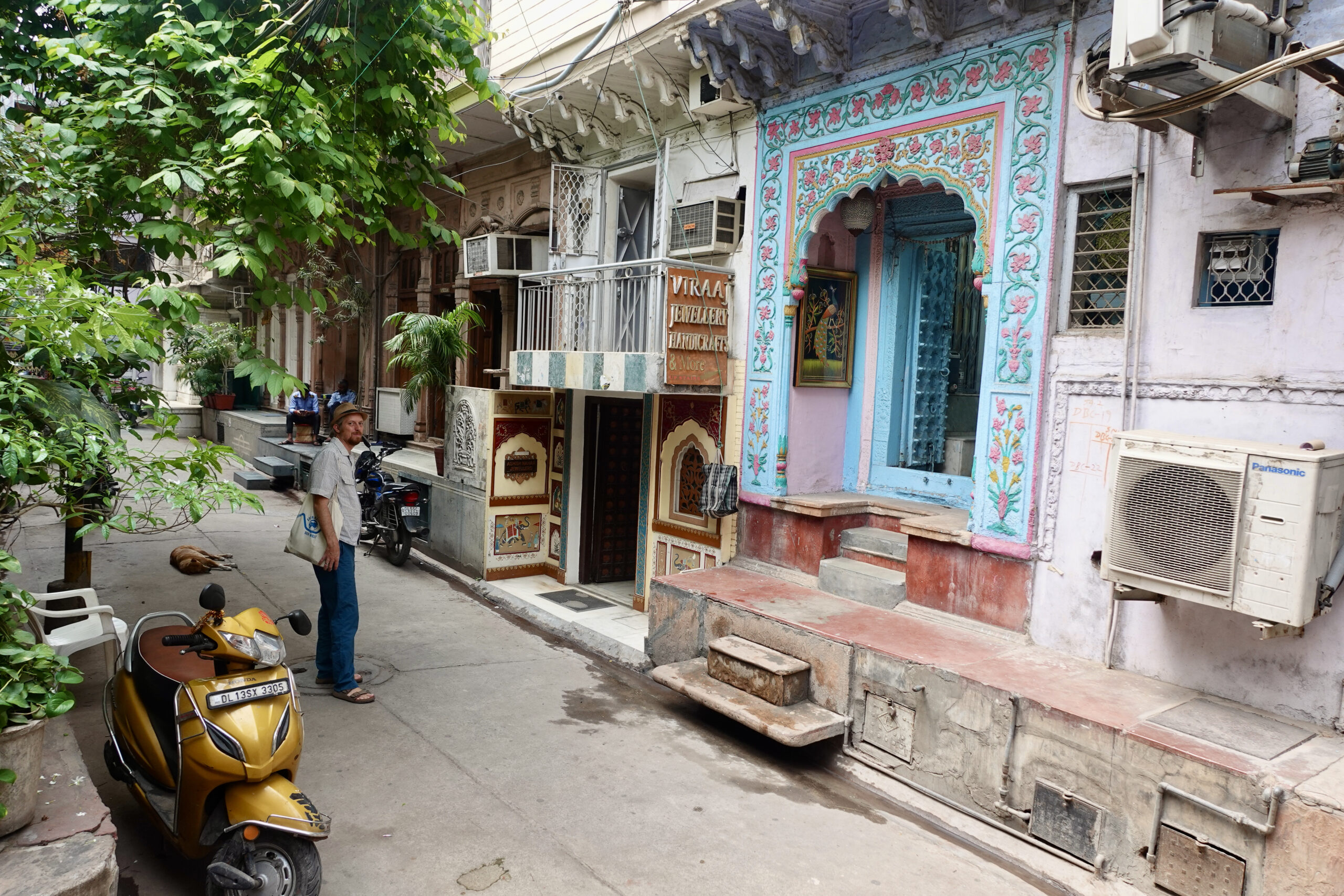
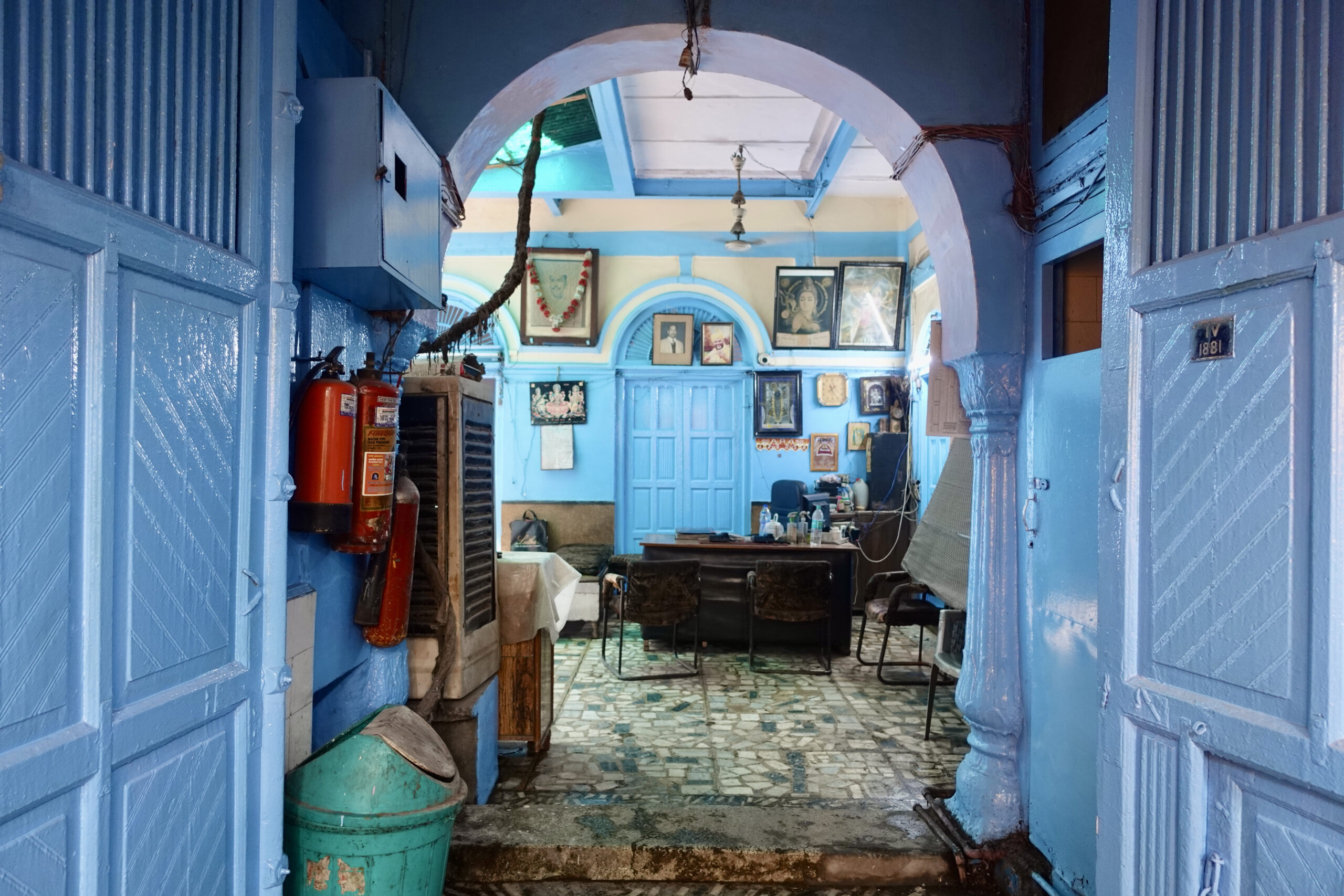
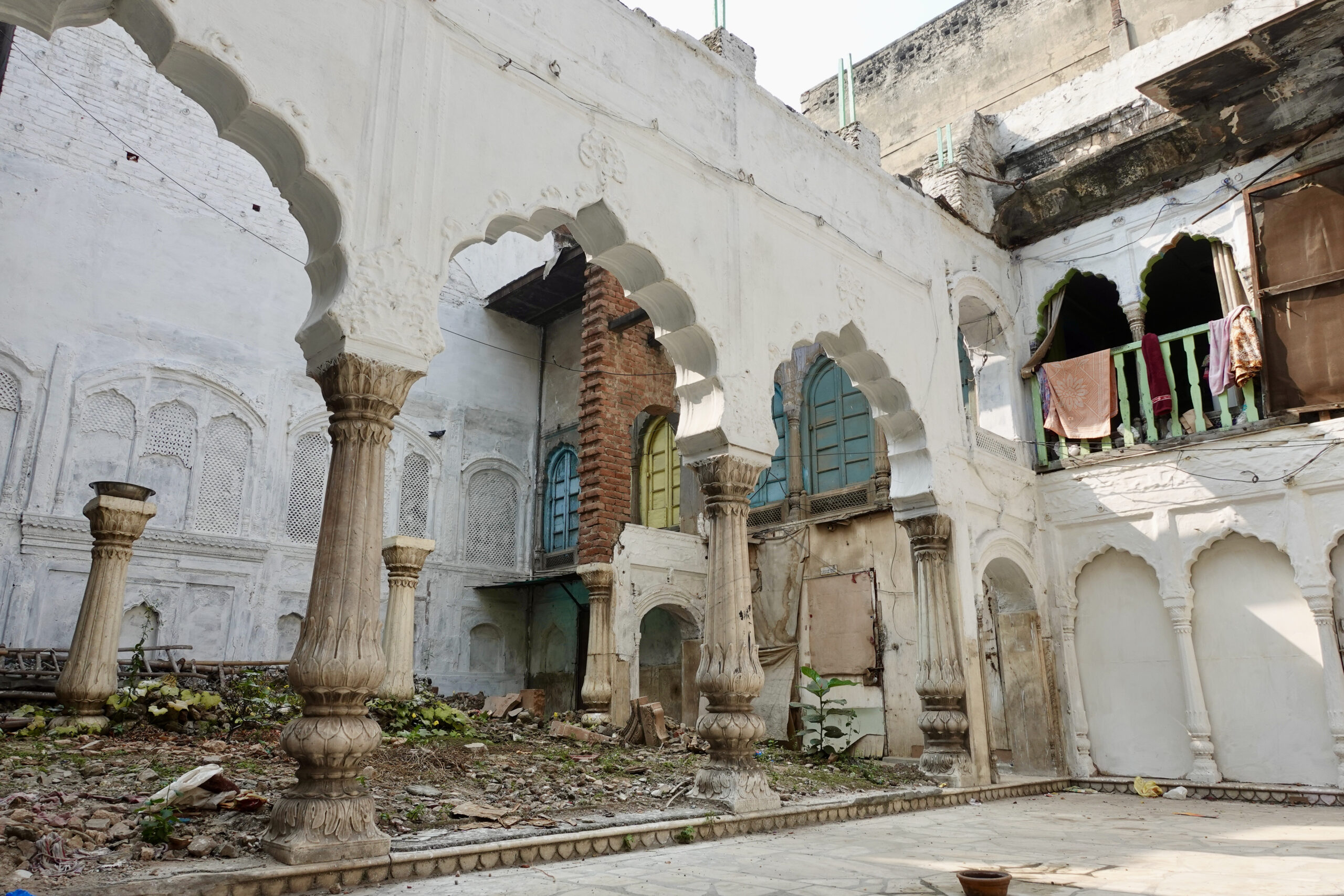
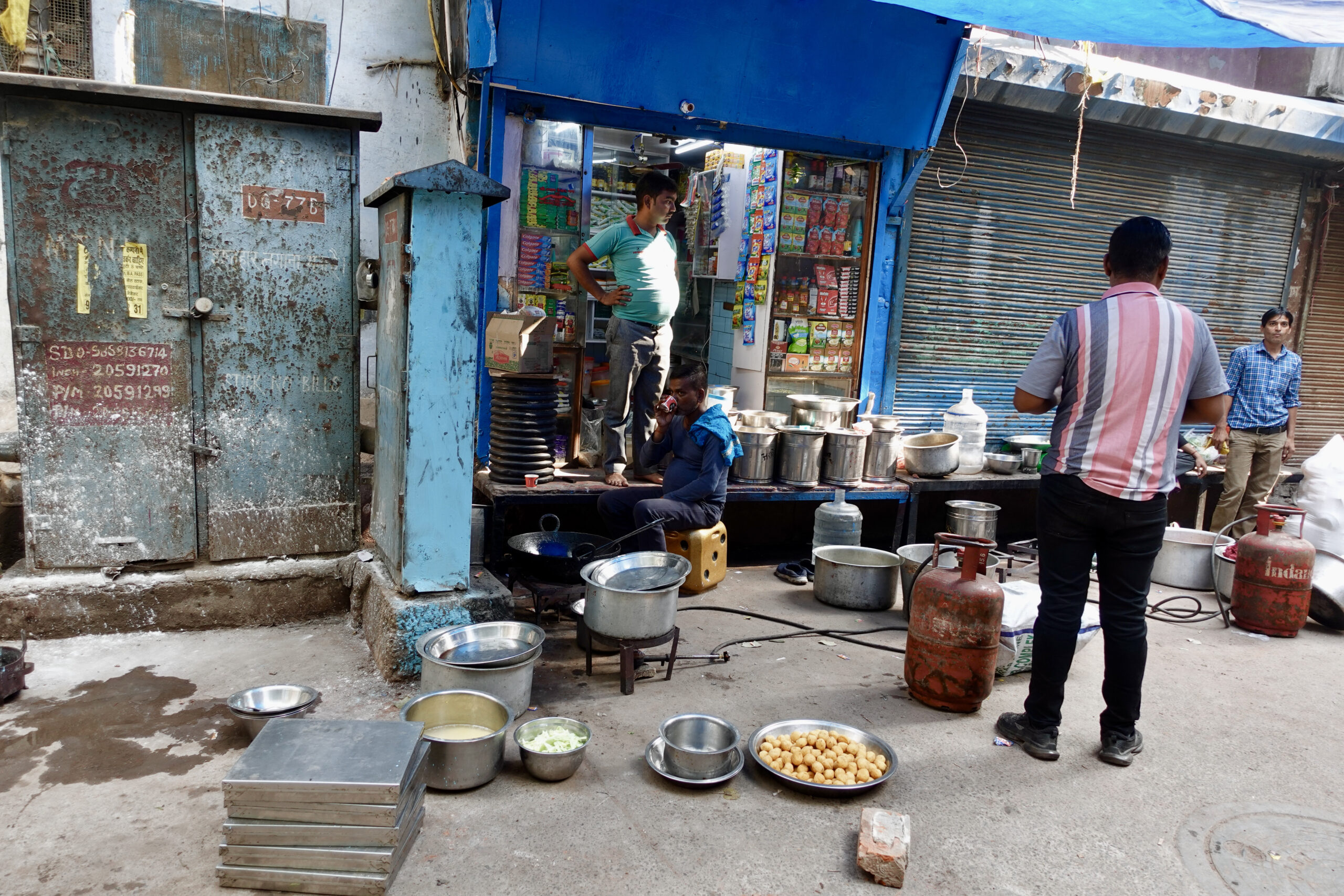
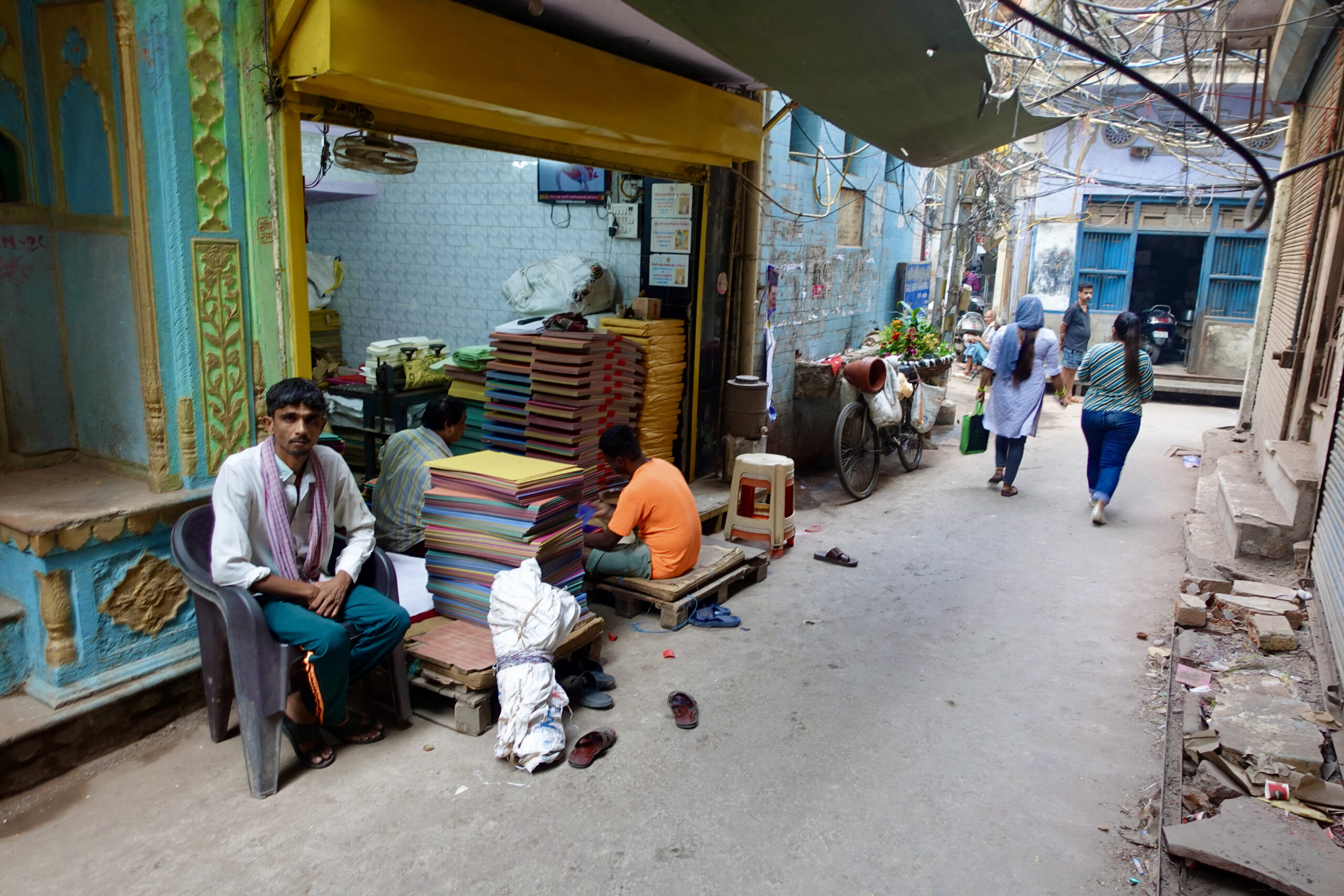
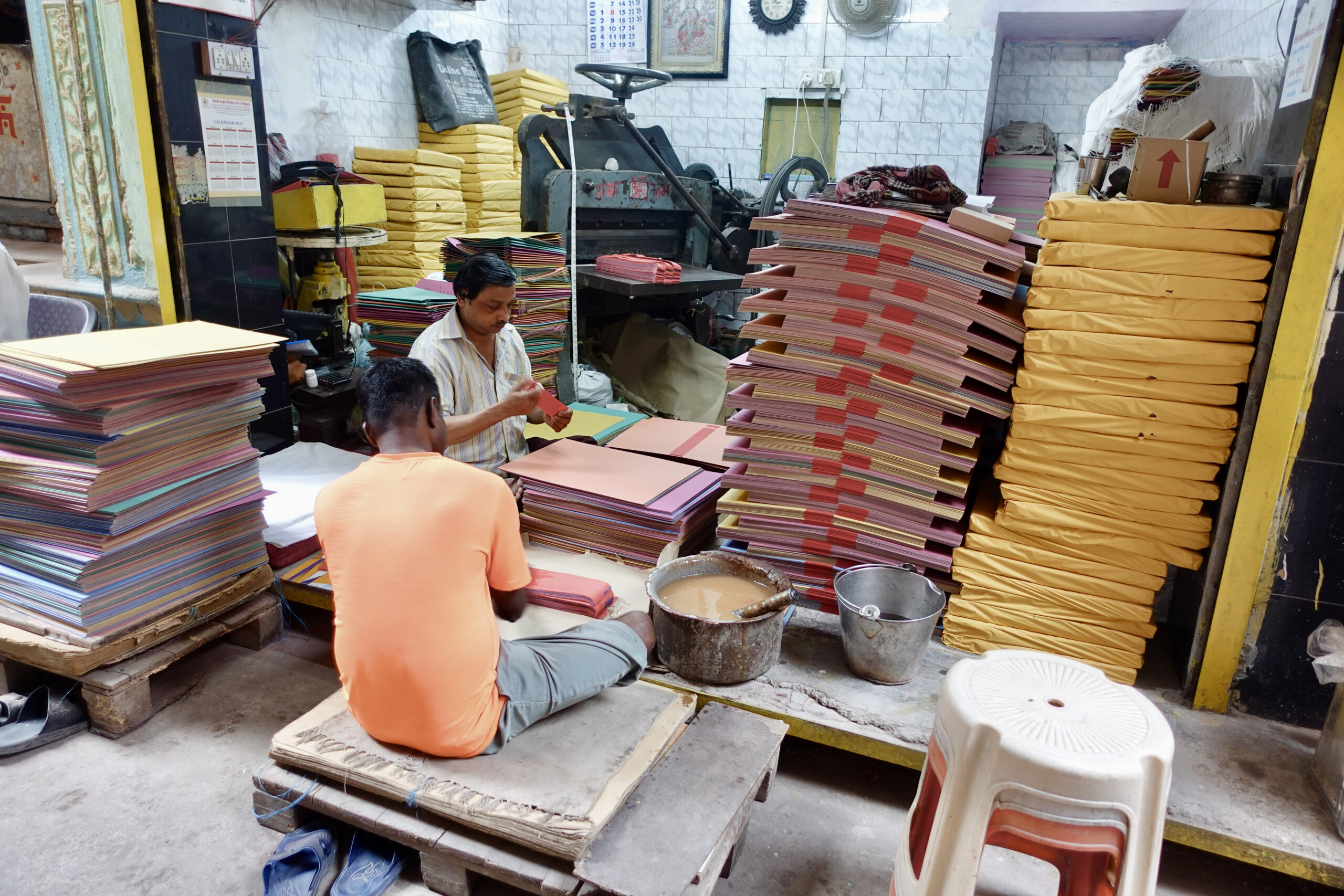
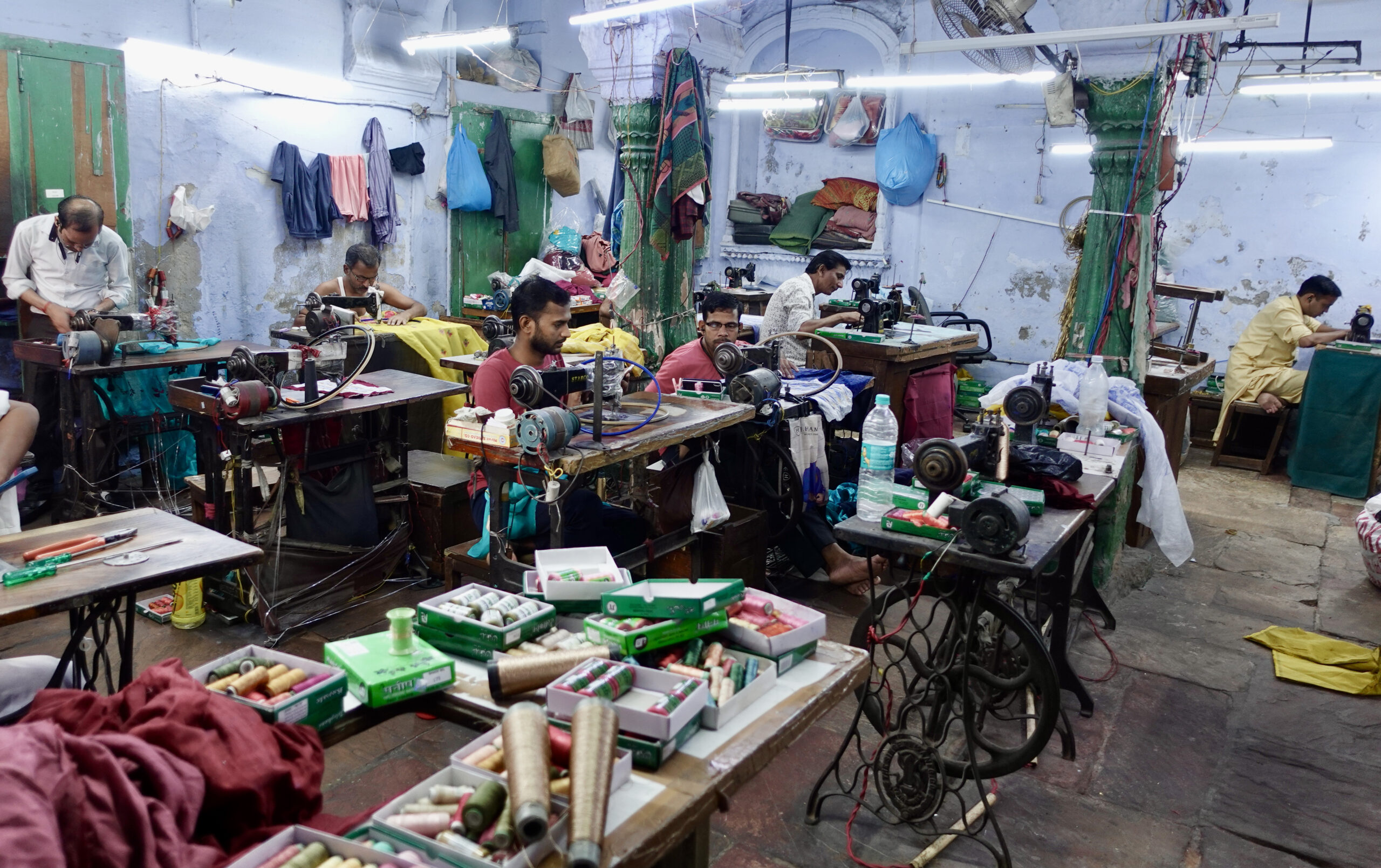
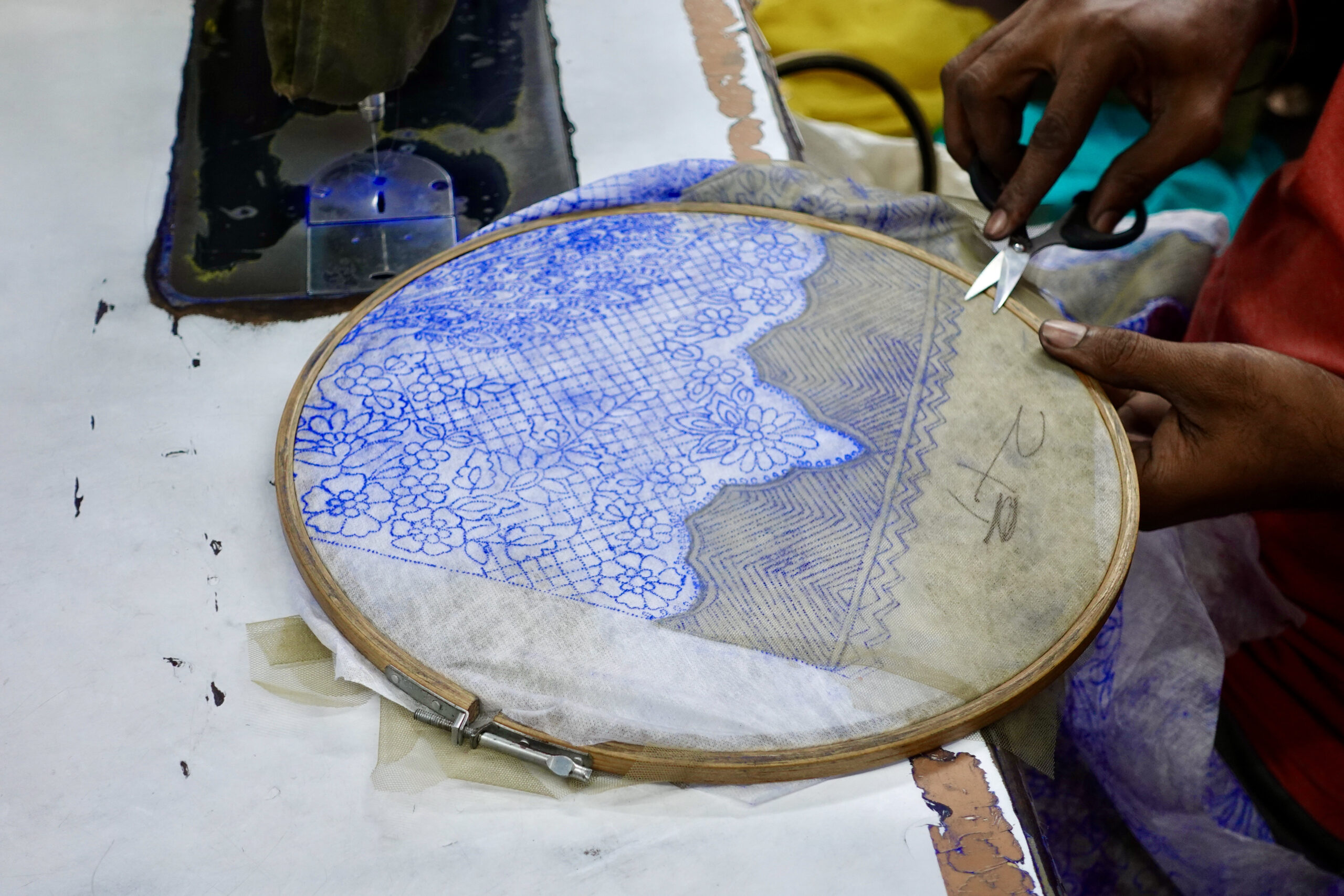
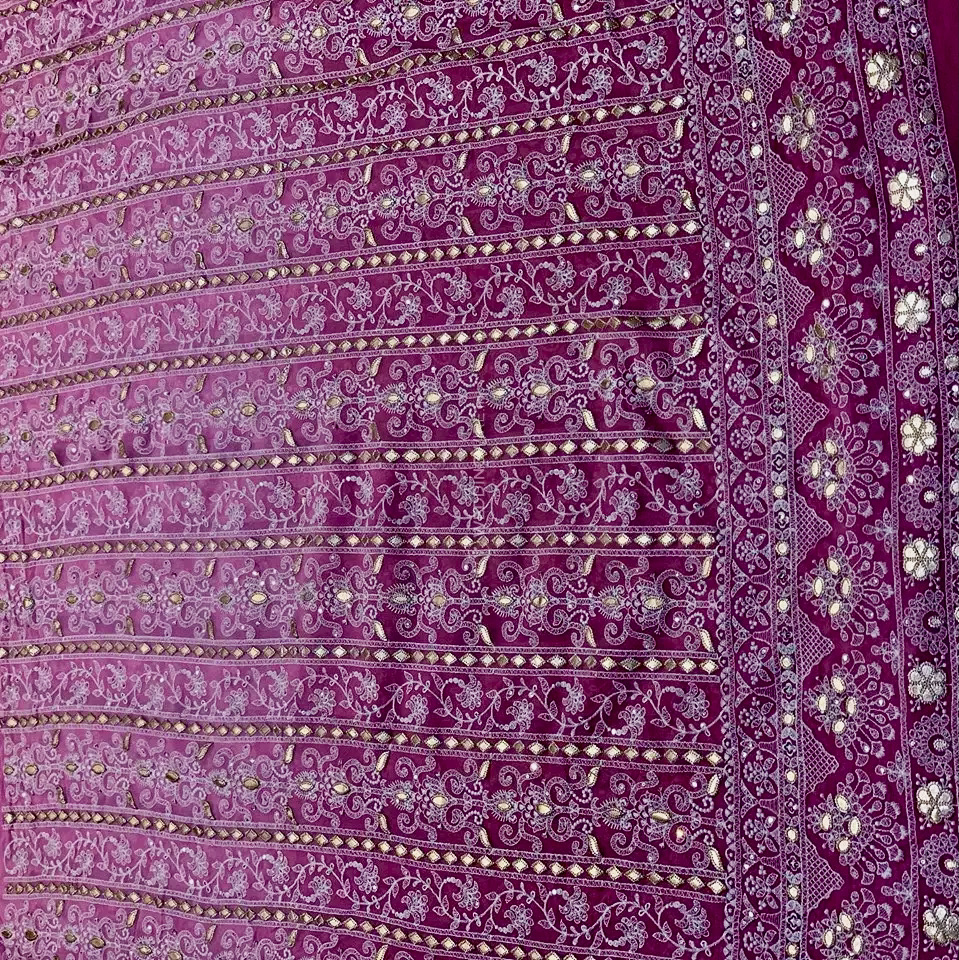
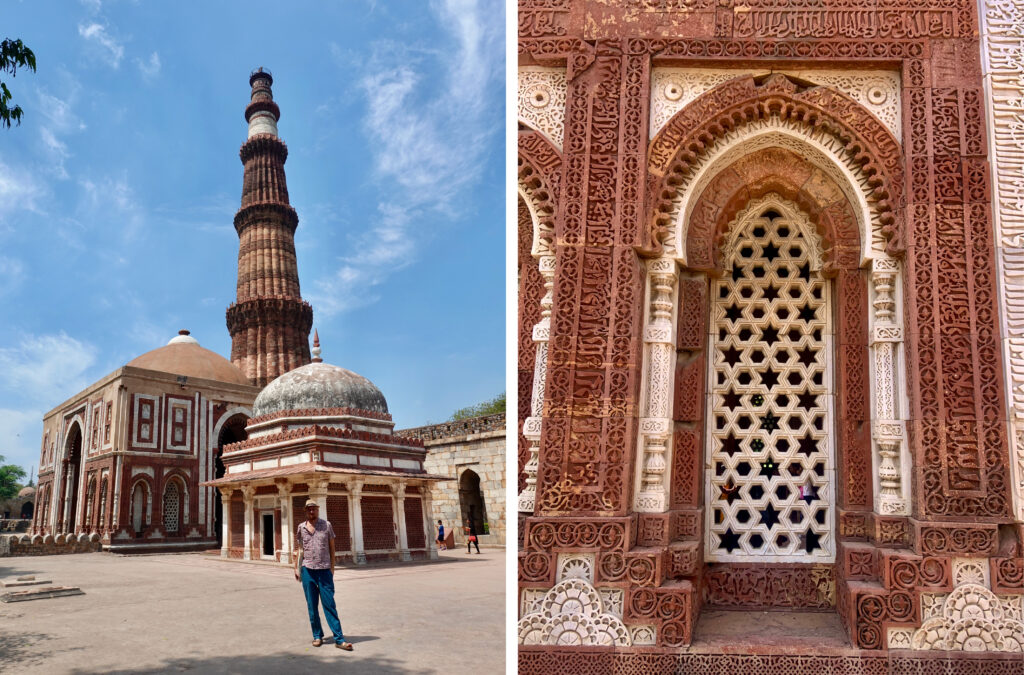
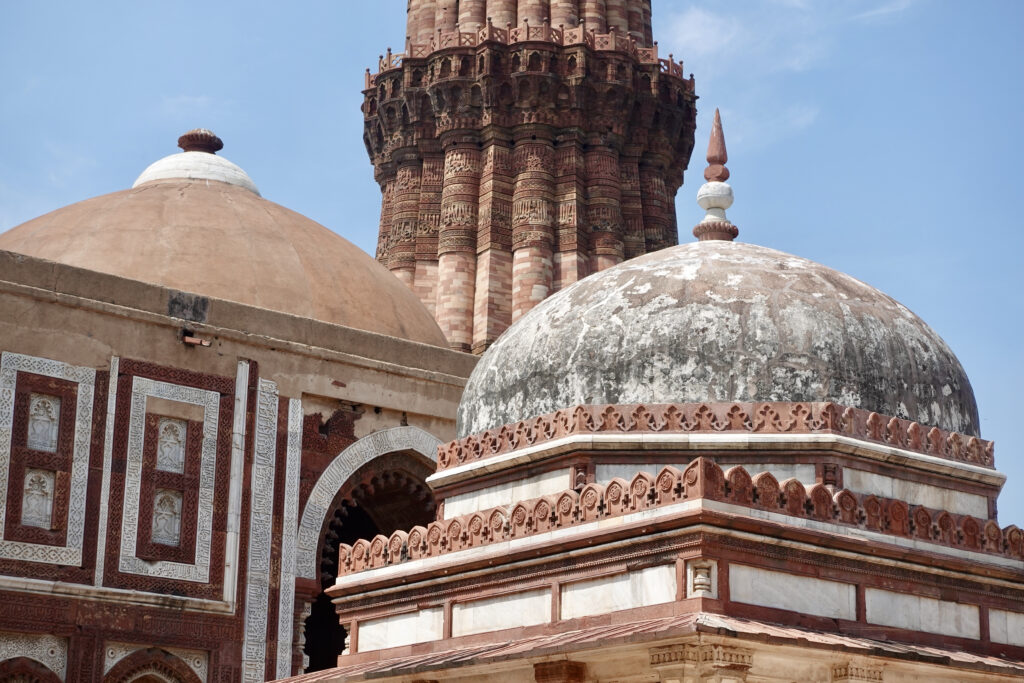
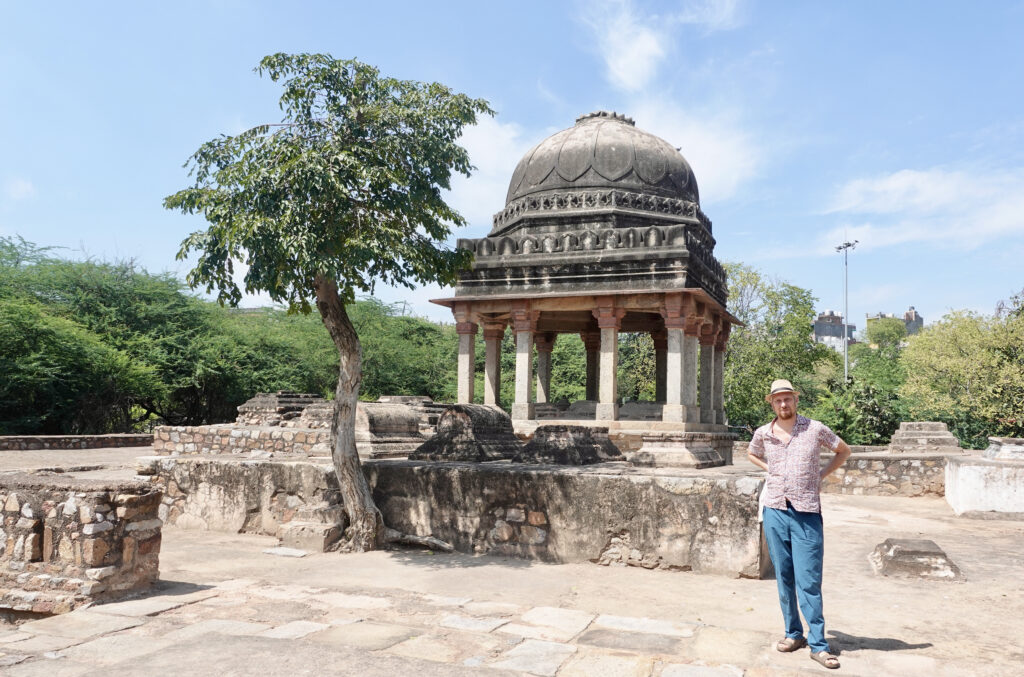
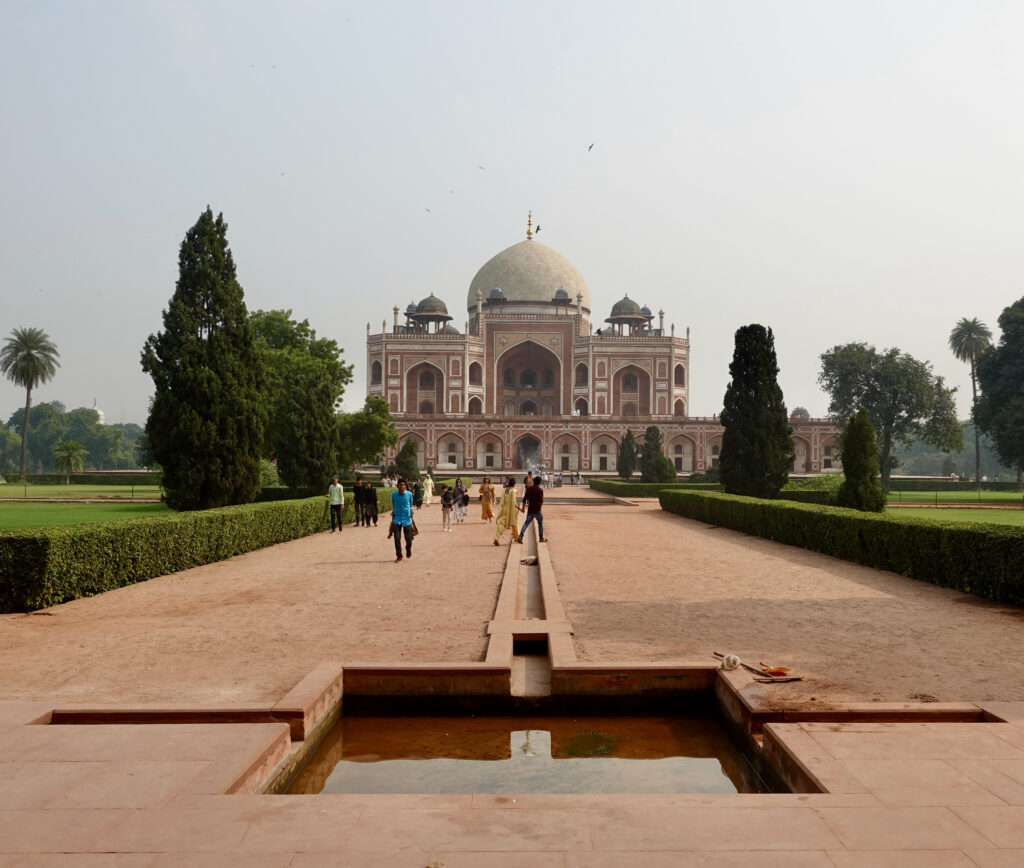
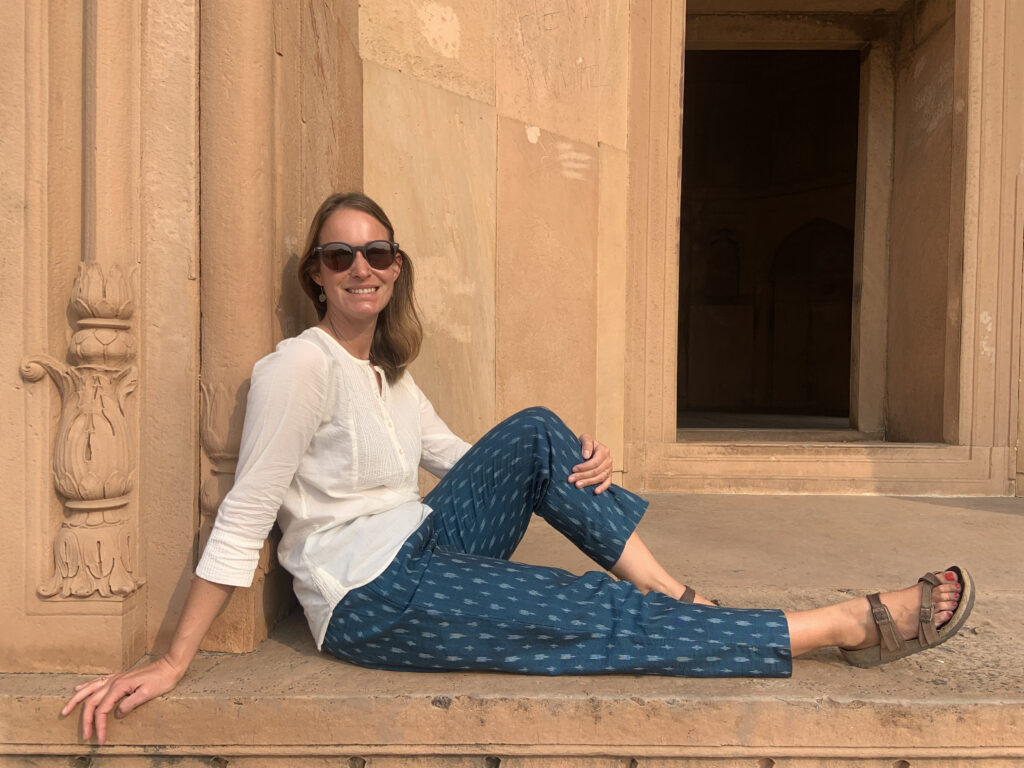
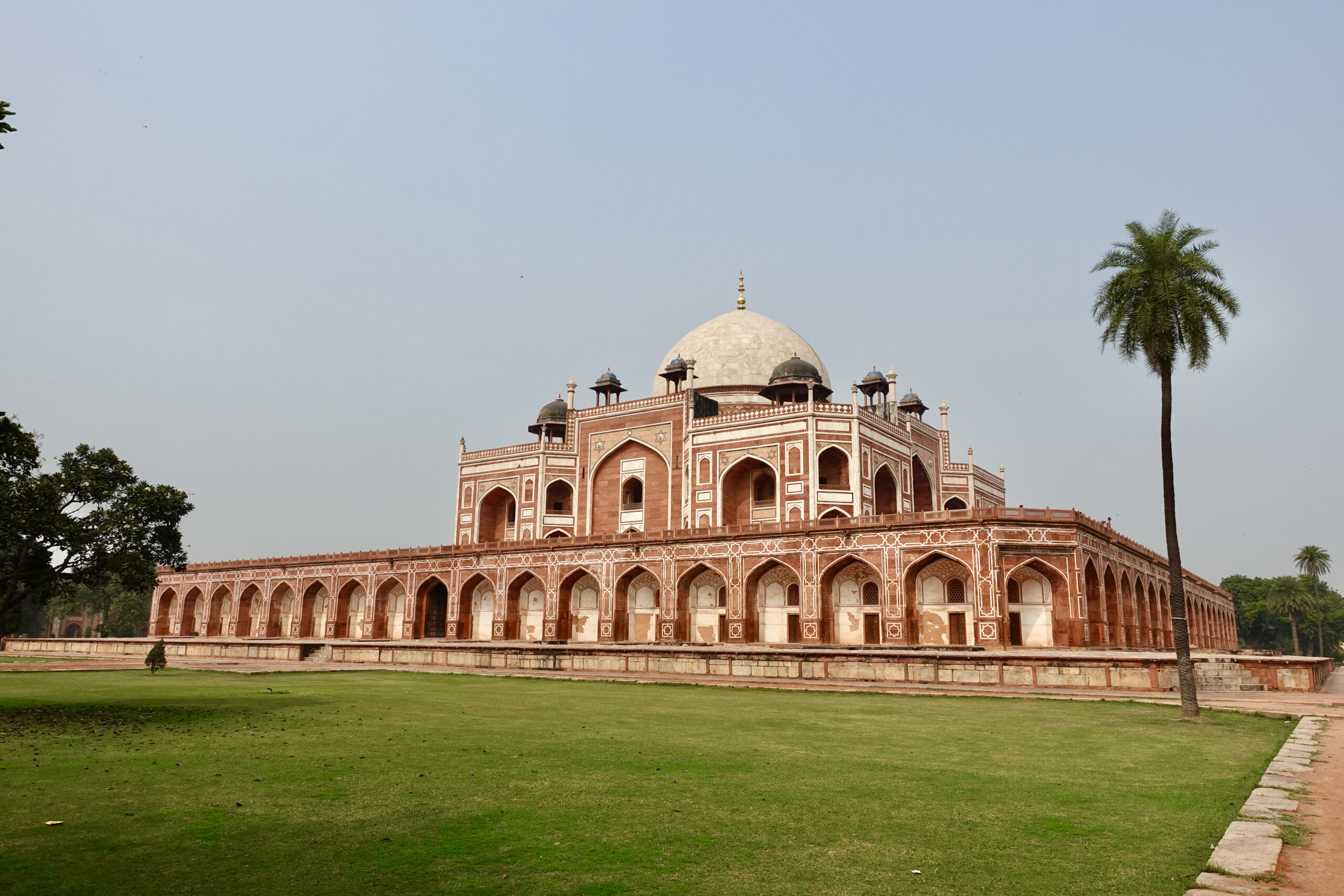
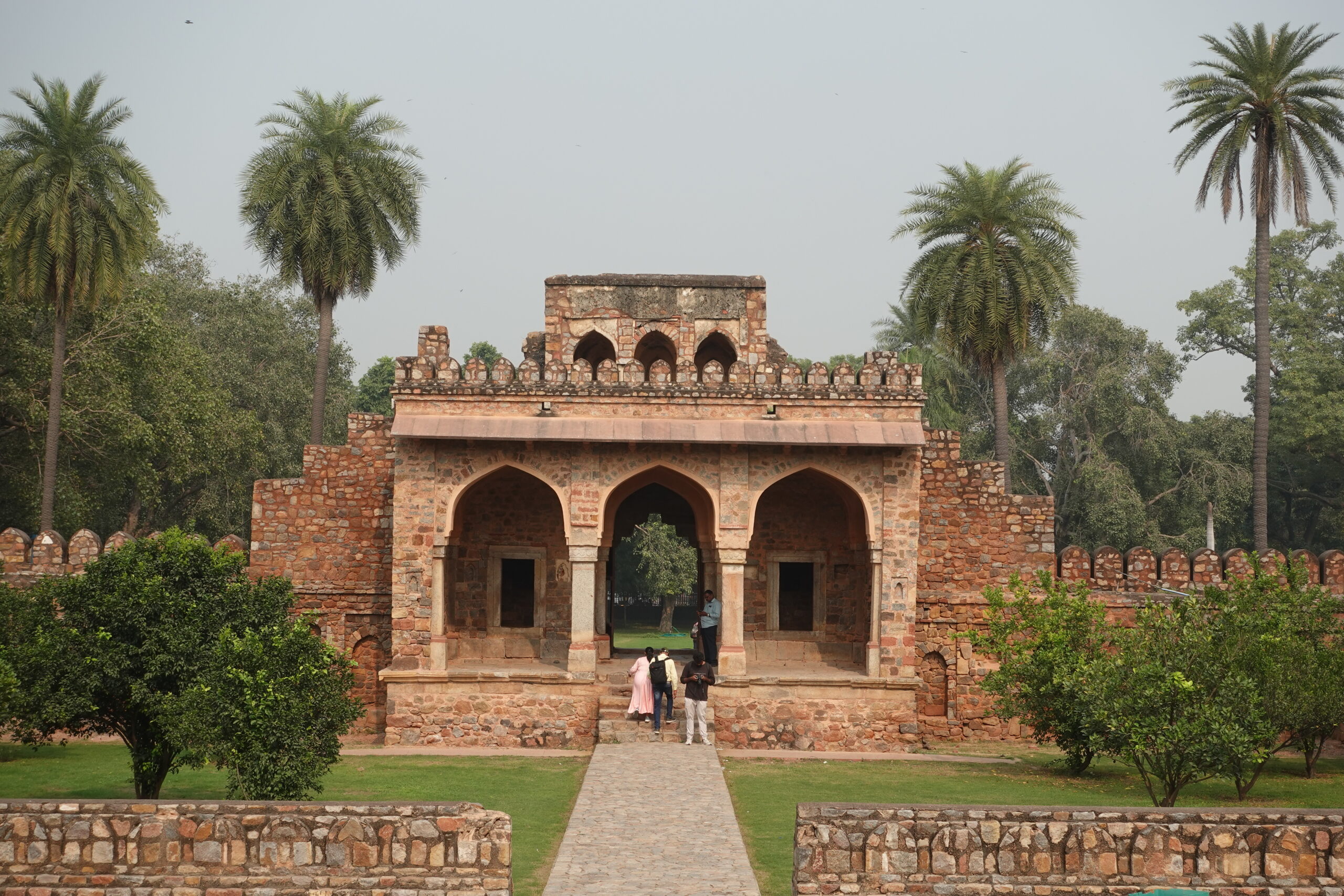
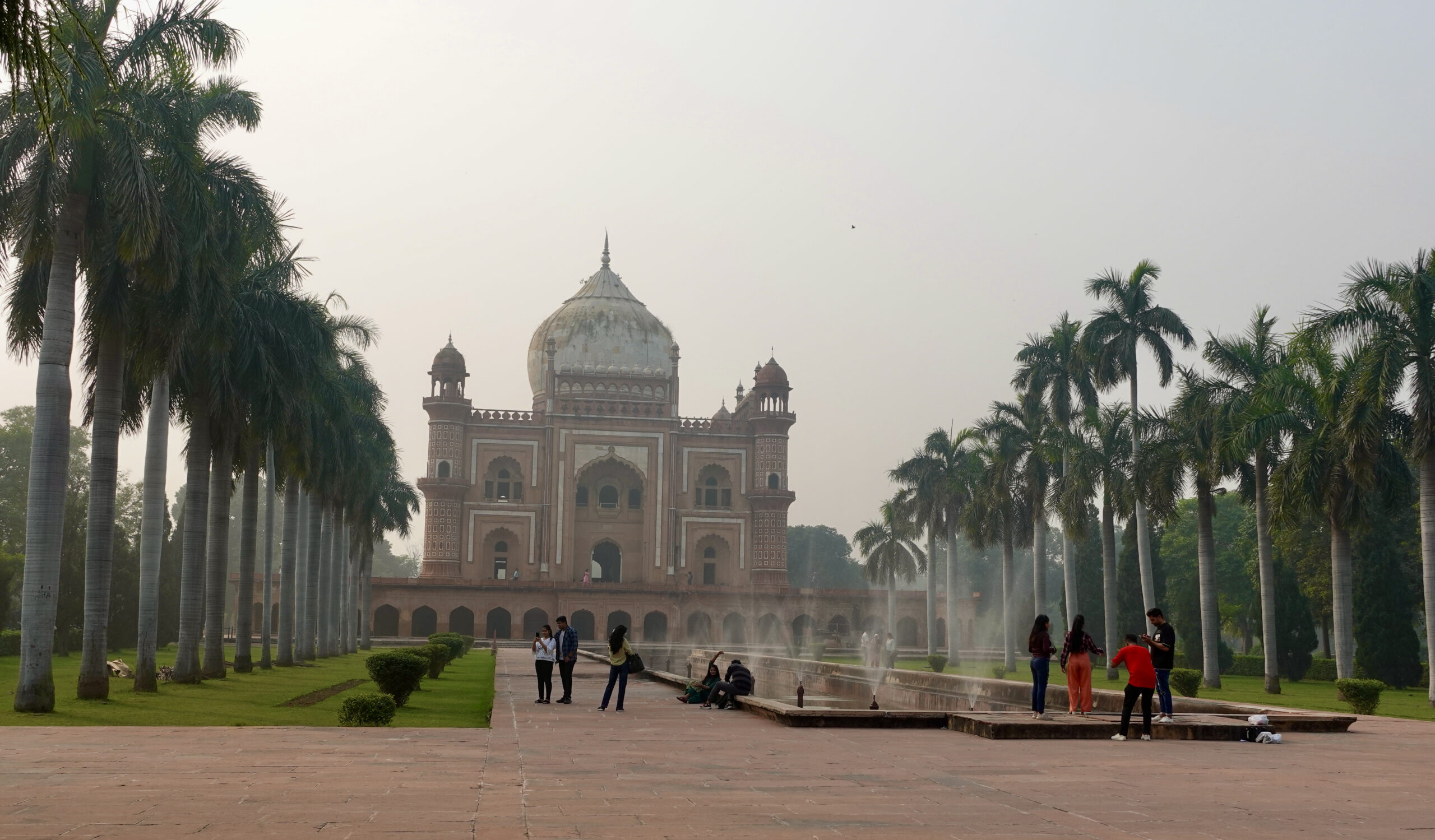
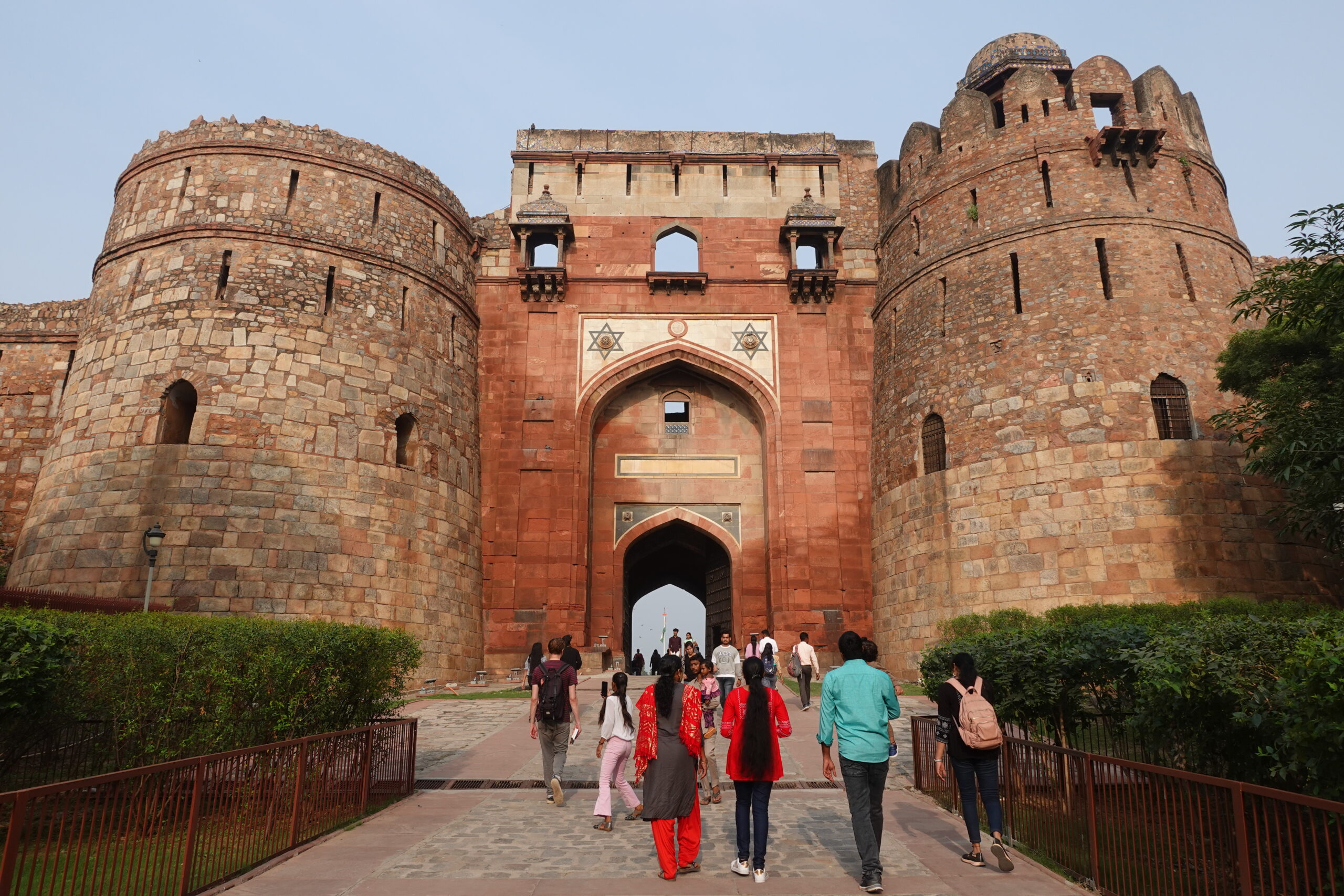
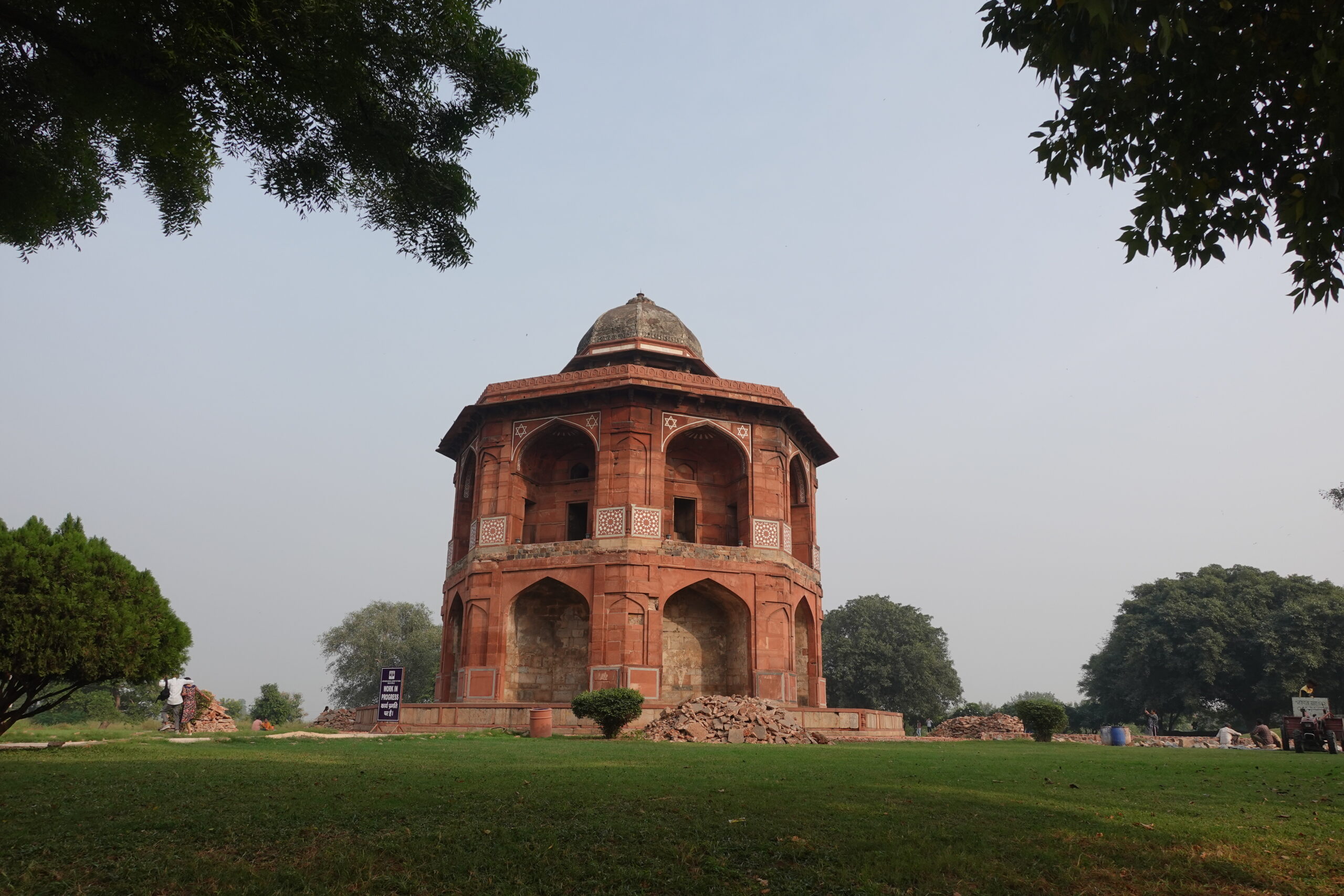
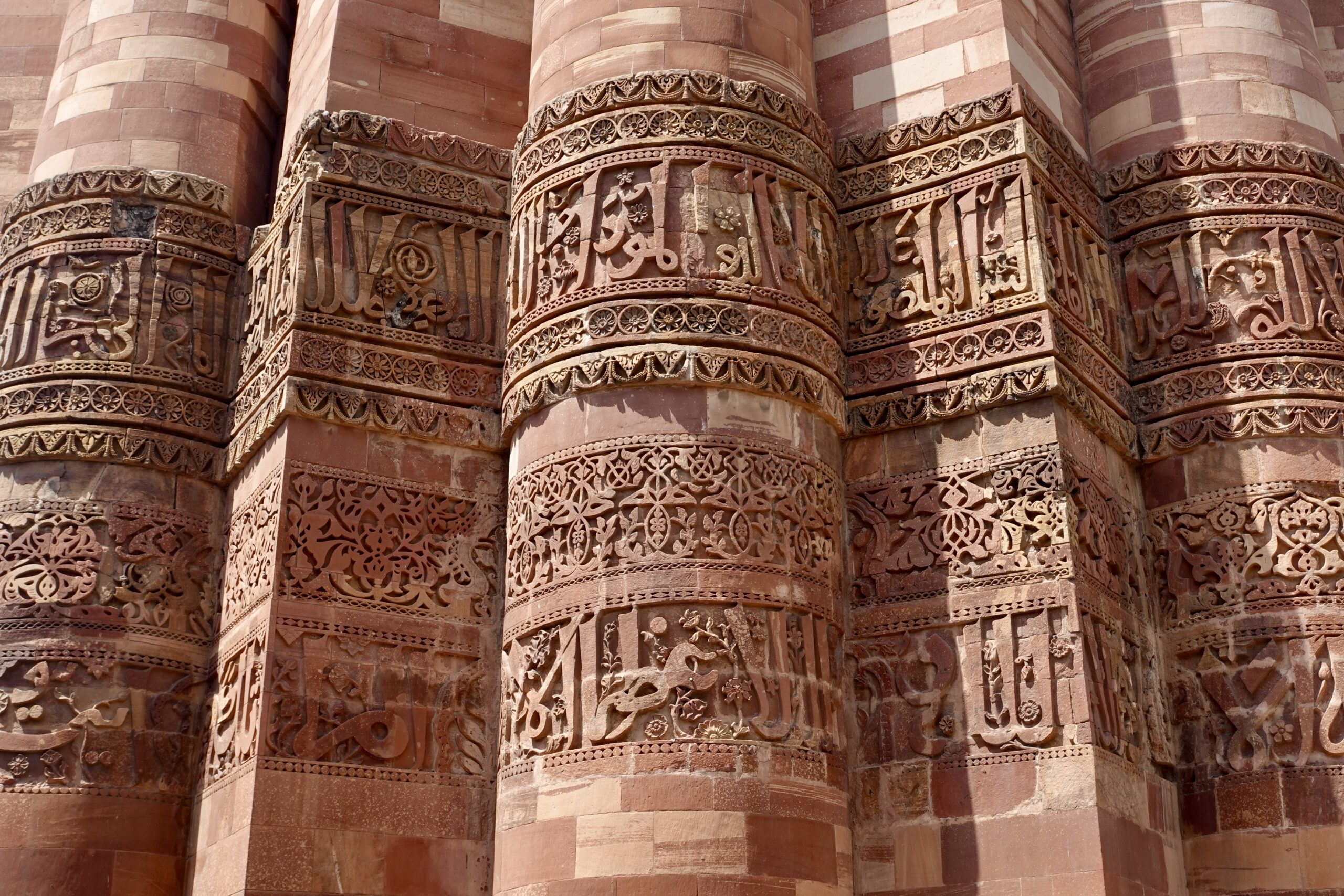
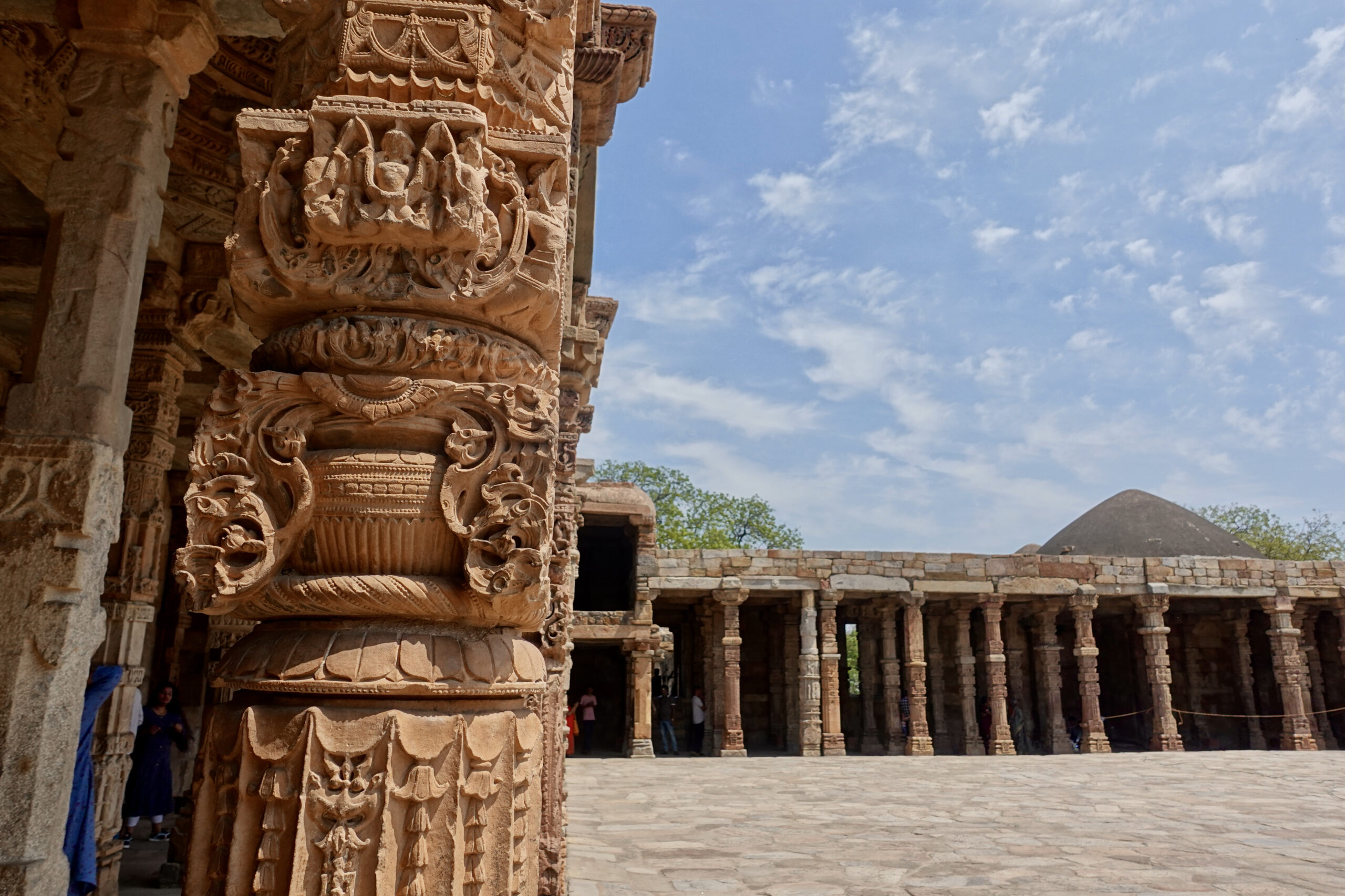
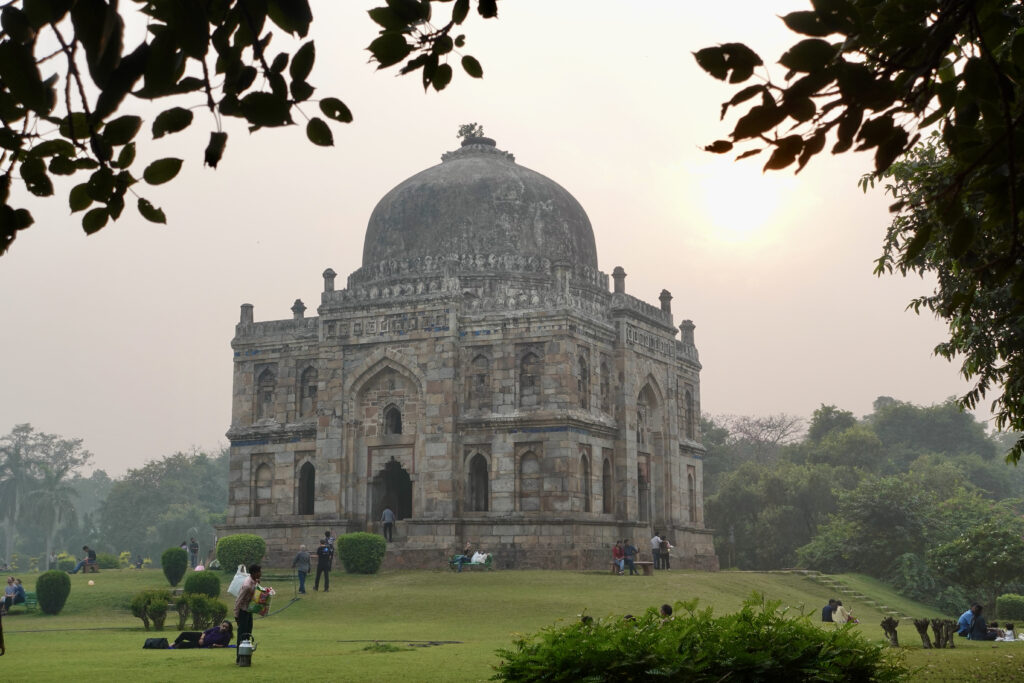
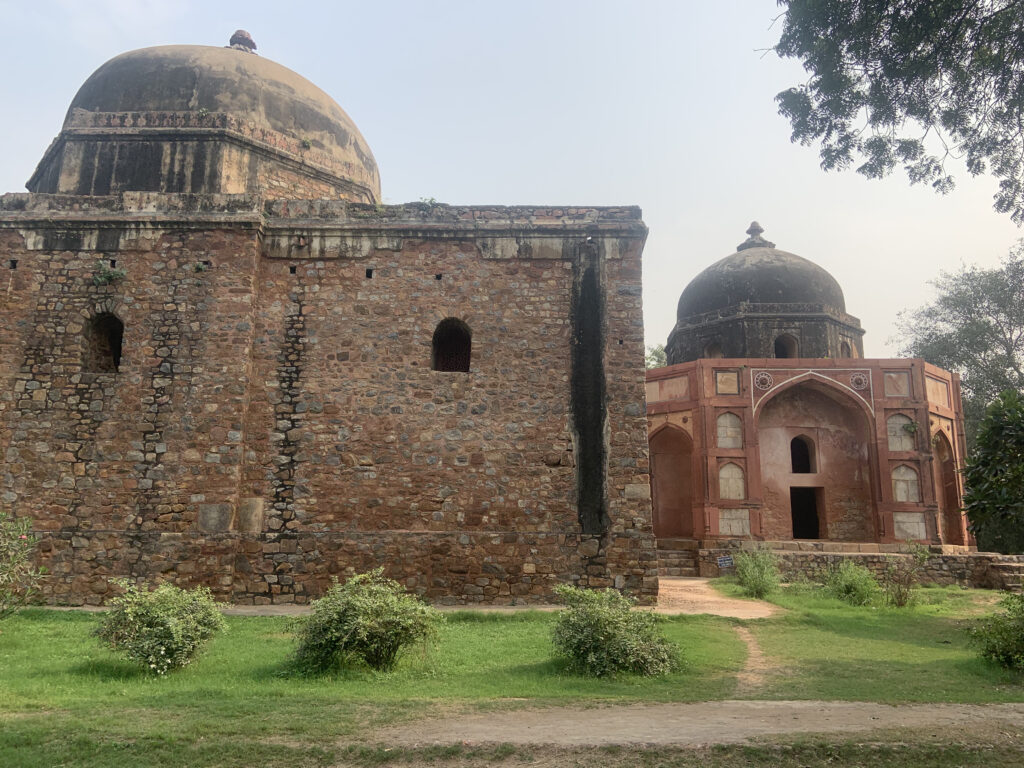
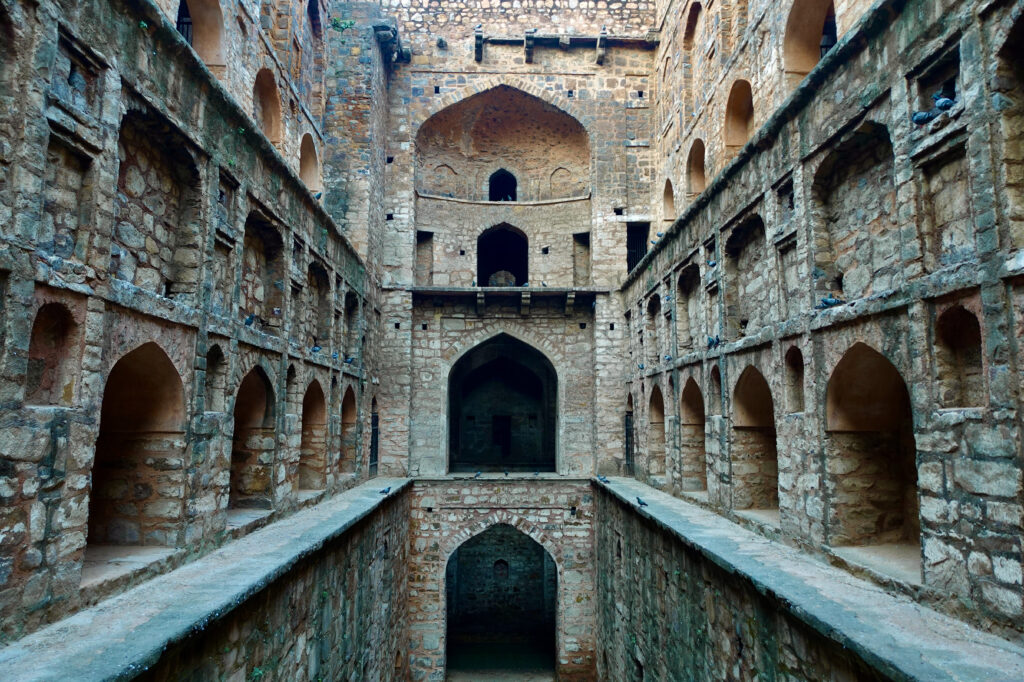
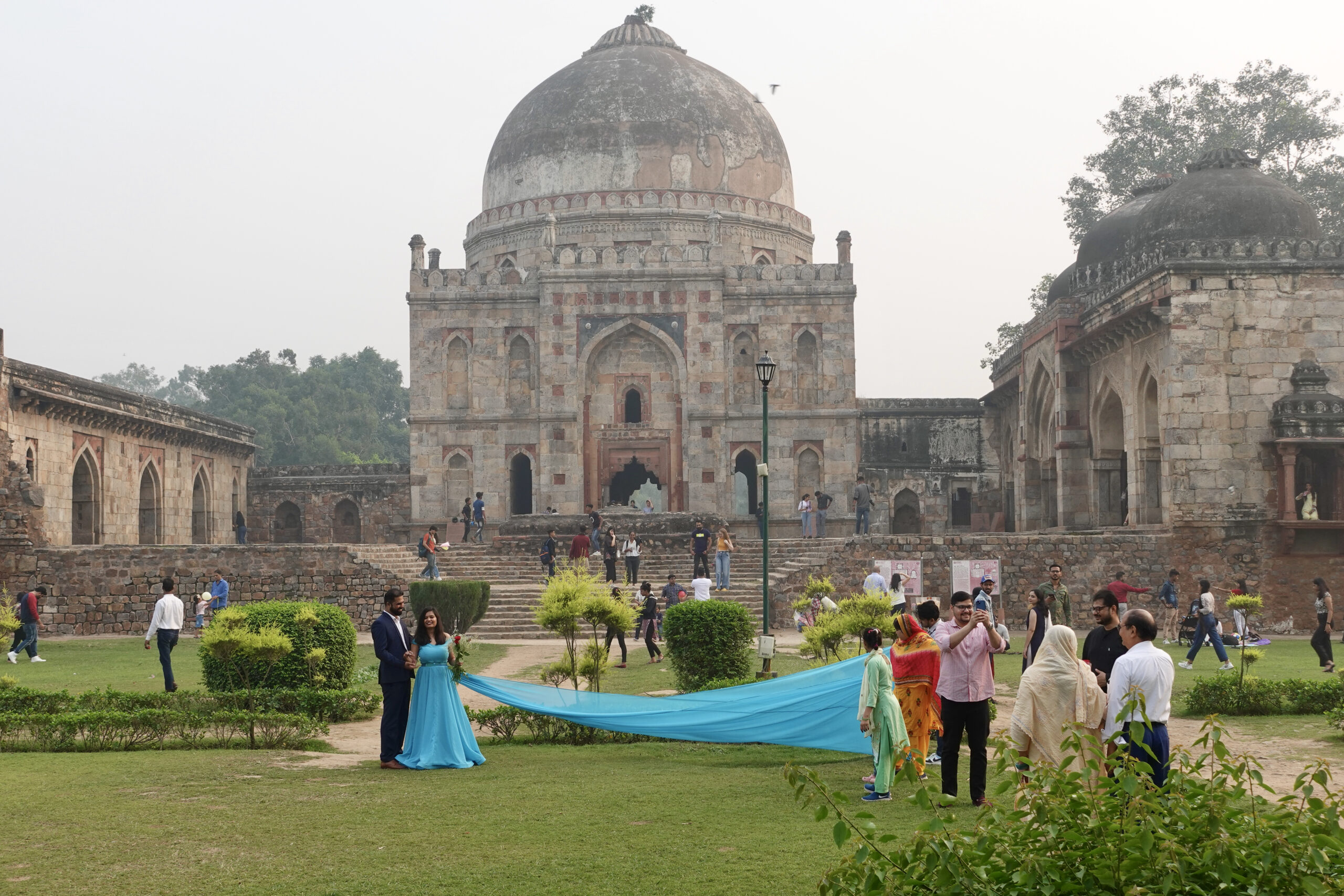
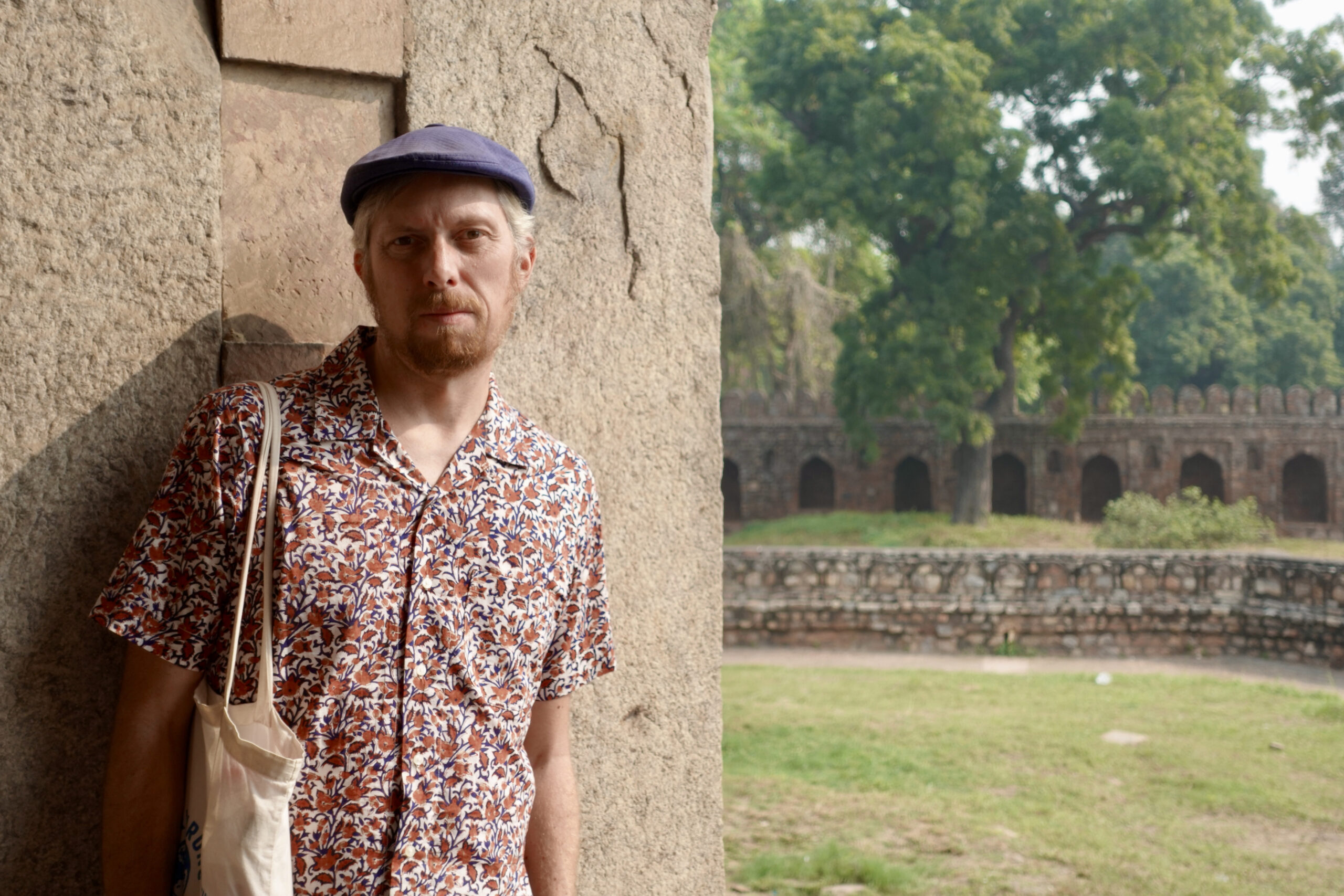
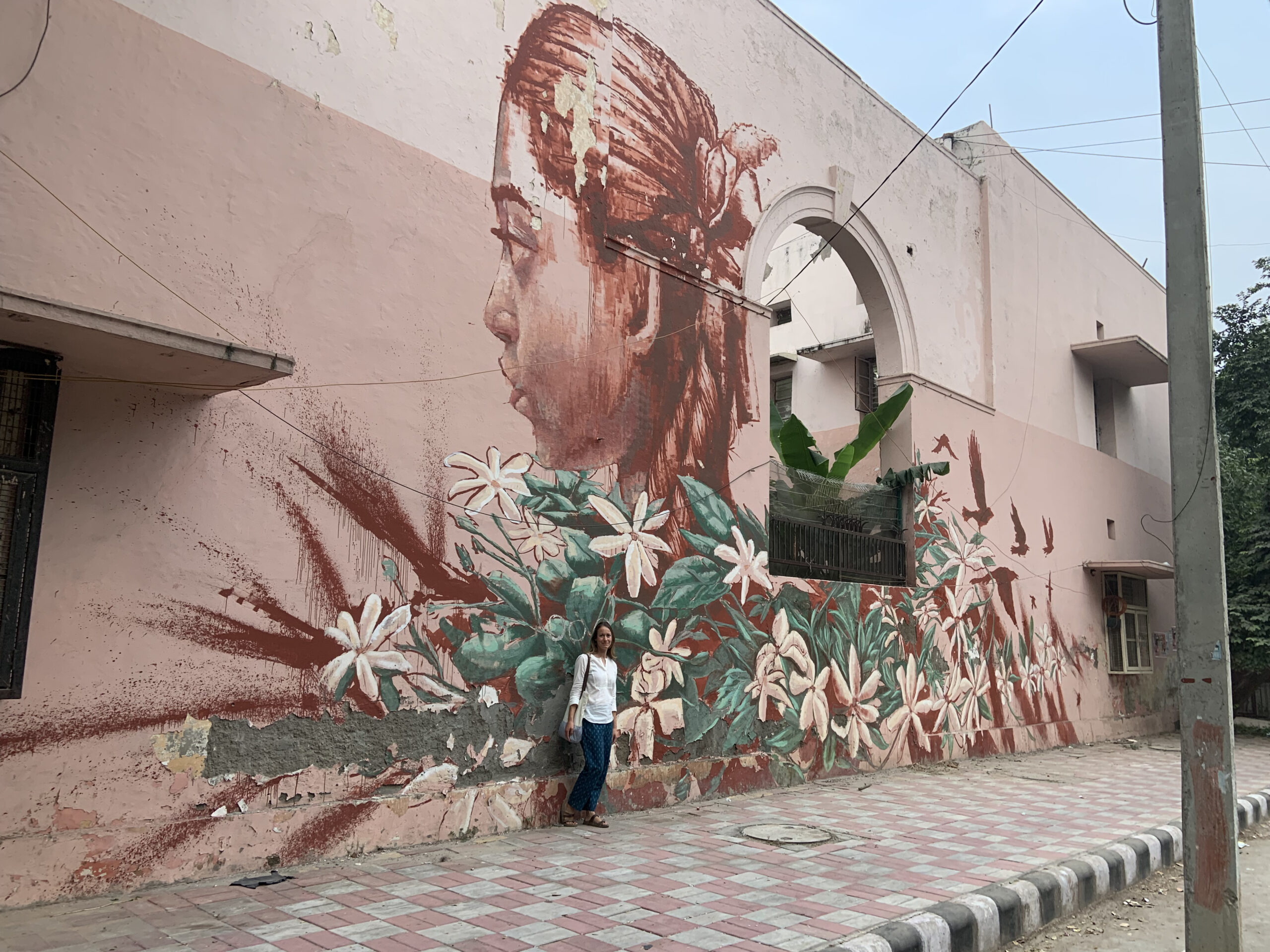
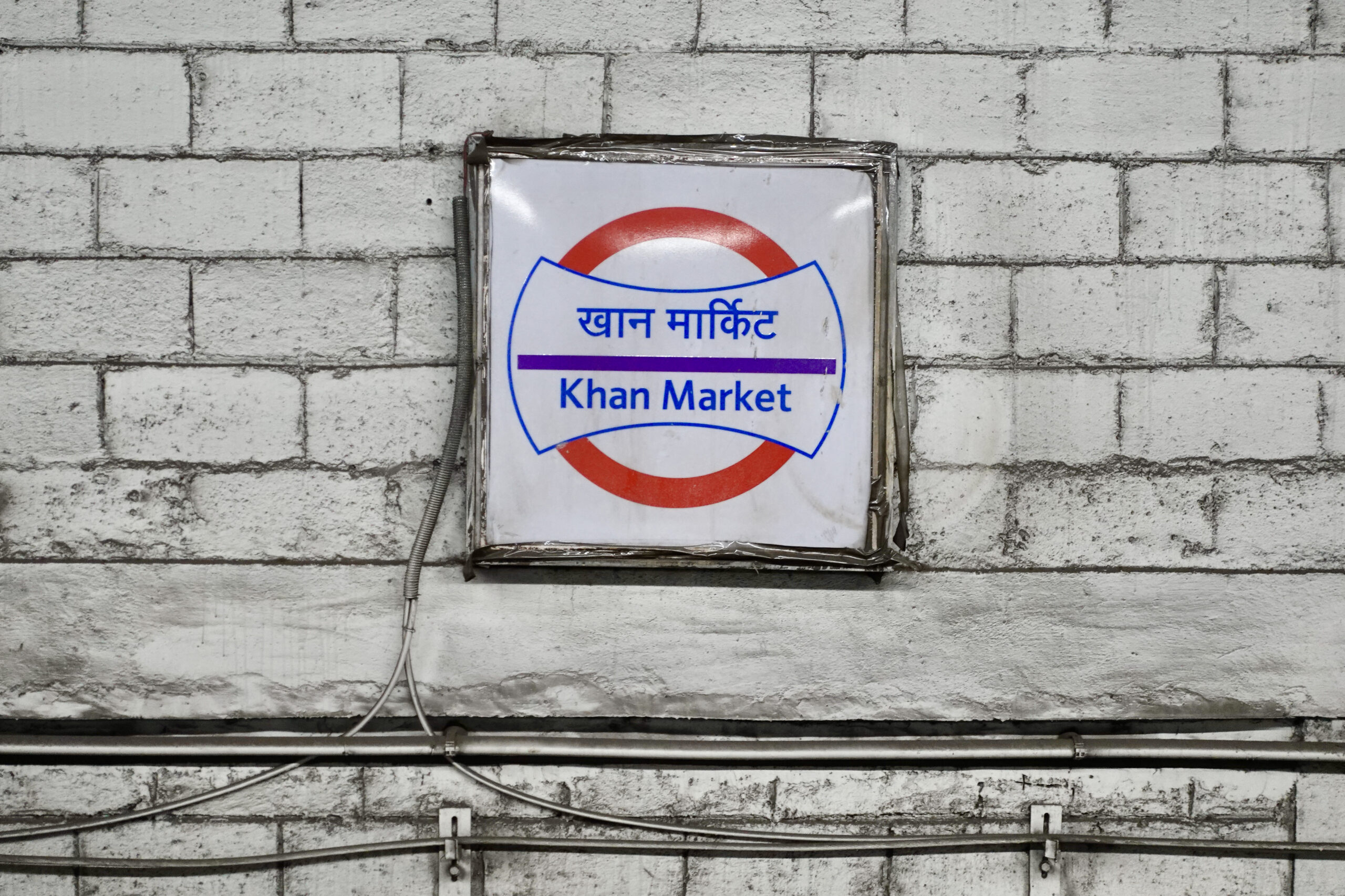
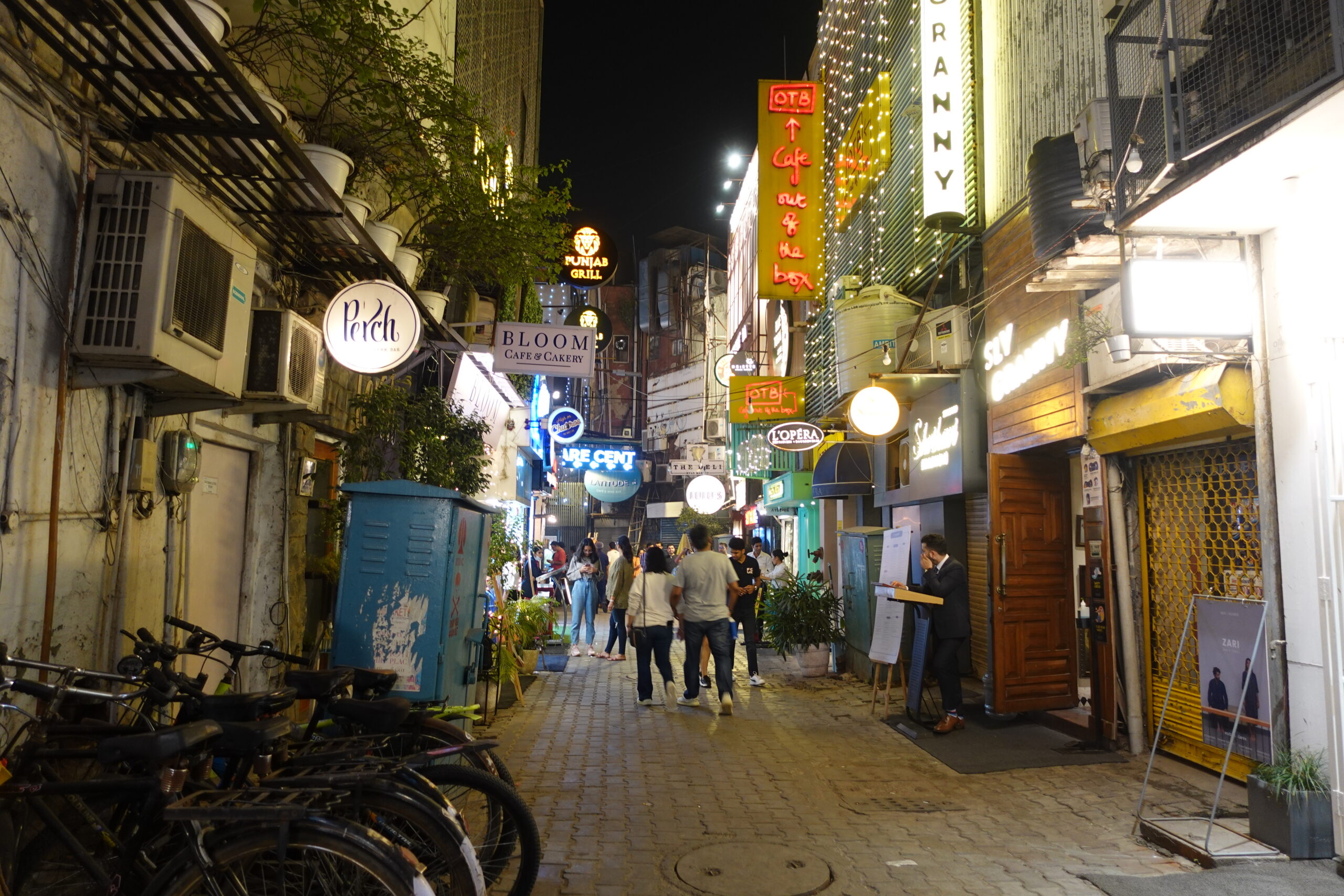
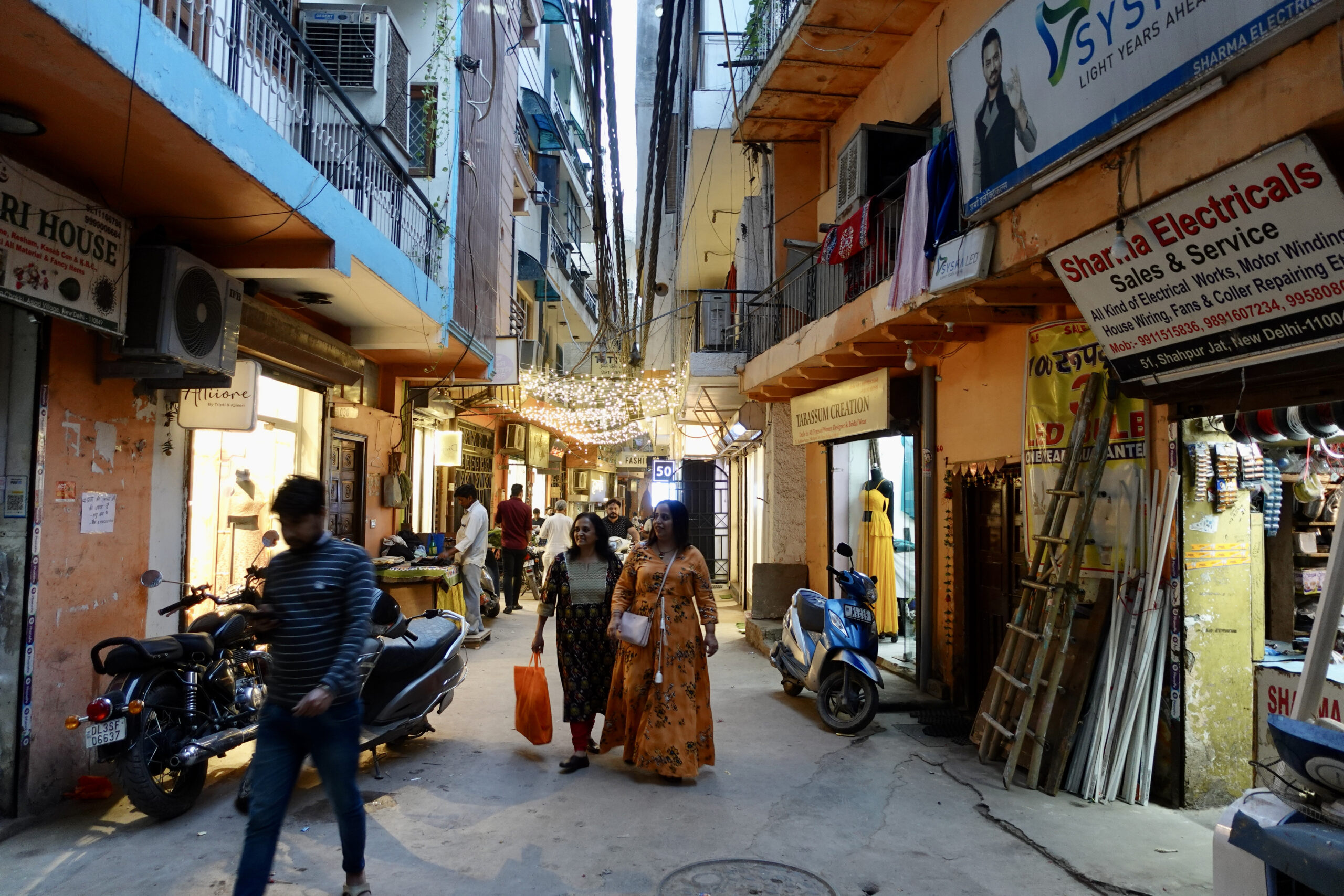

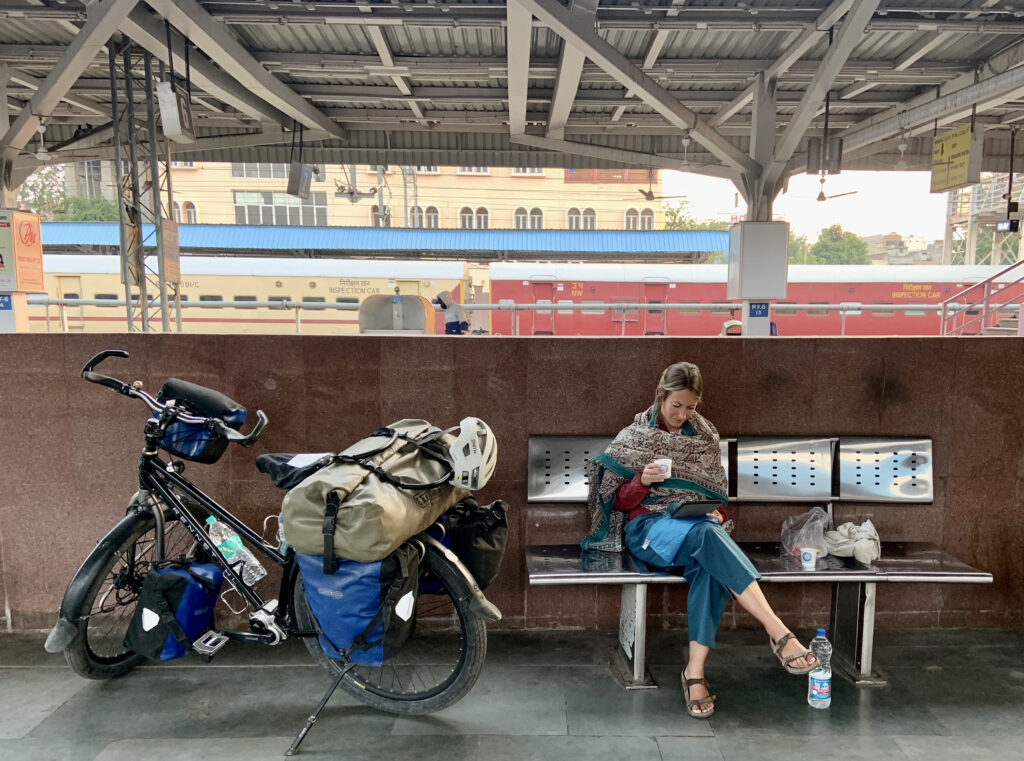
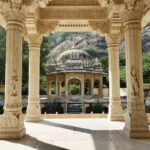
Leave a Reply